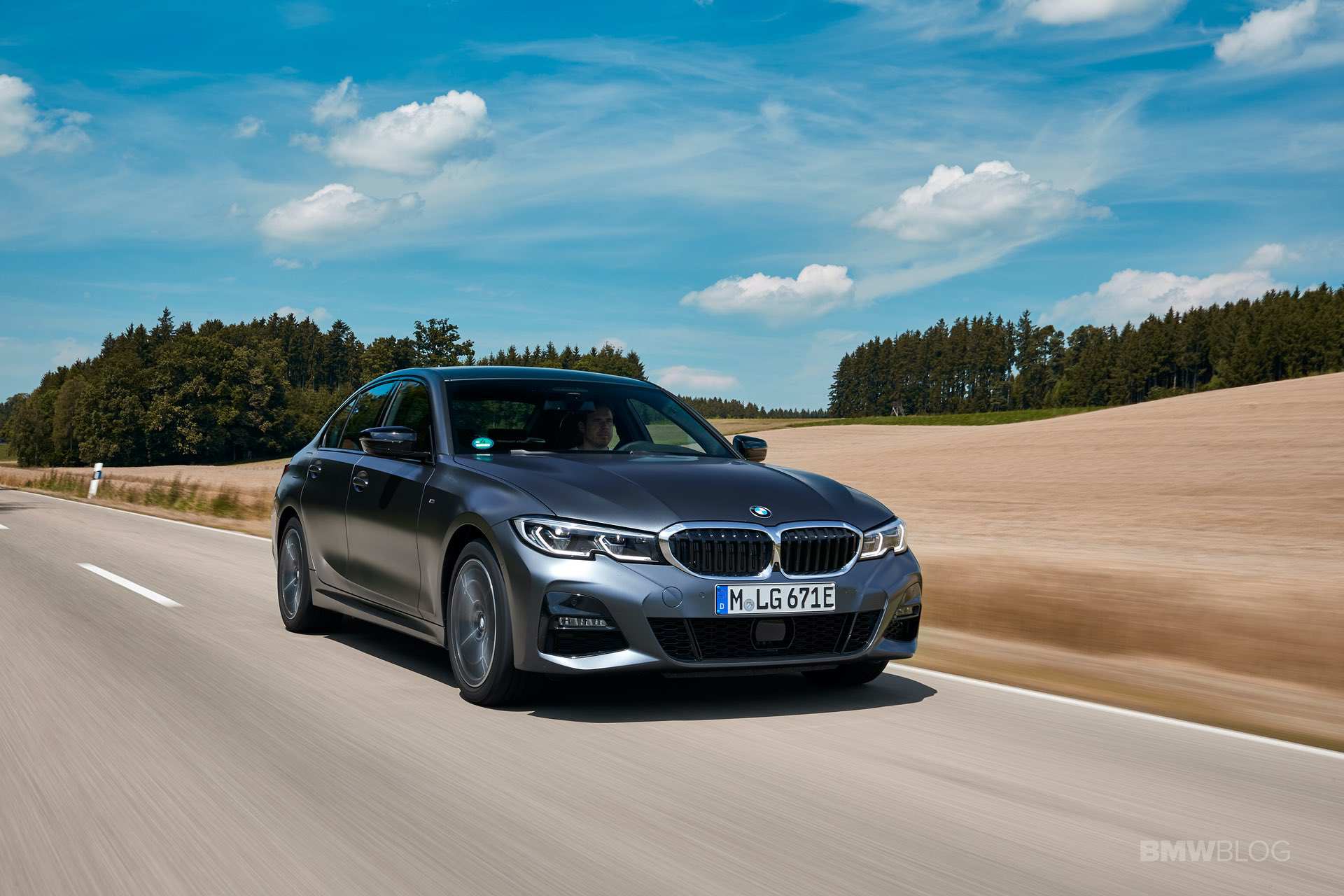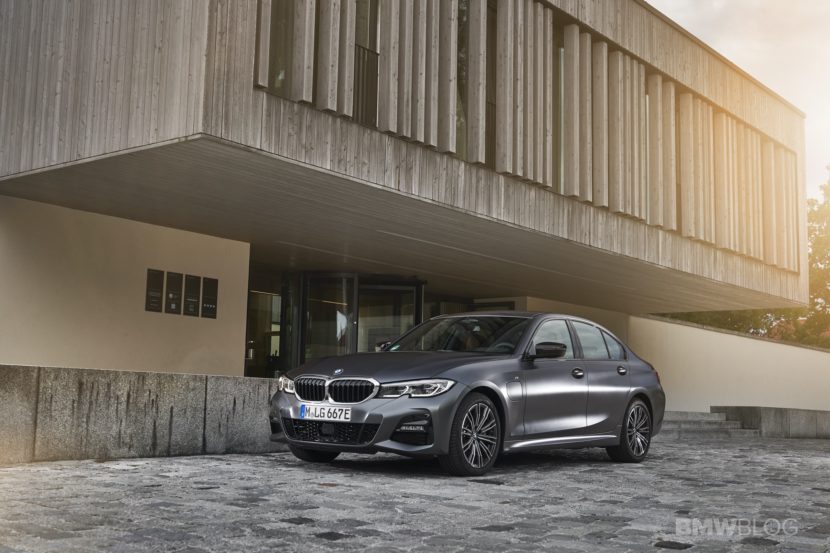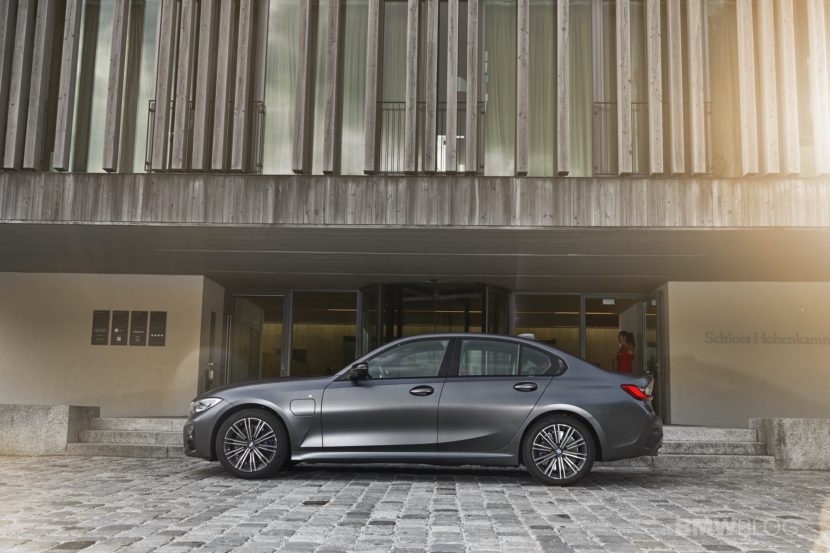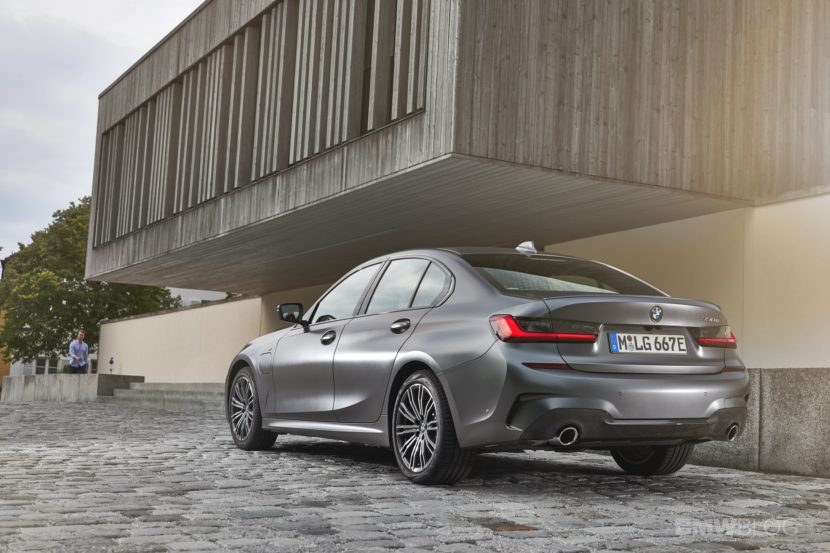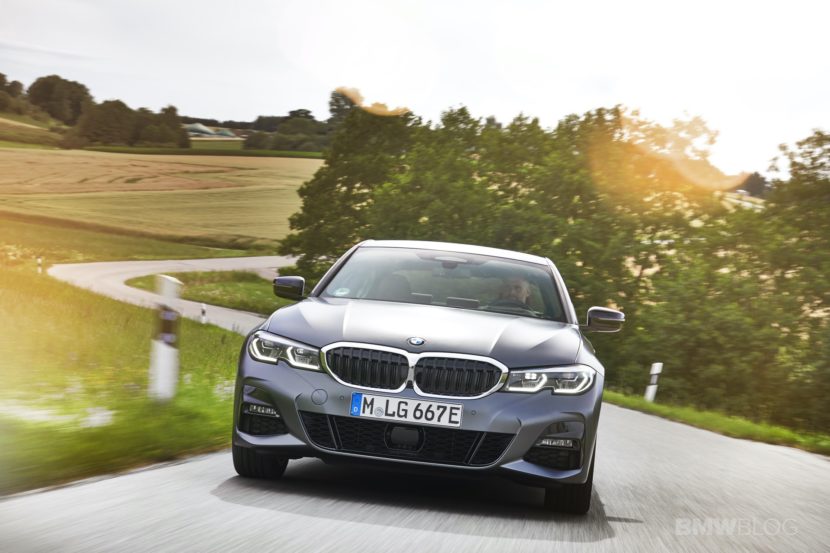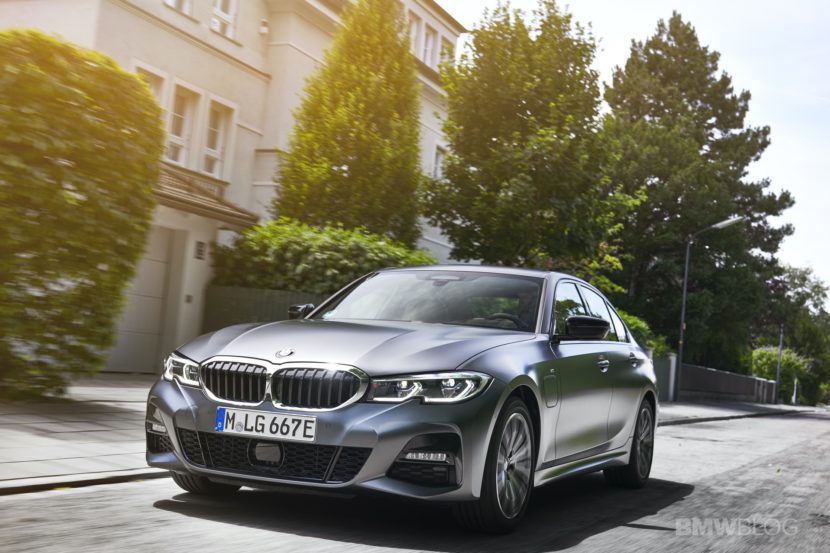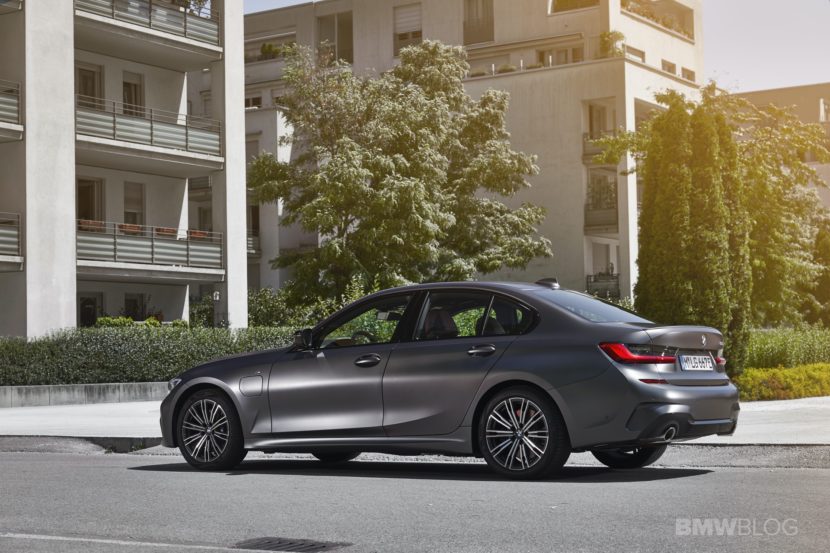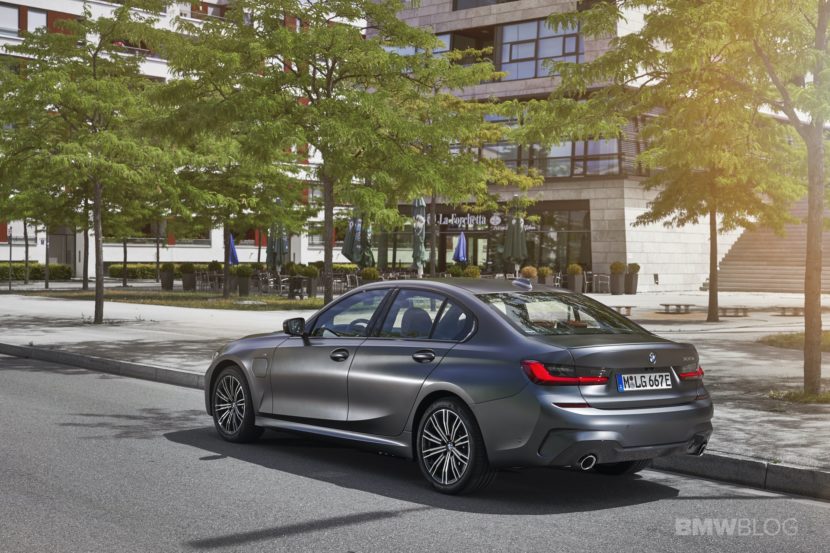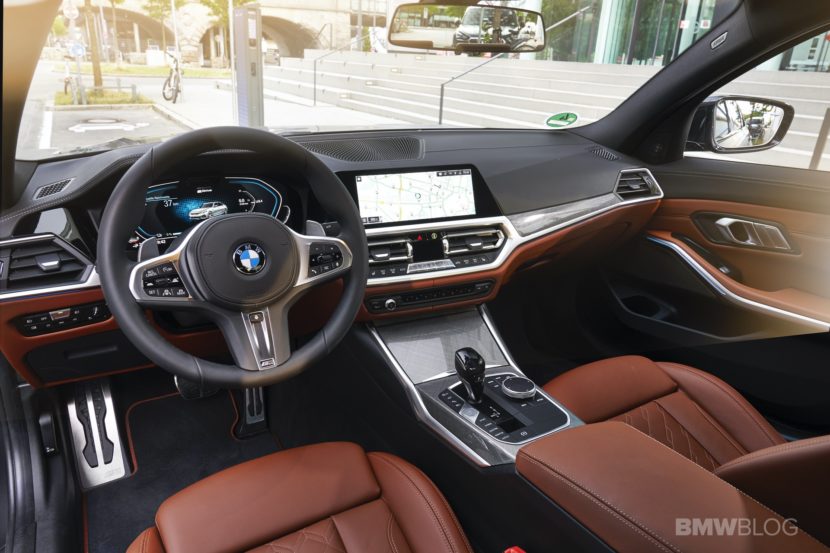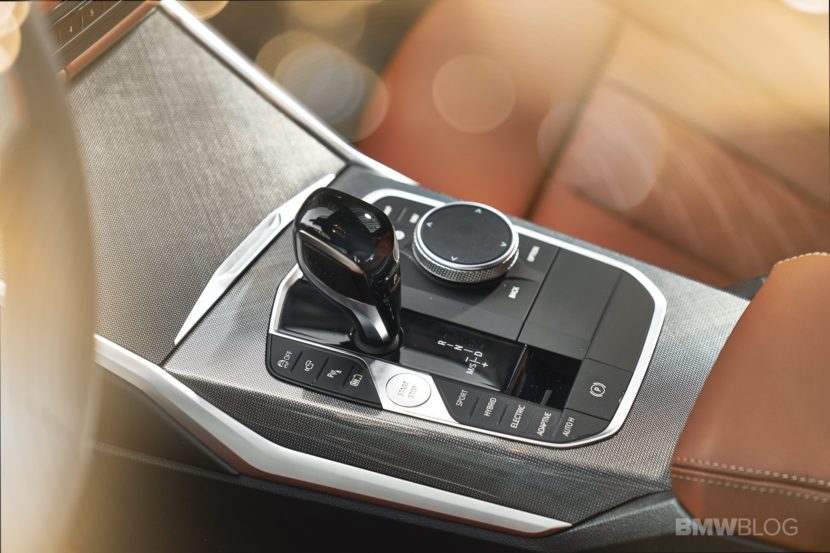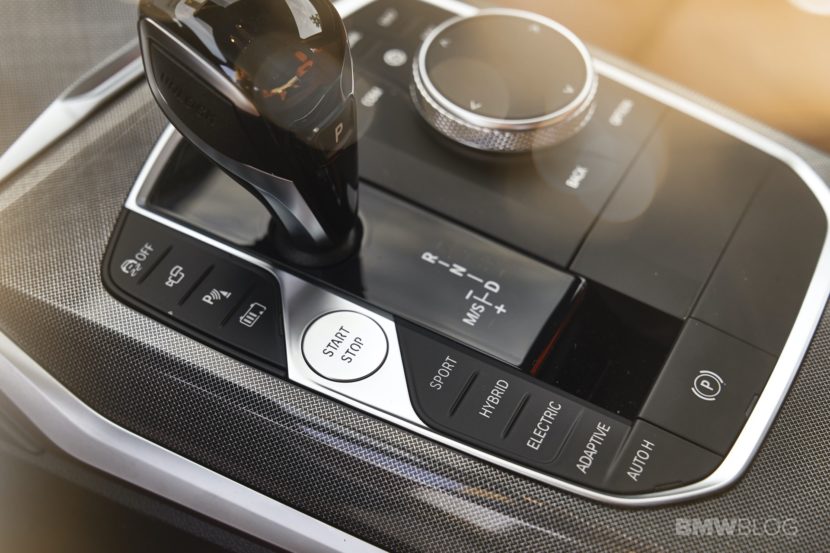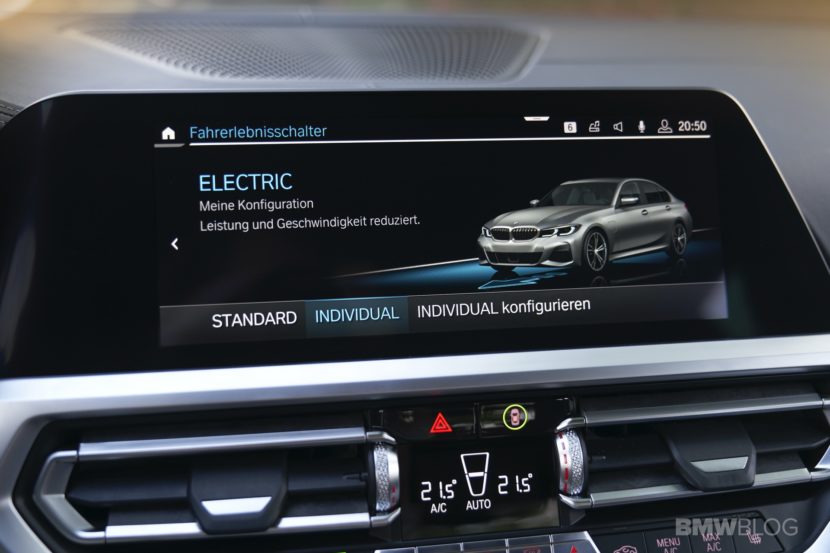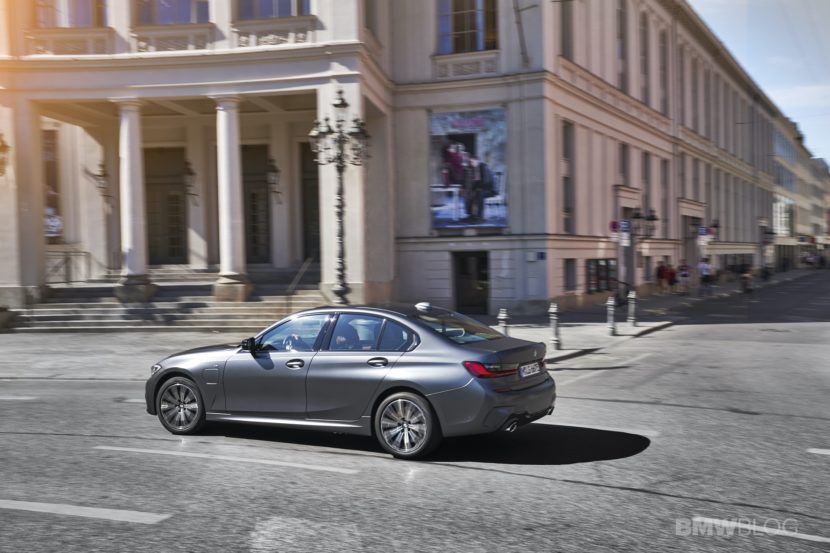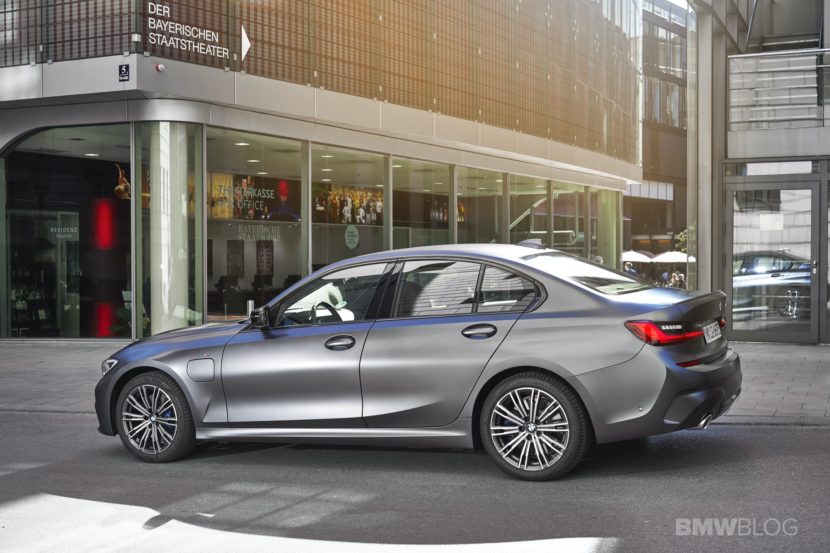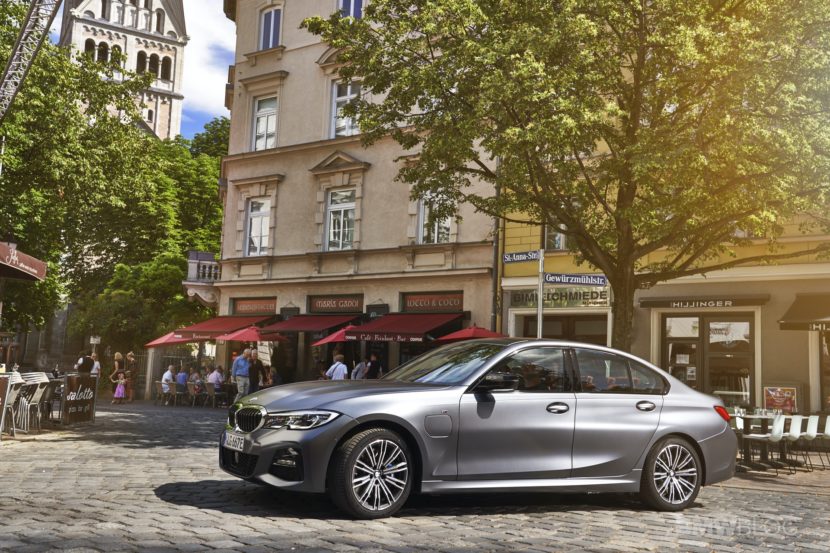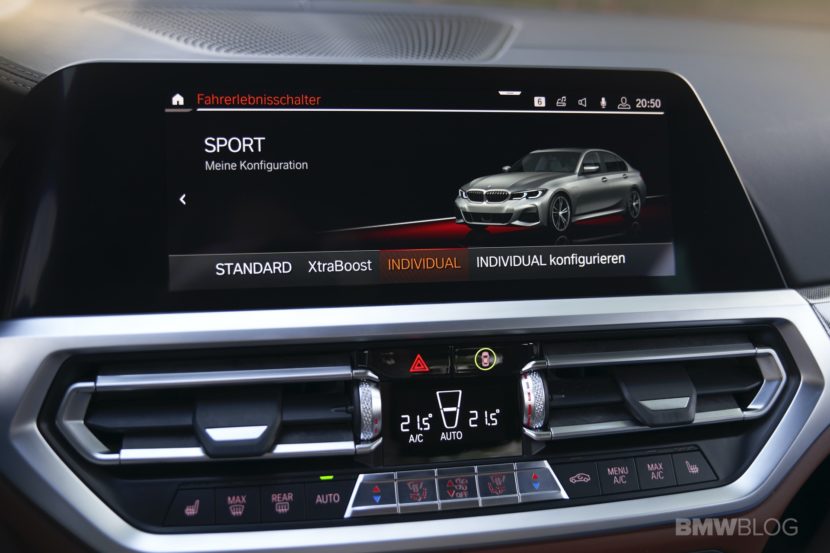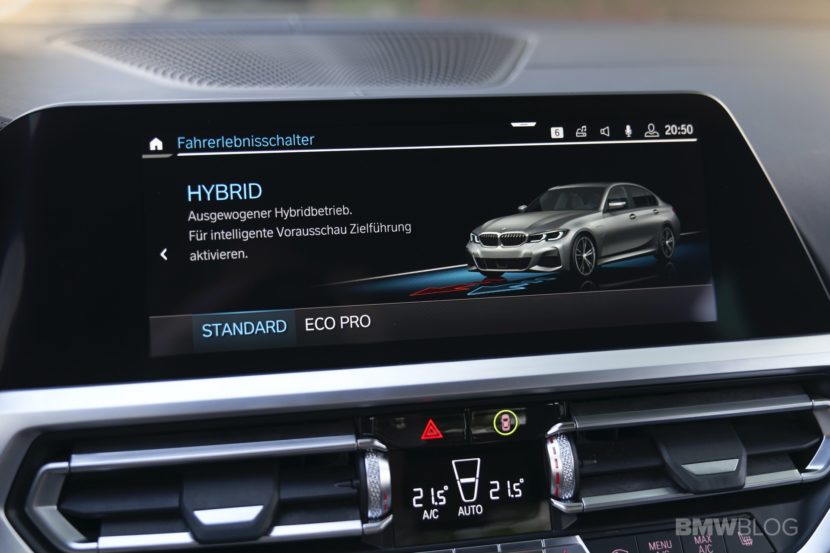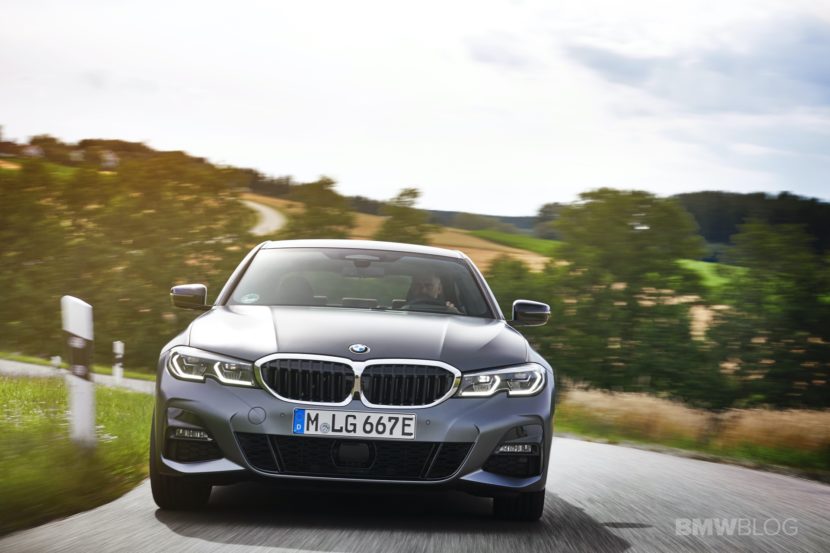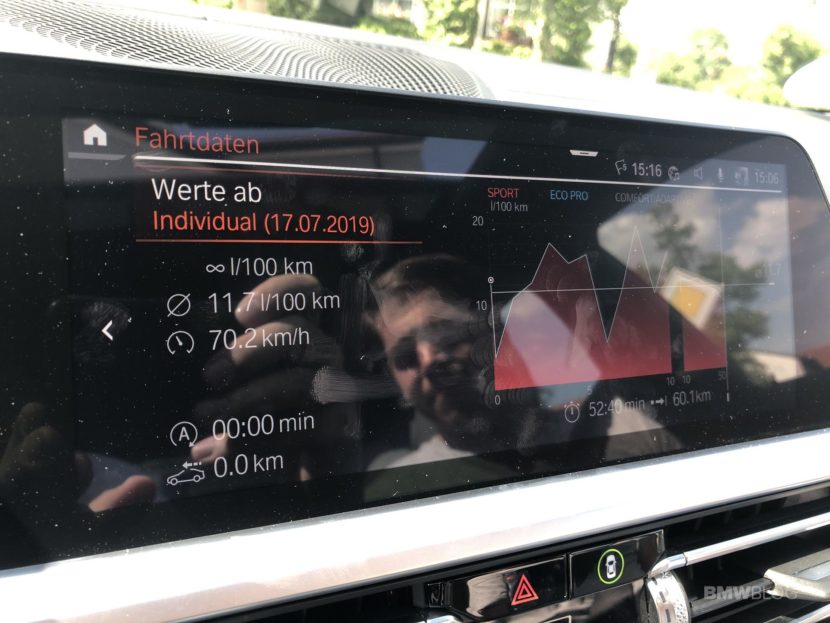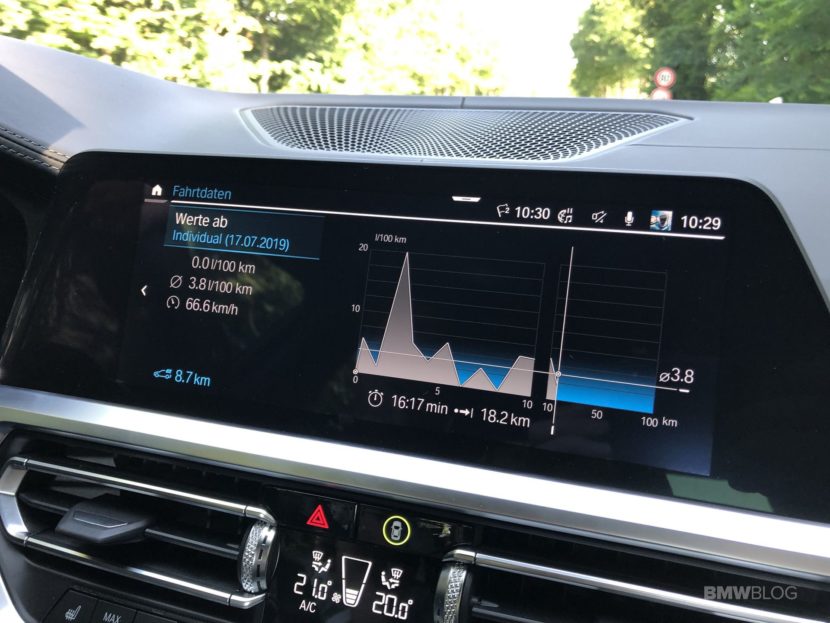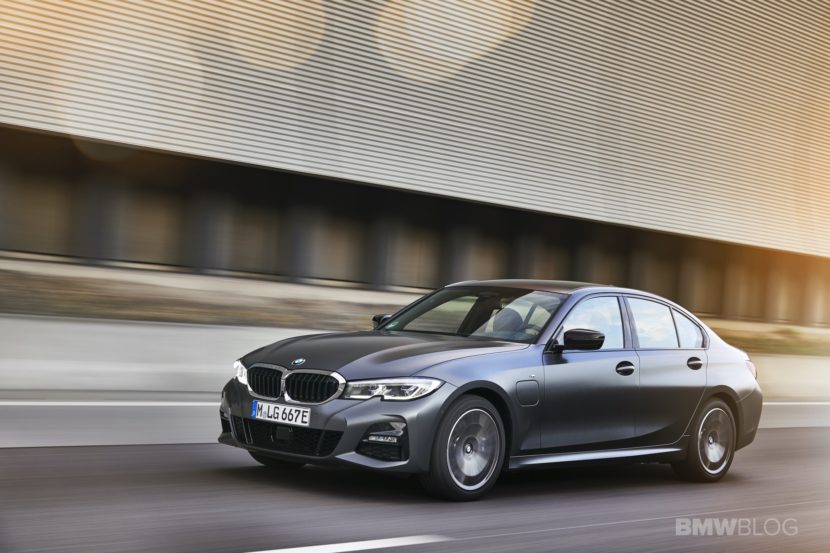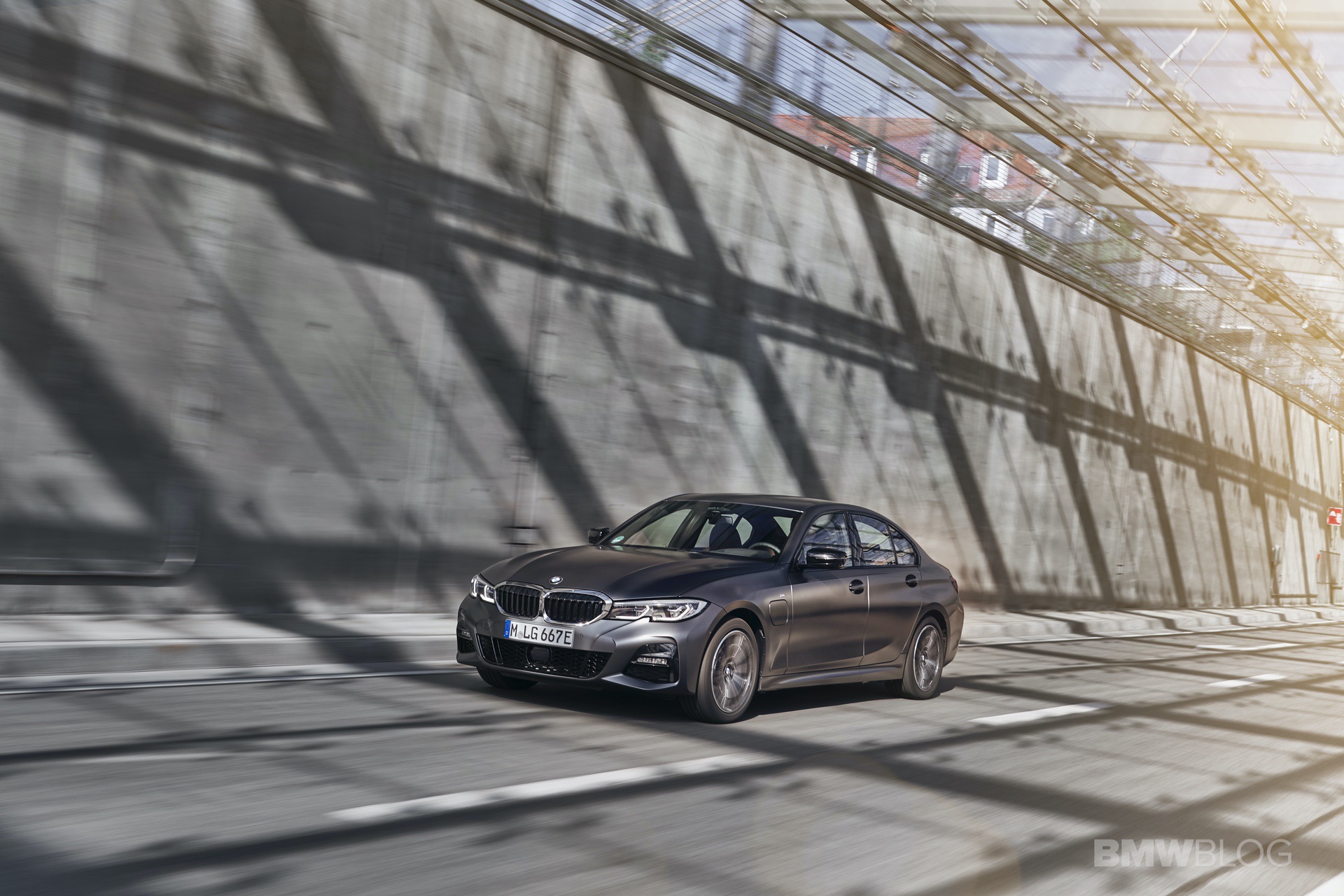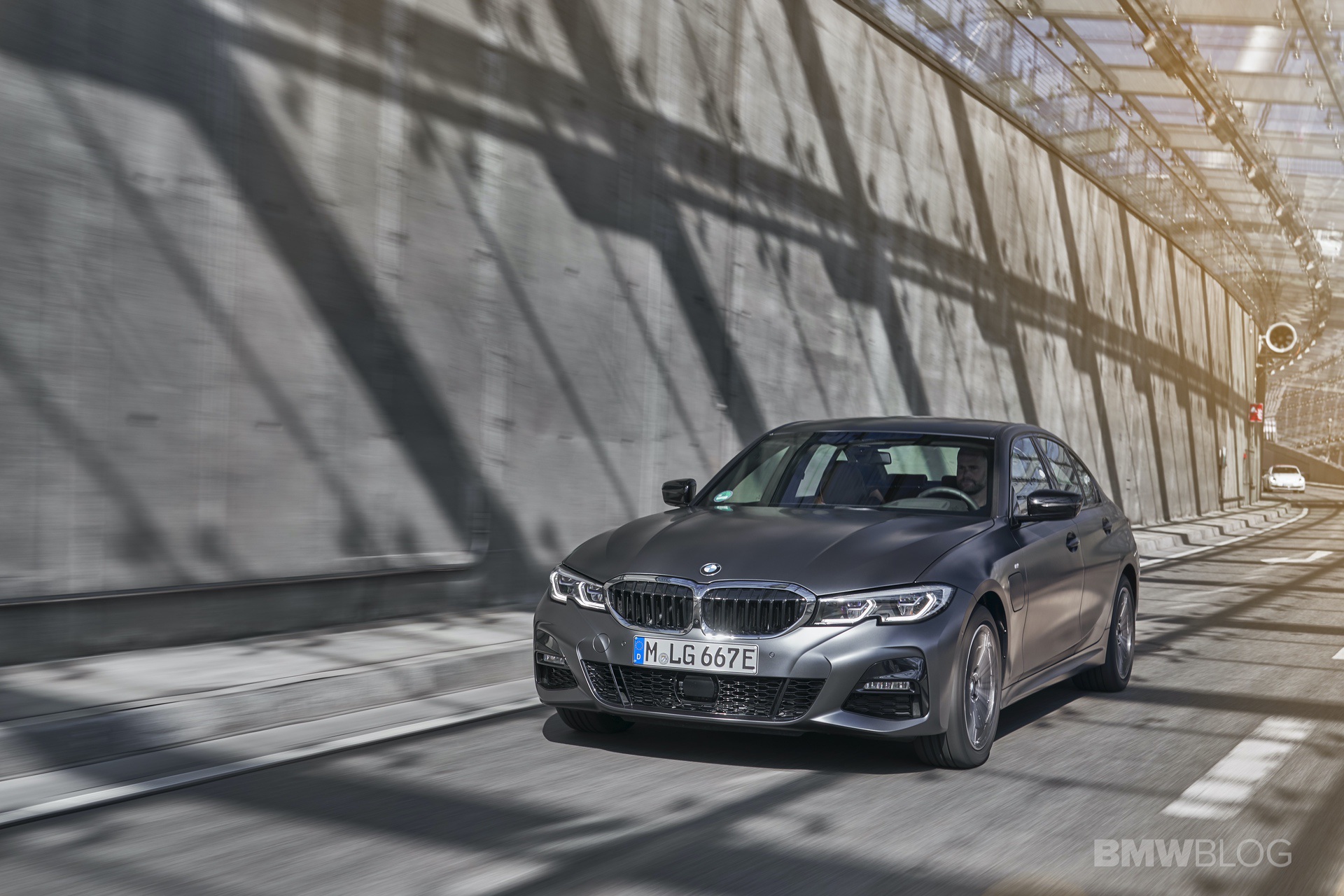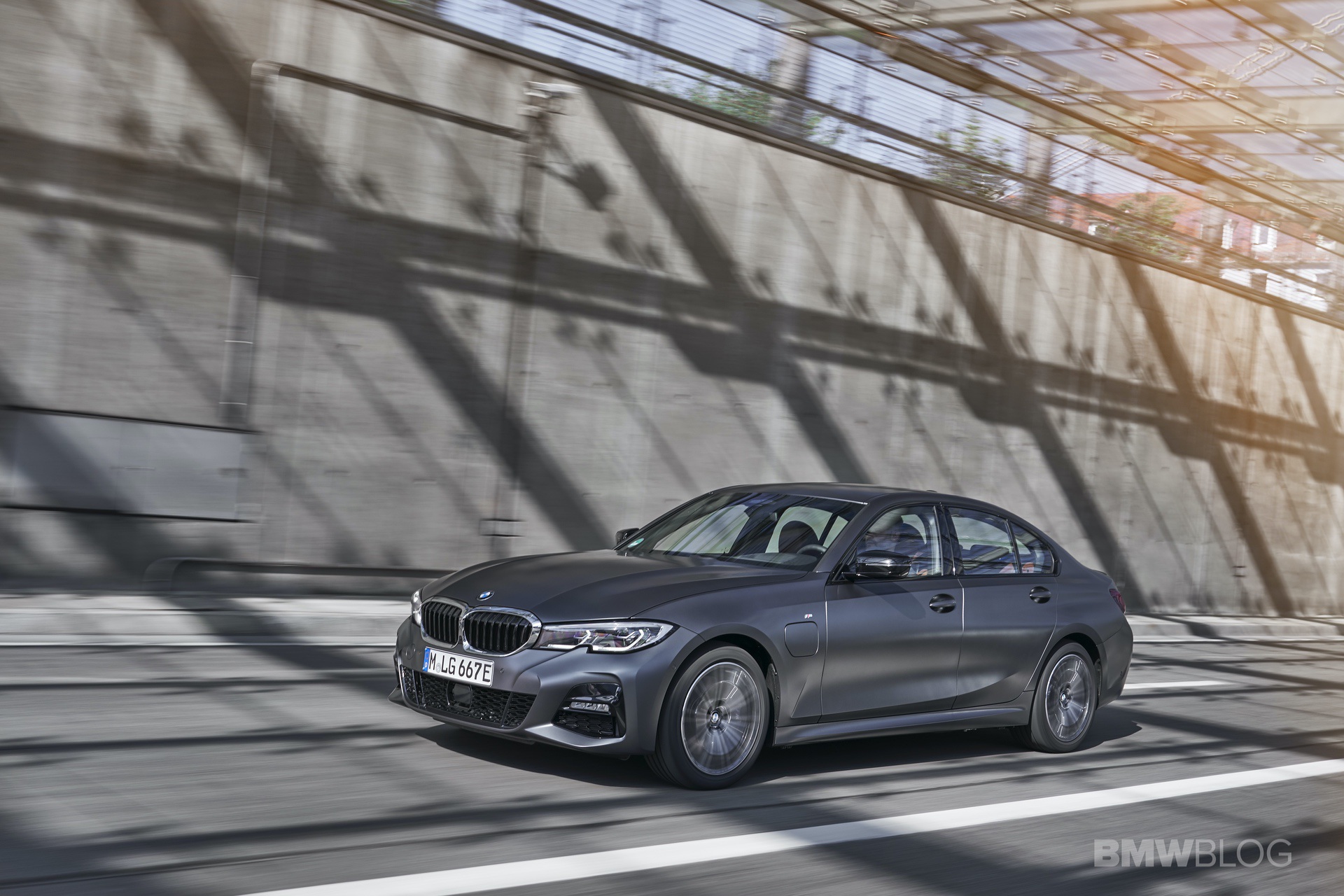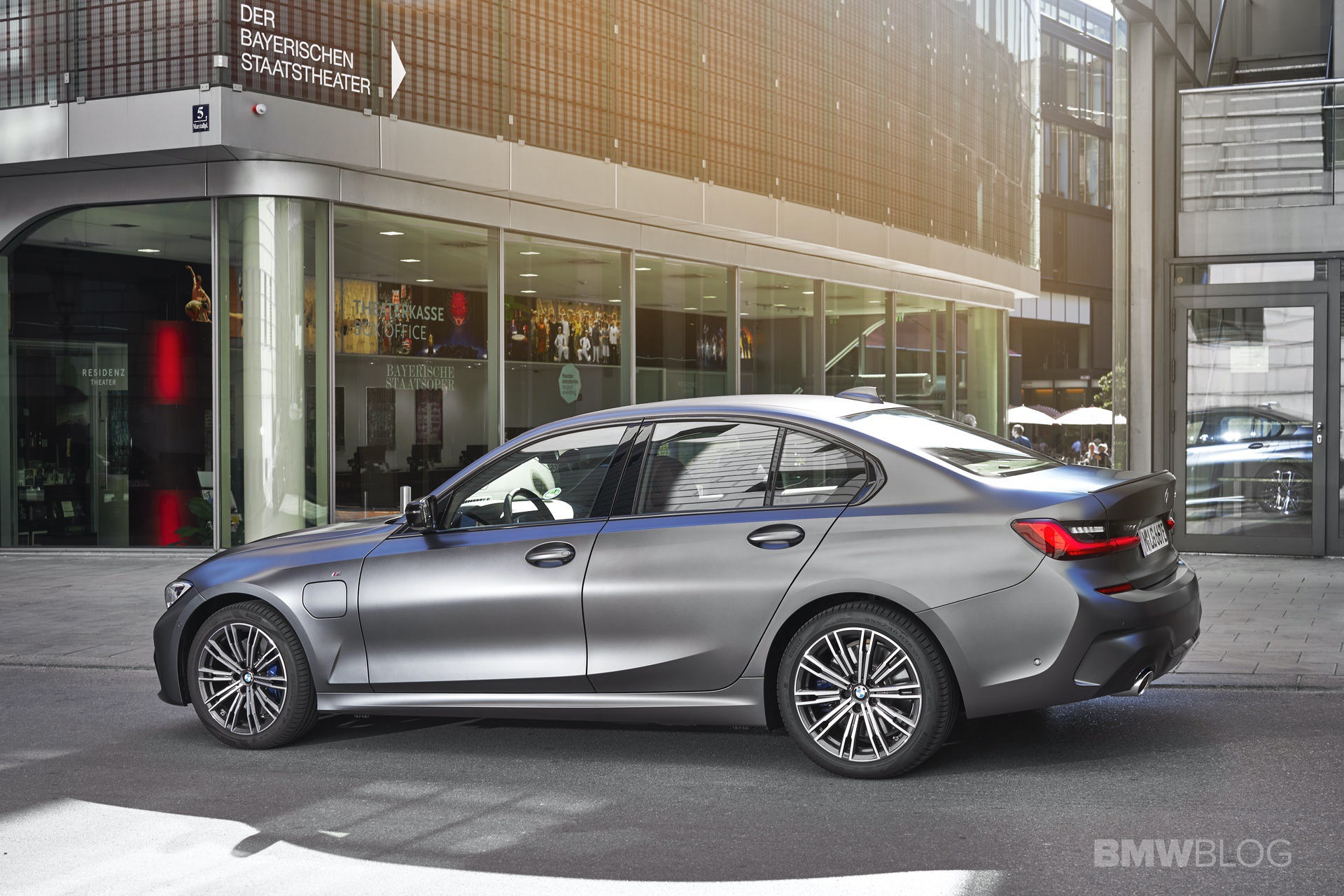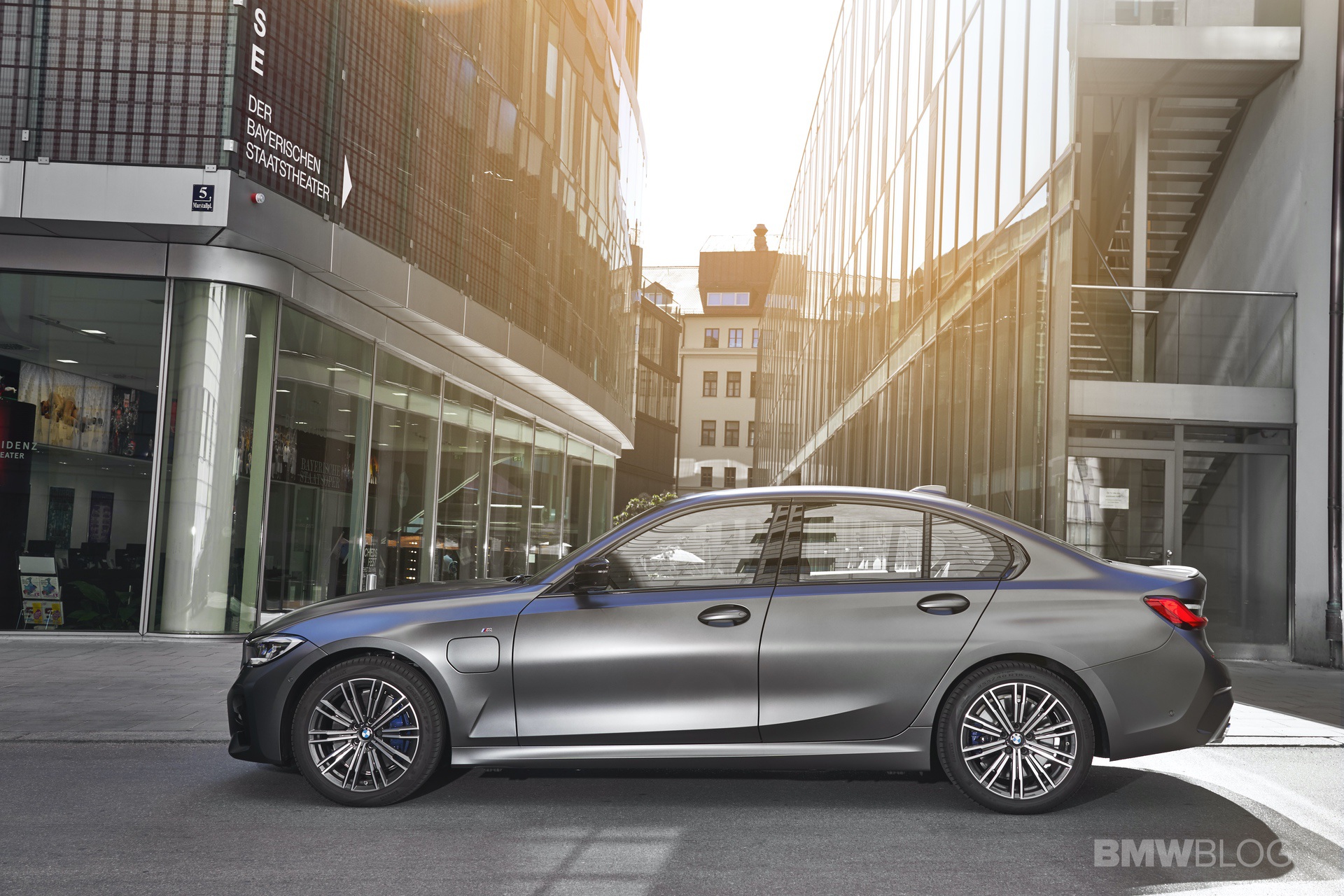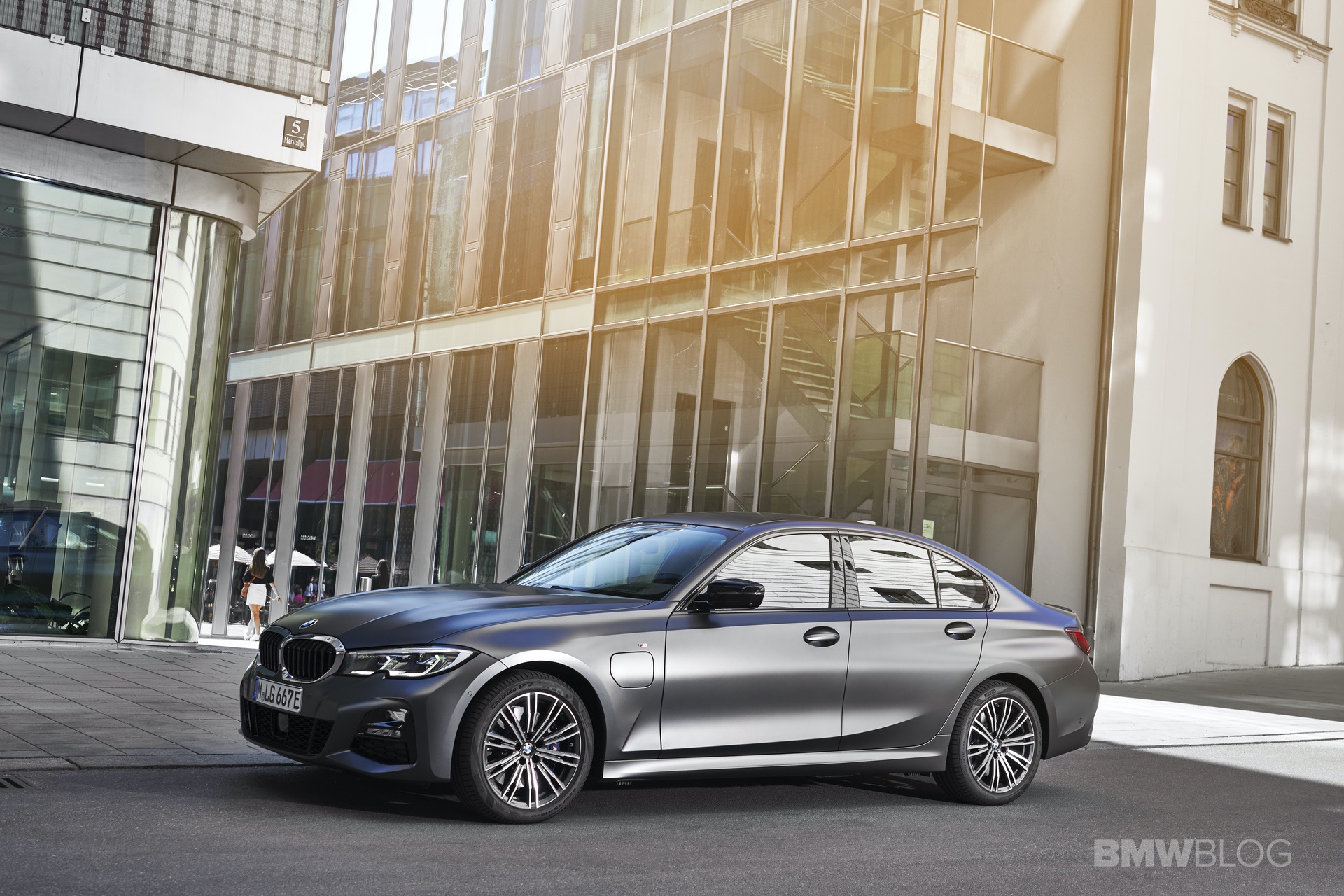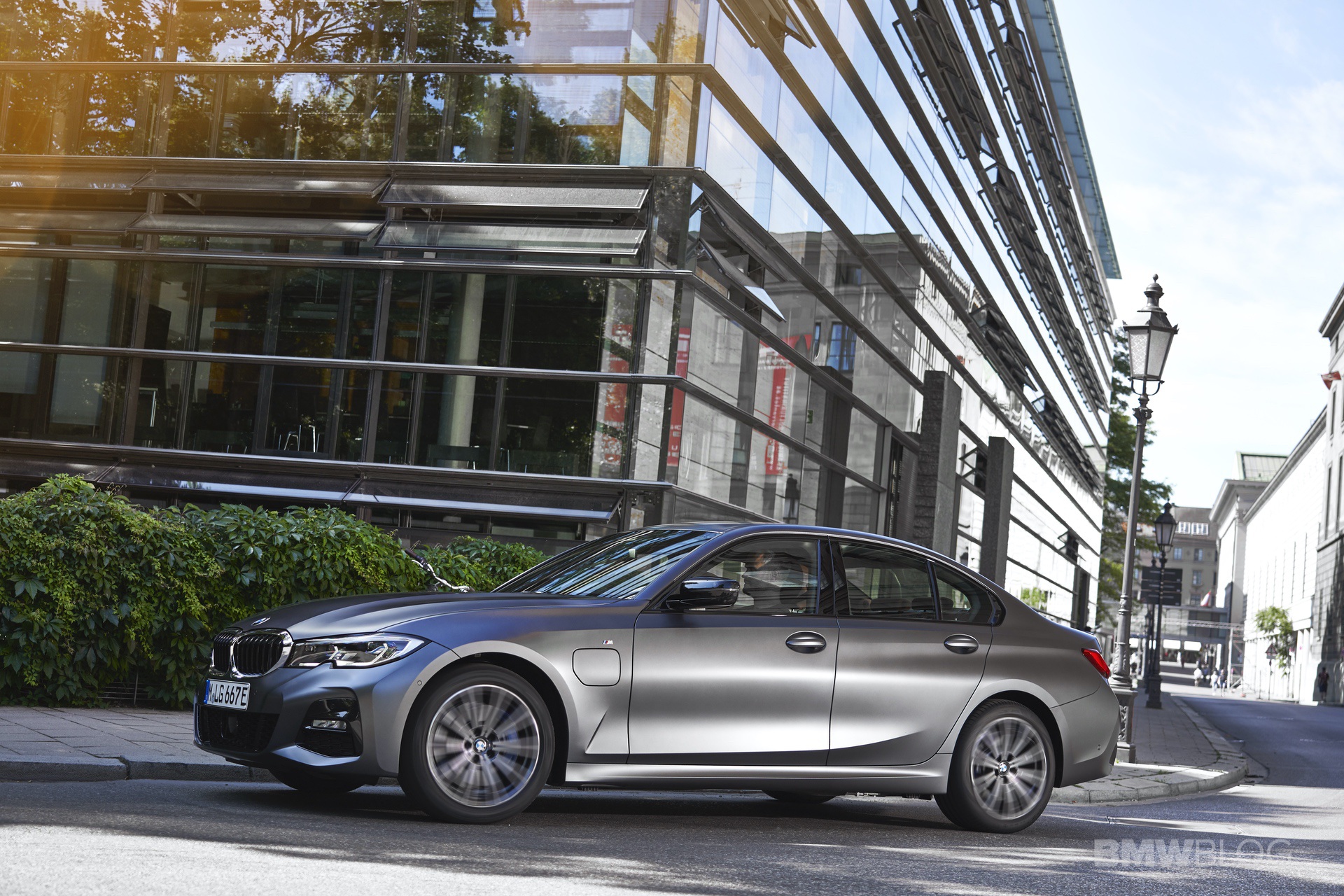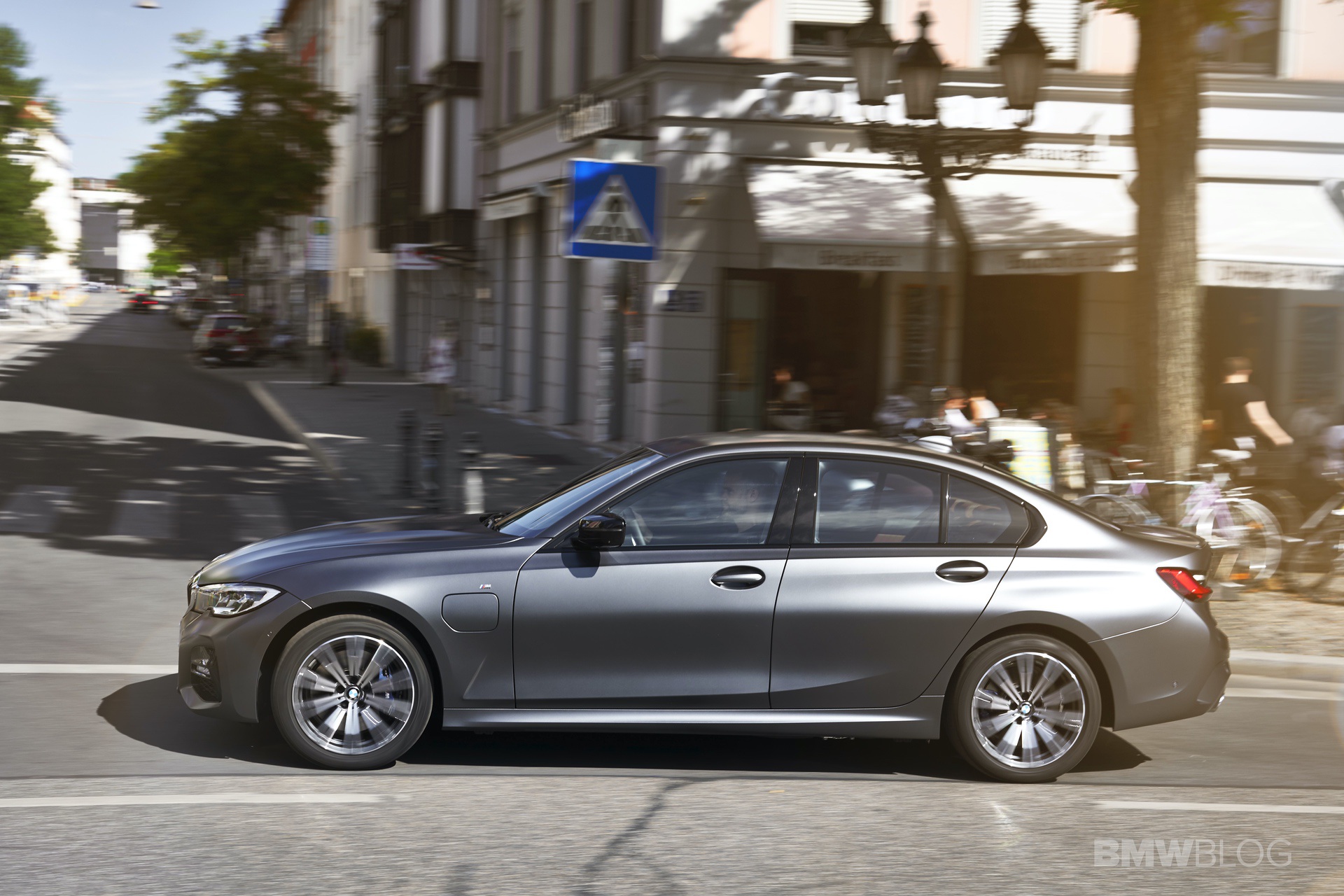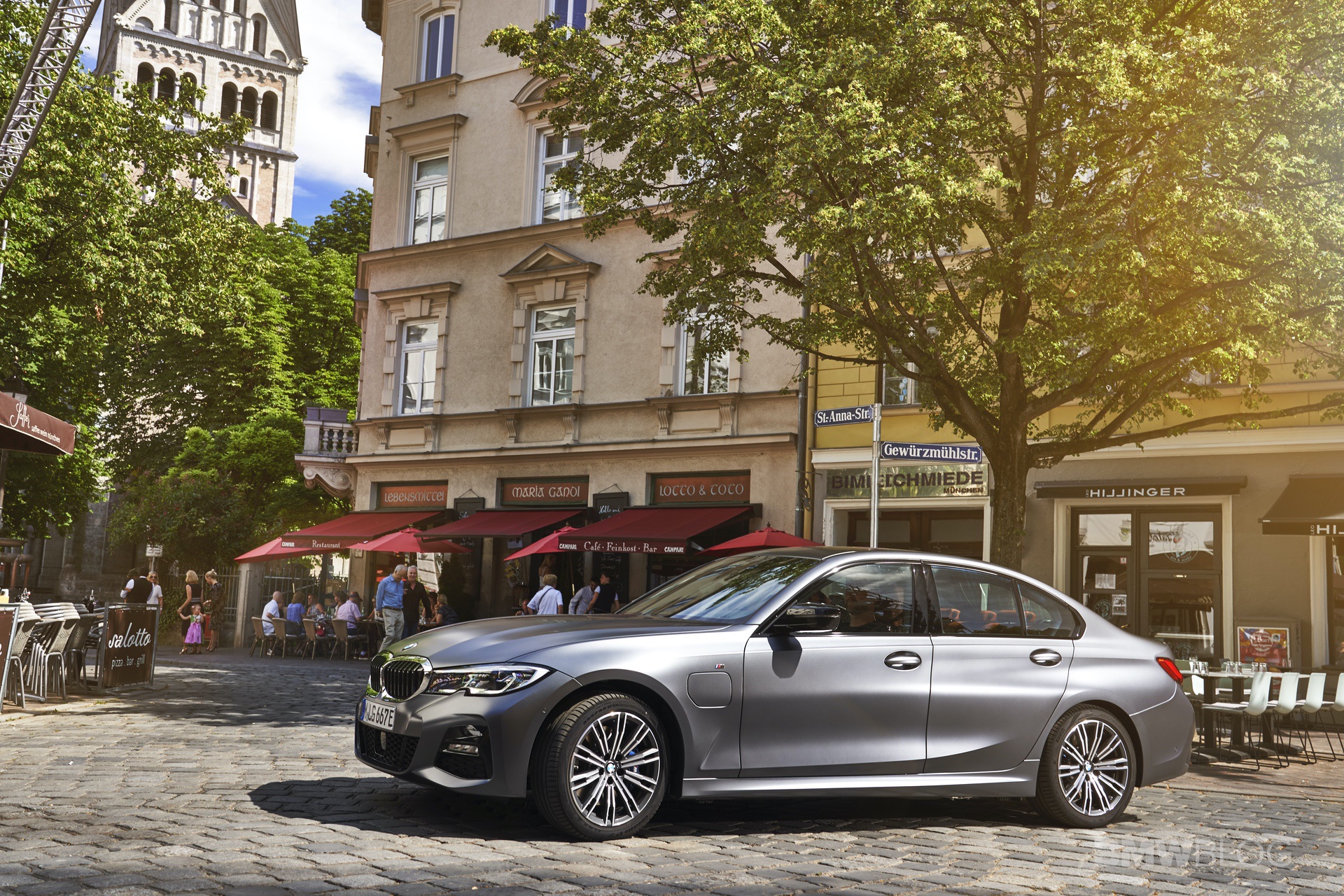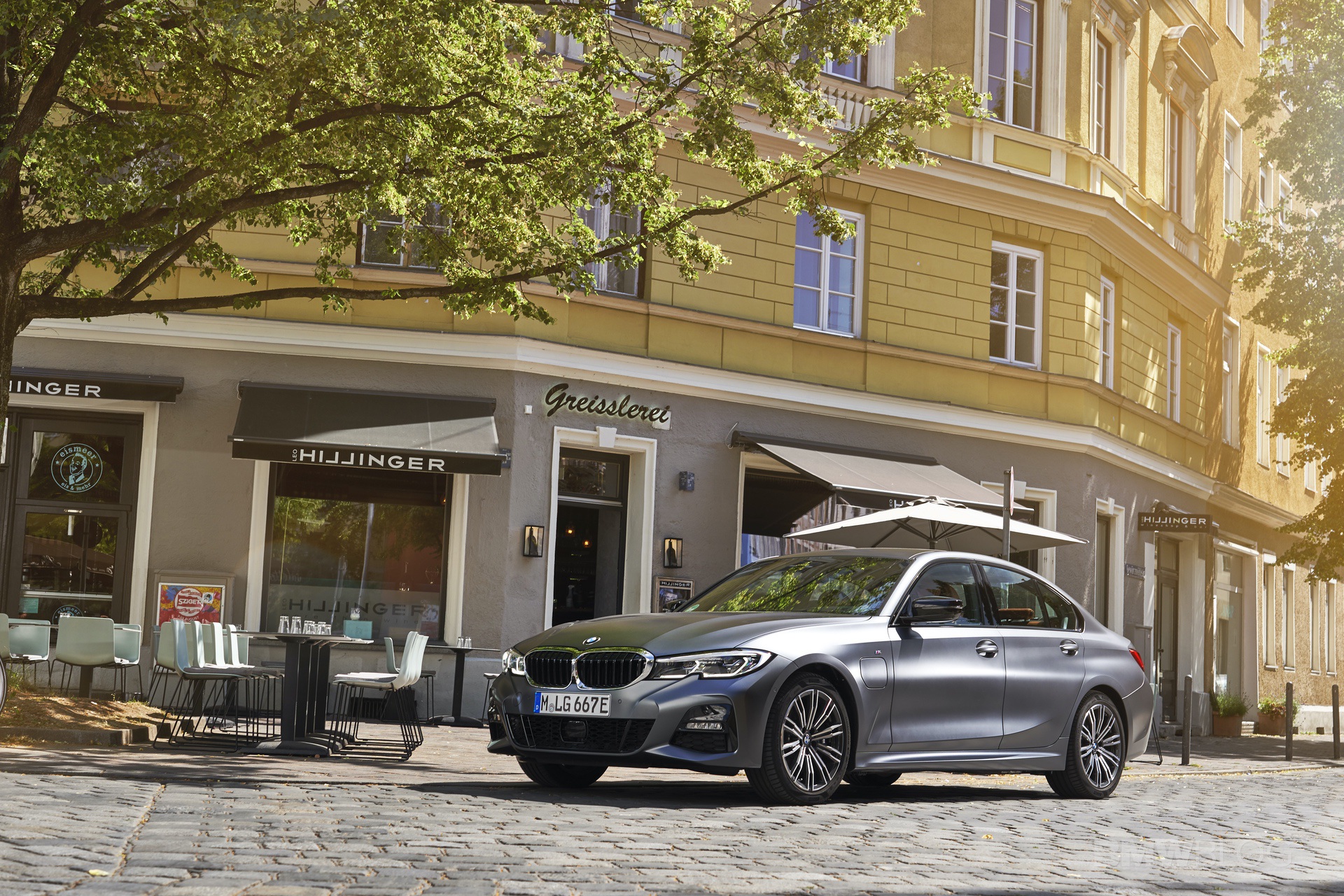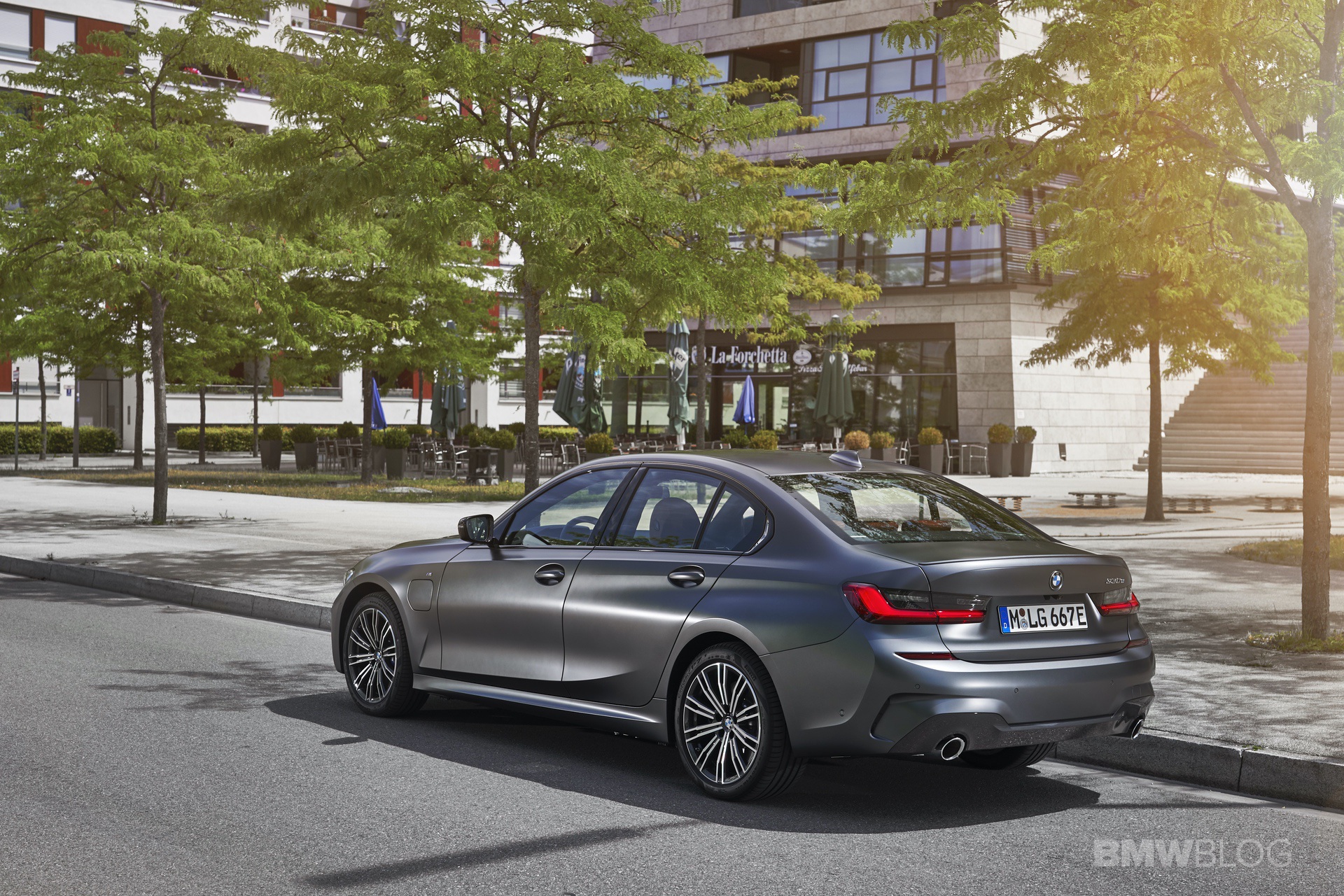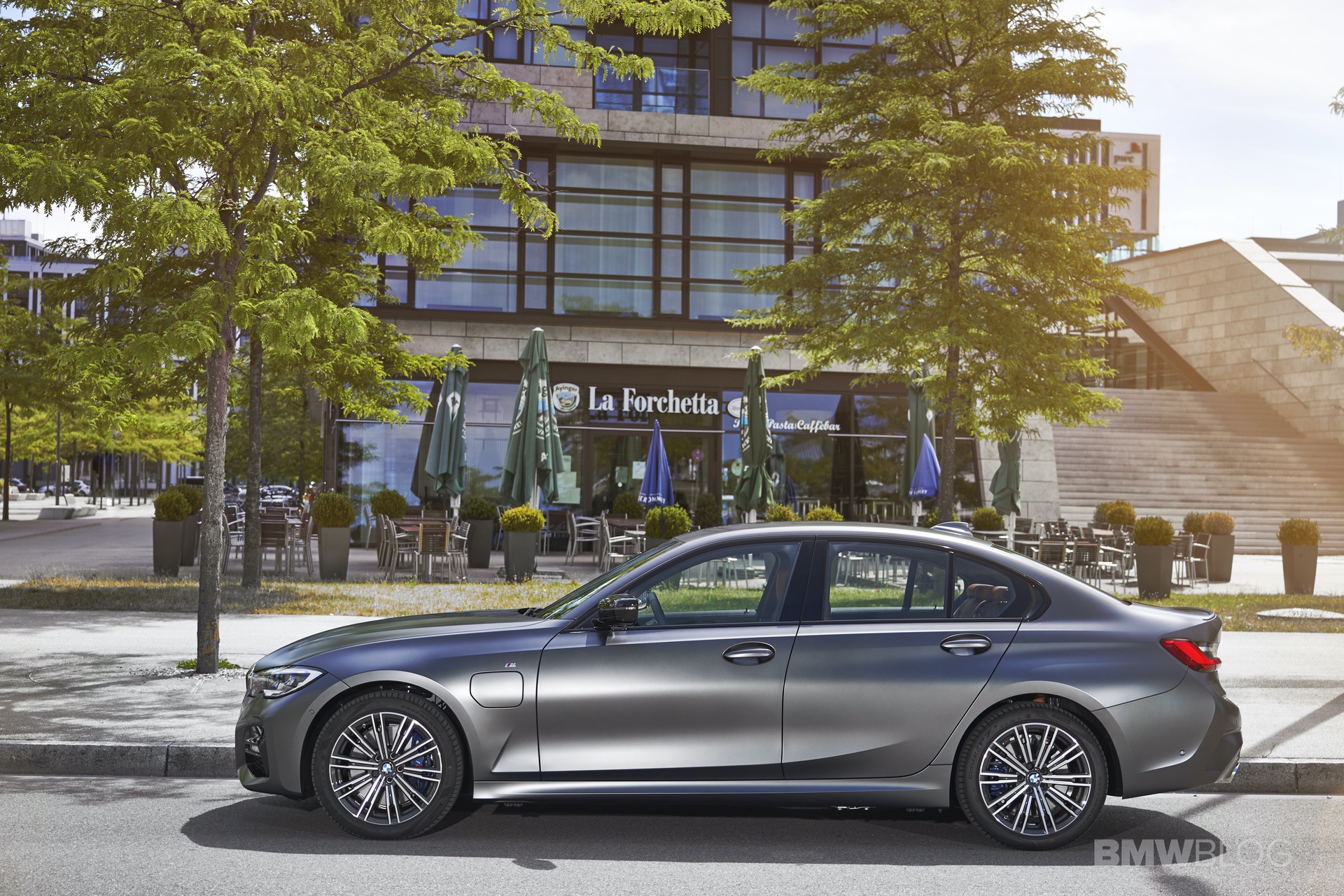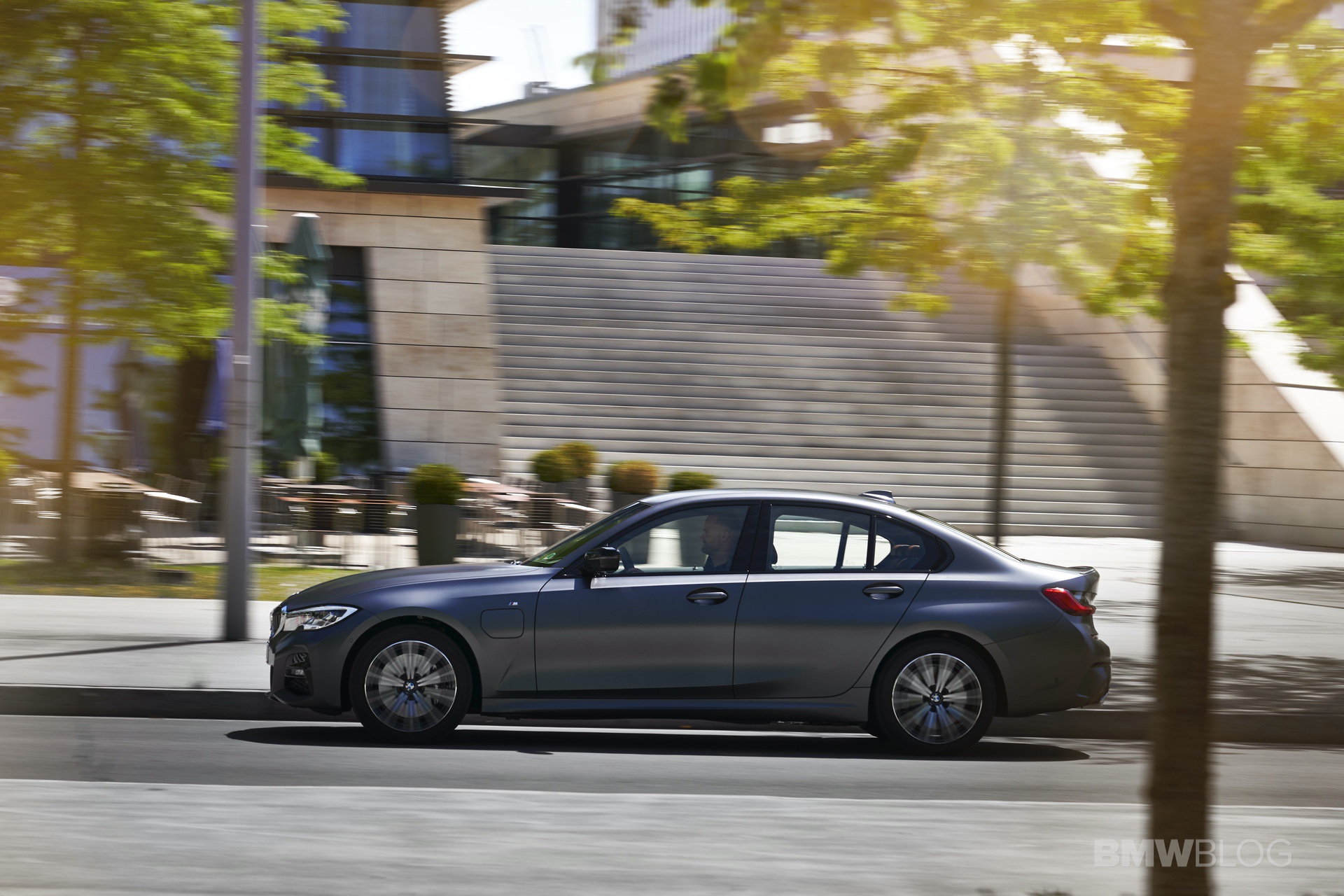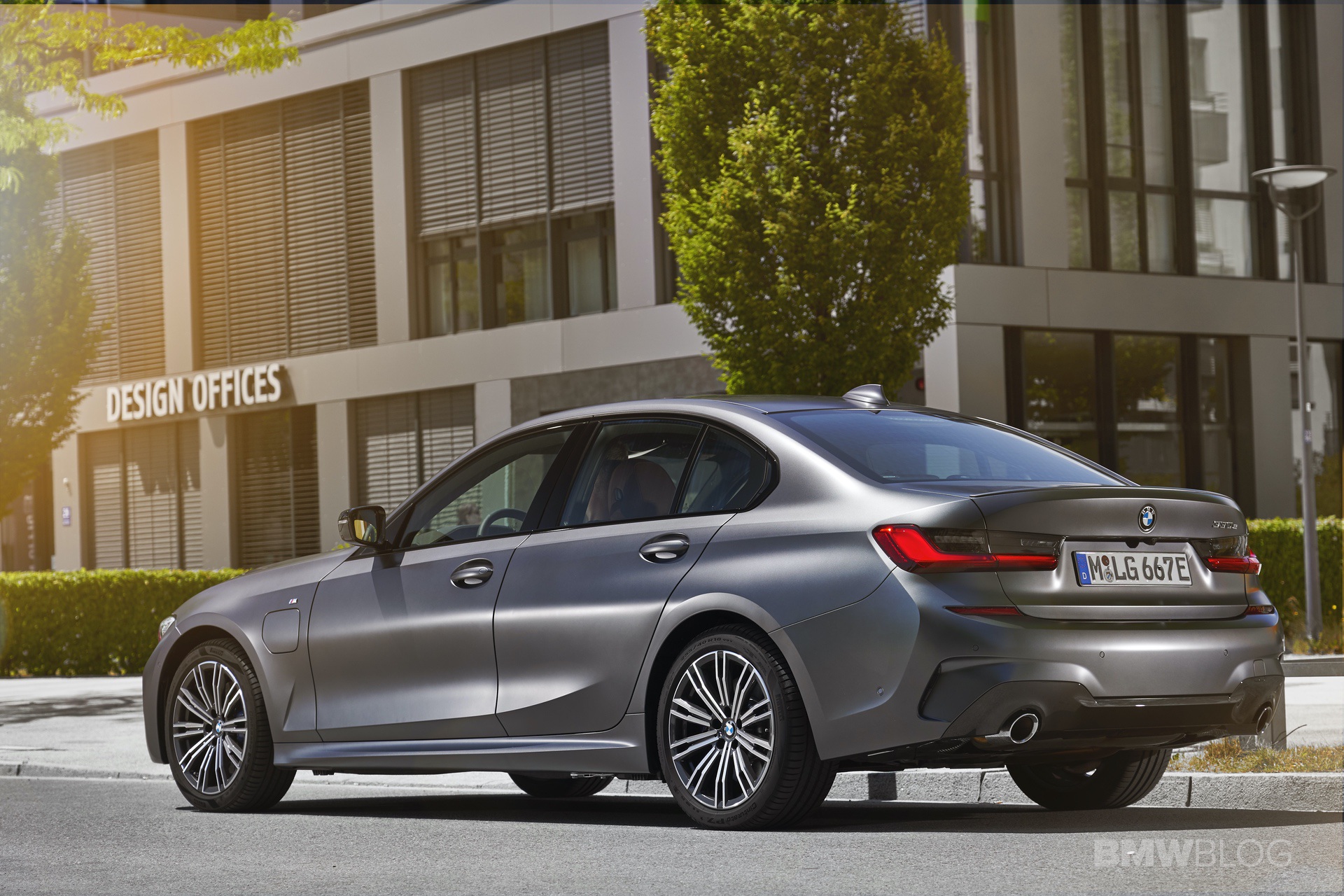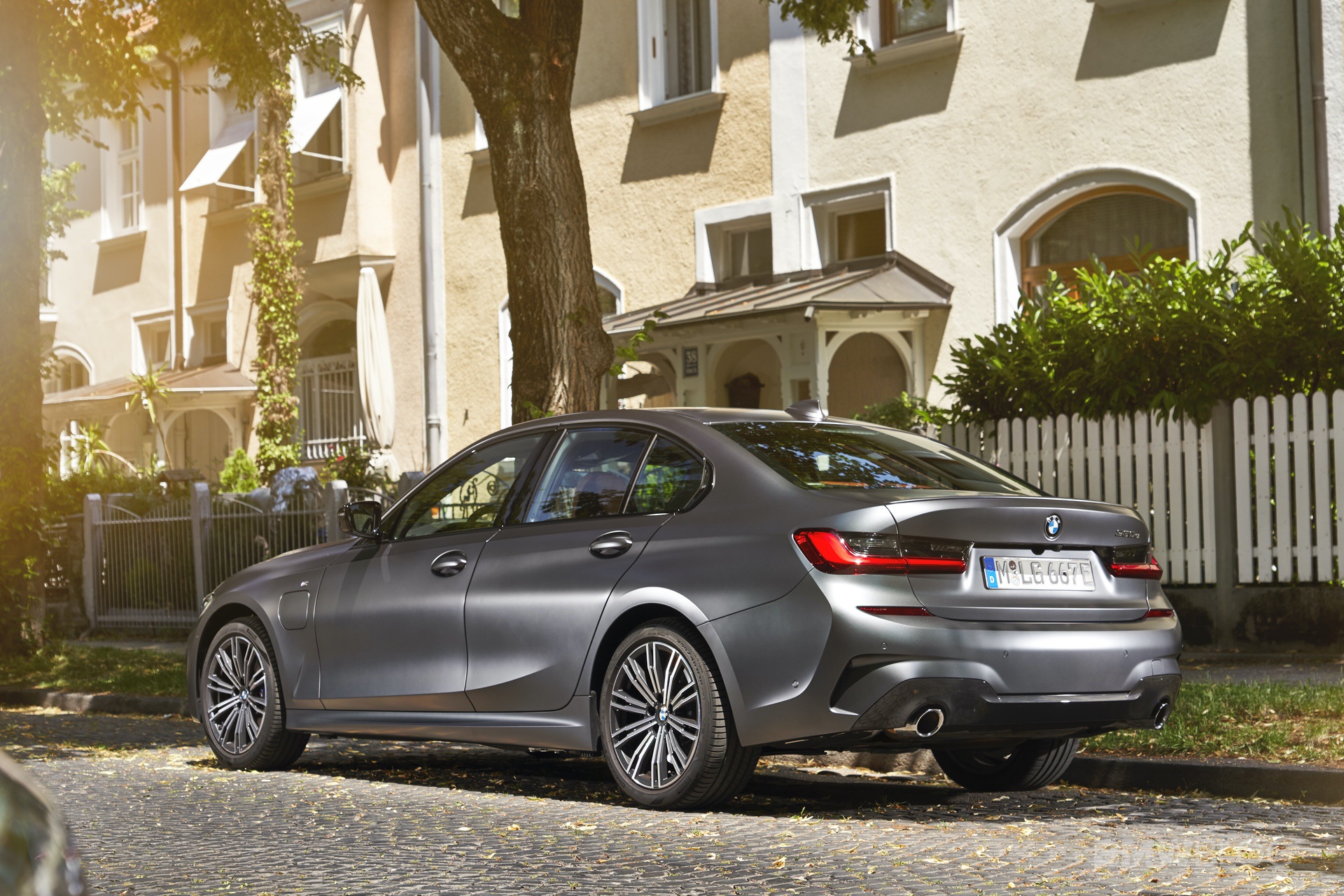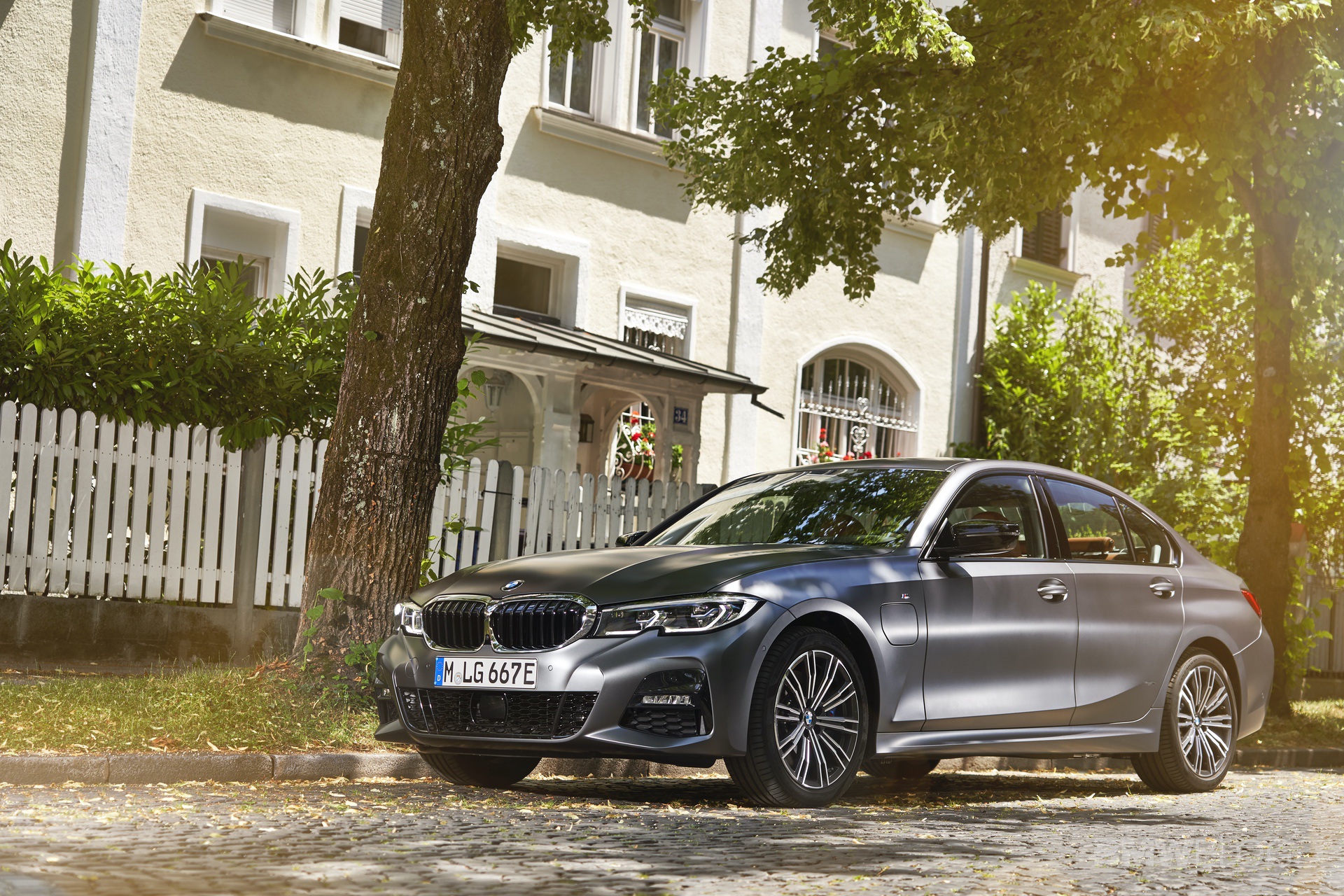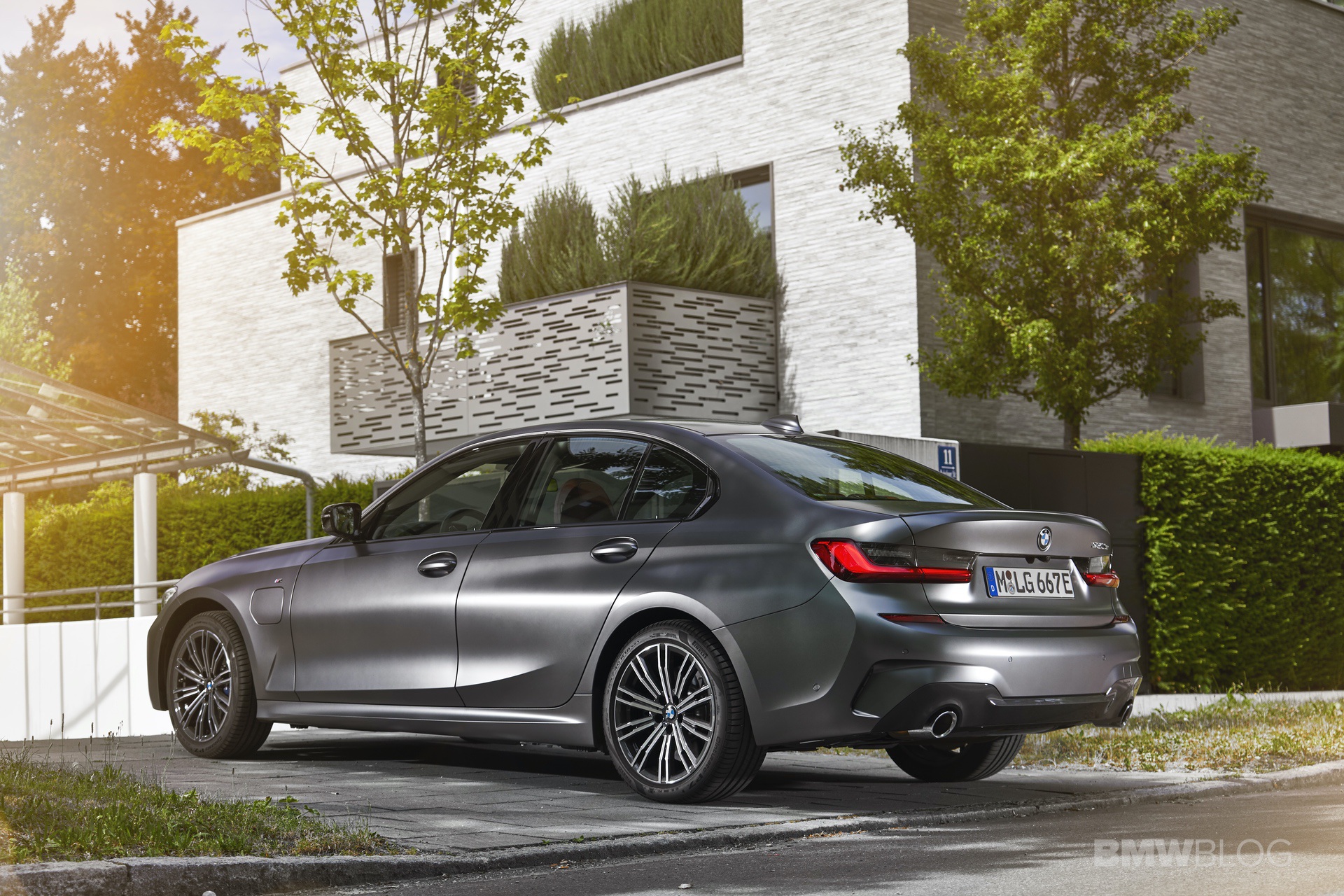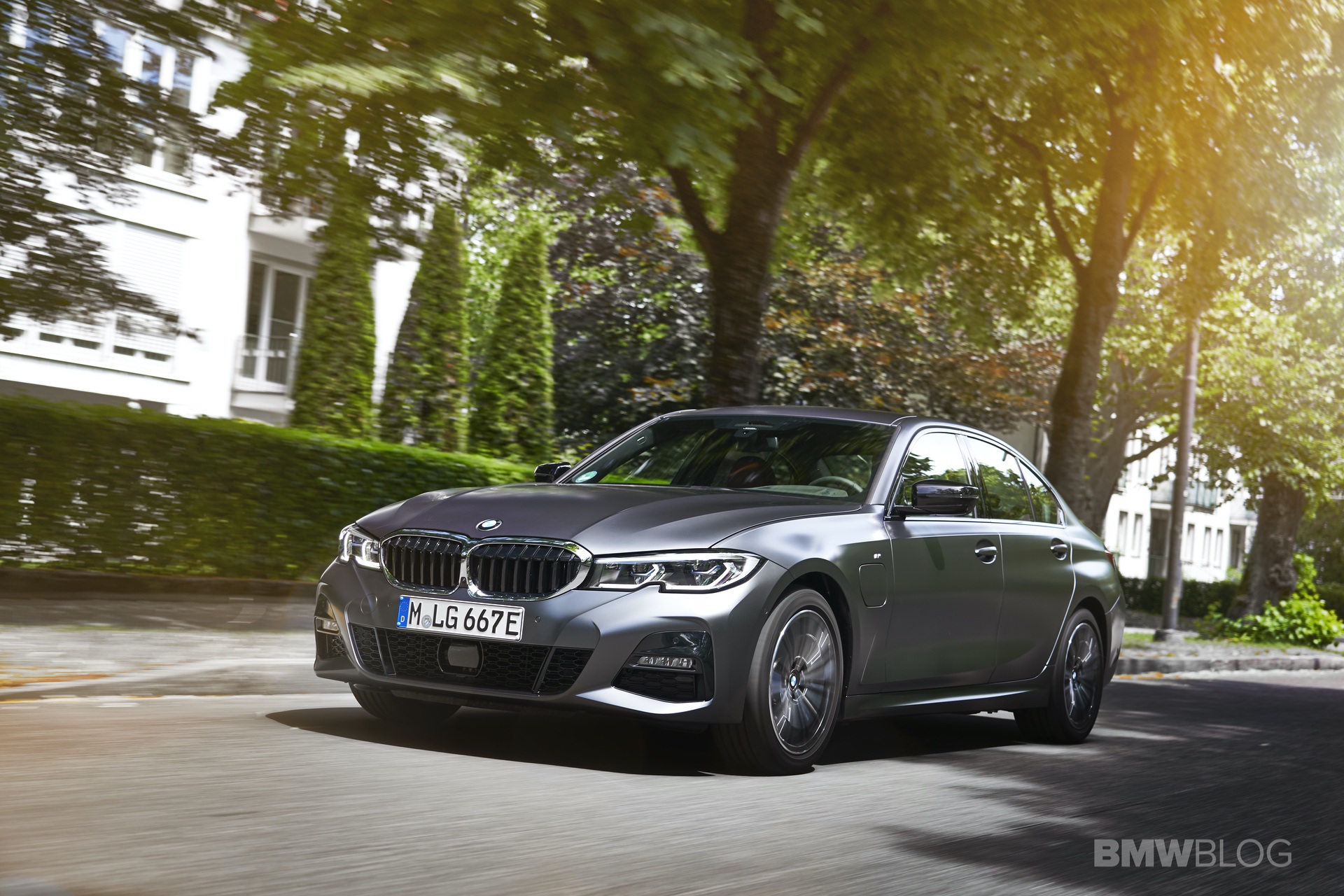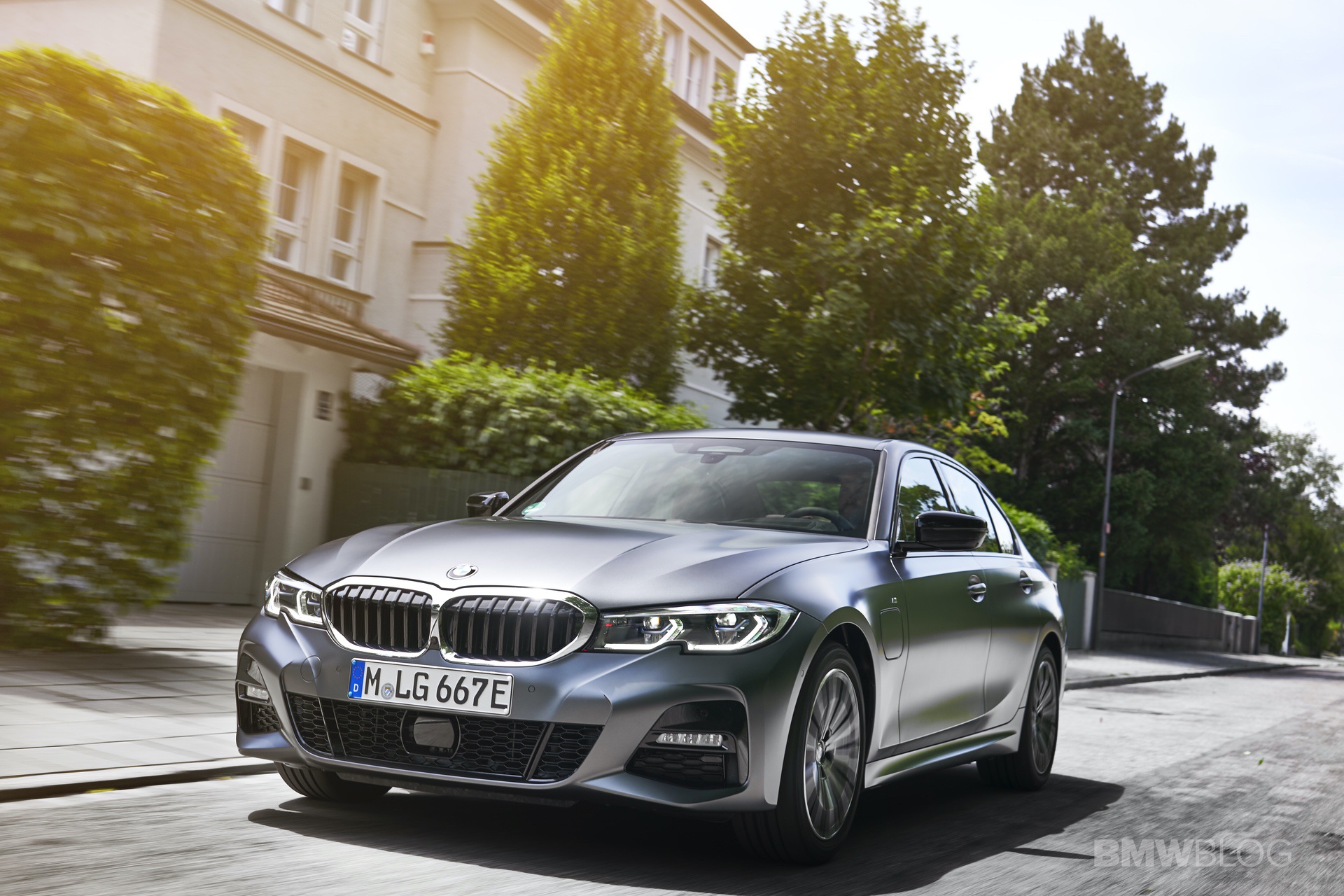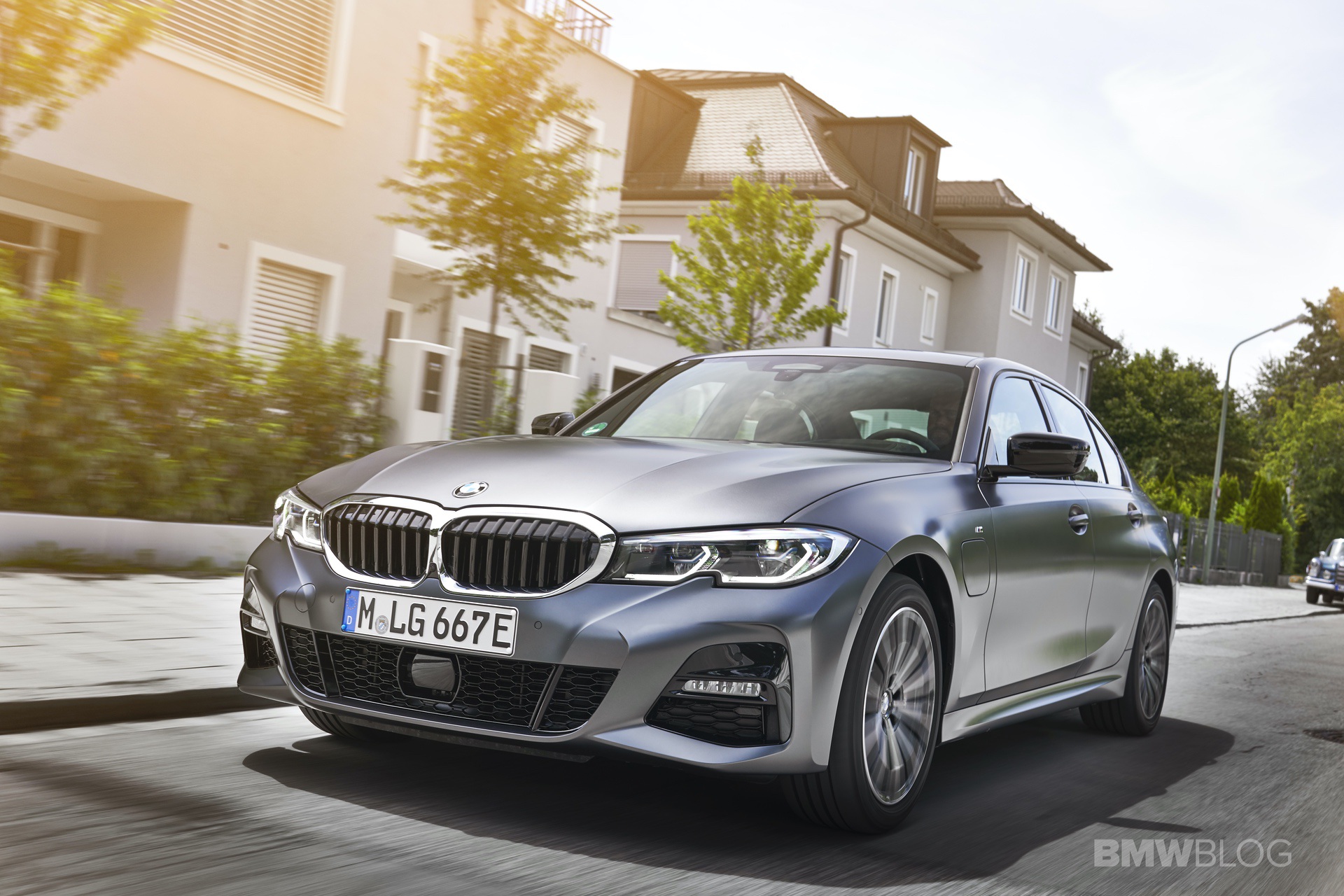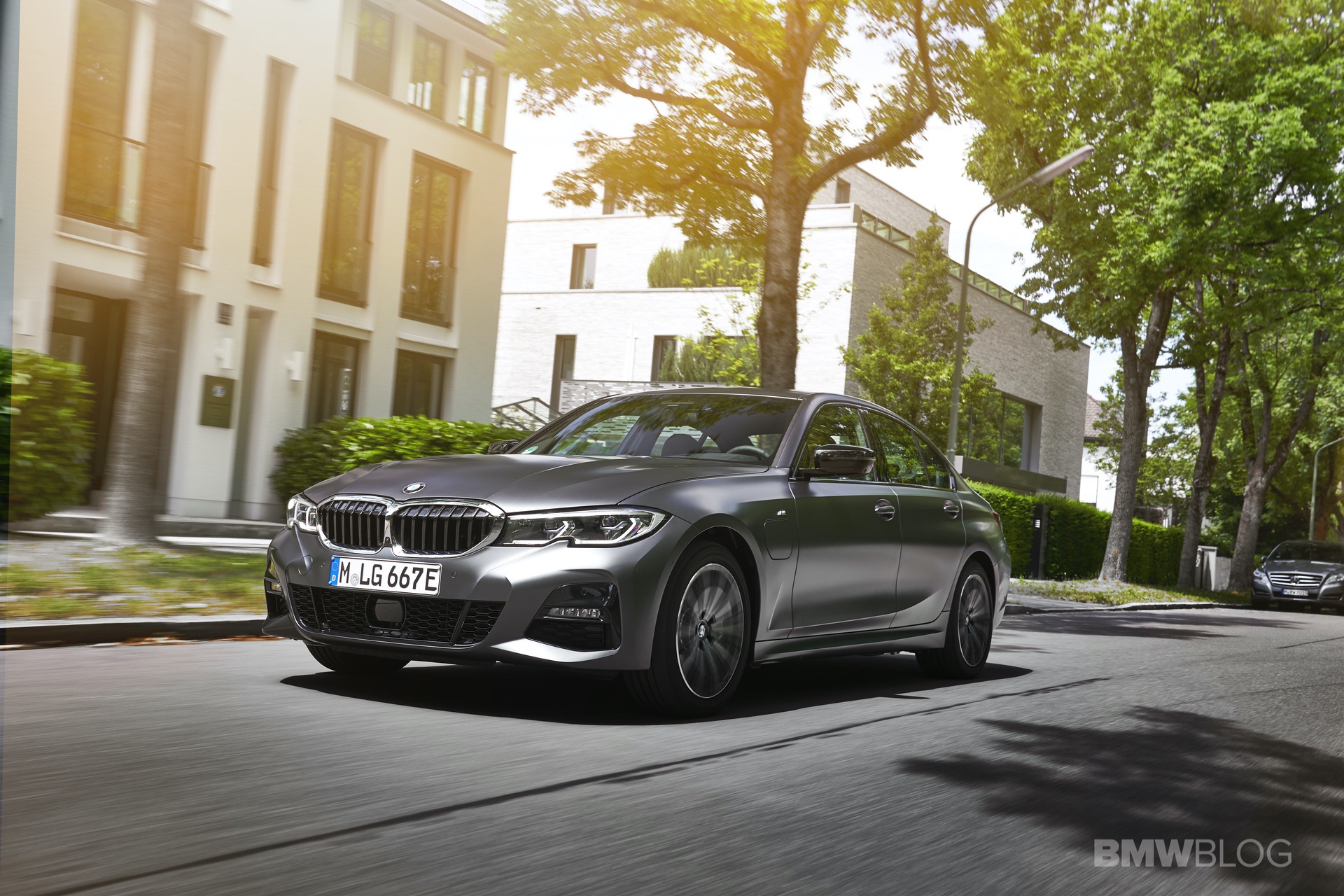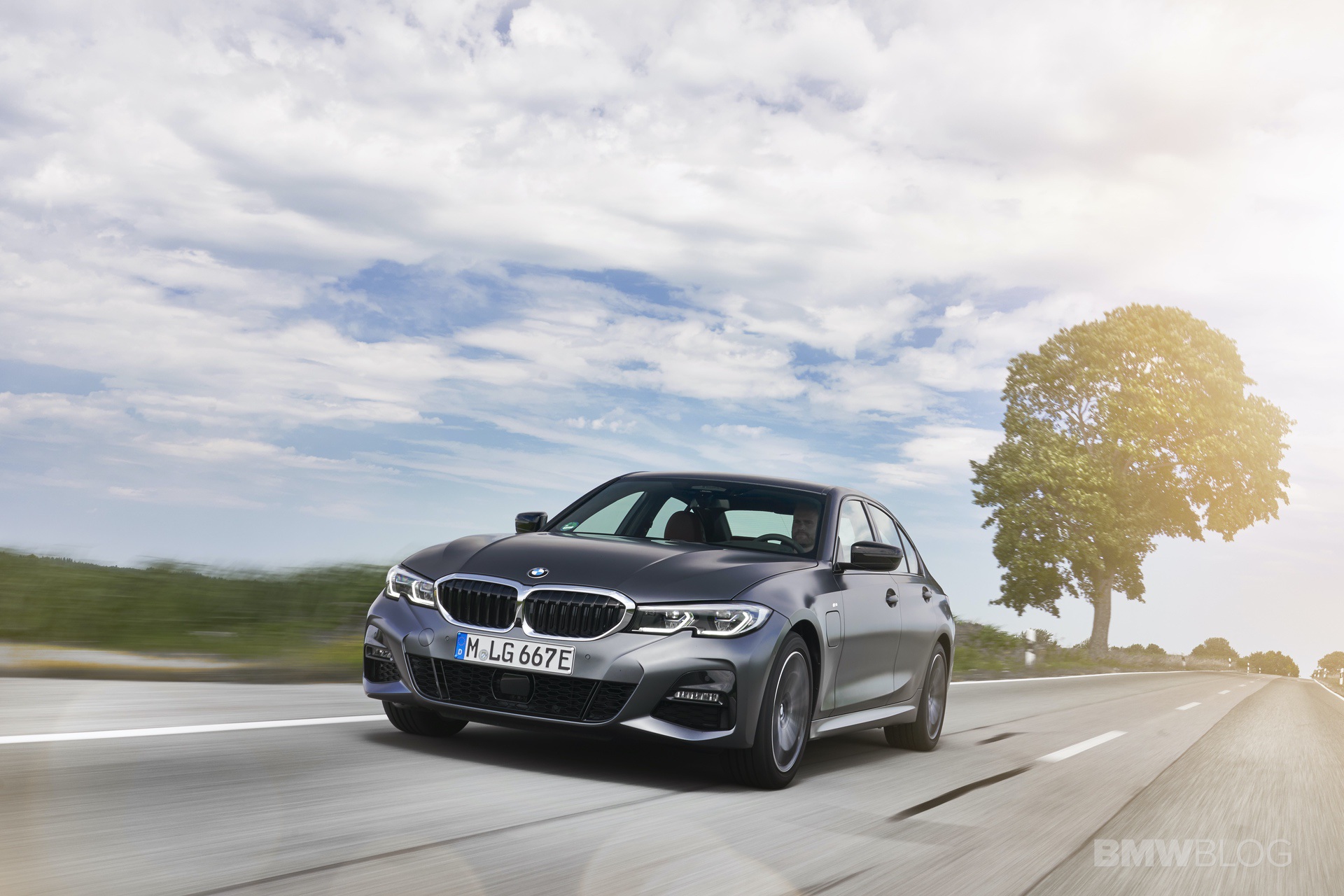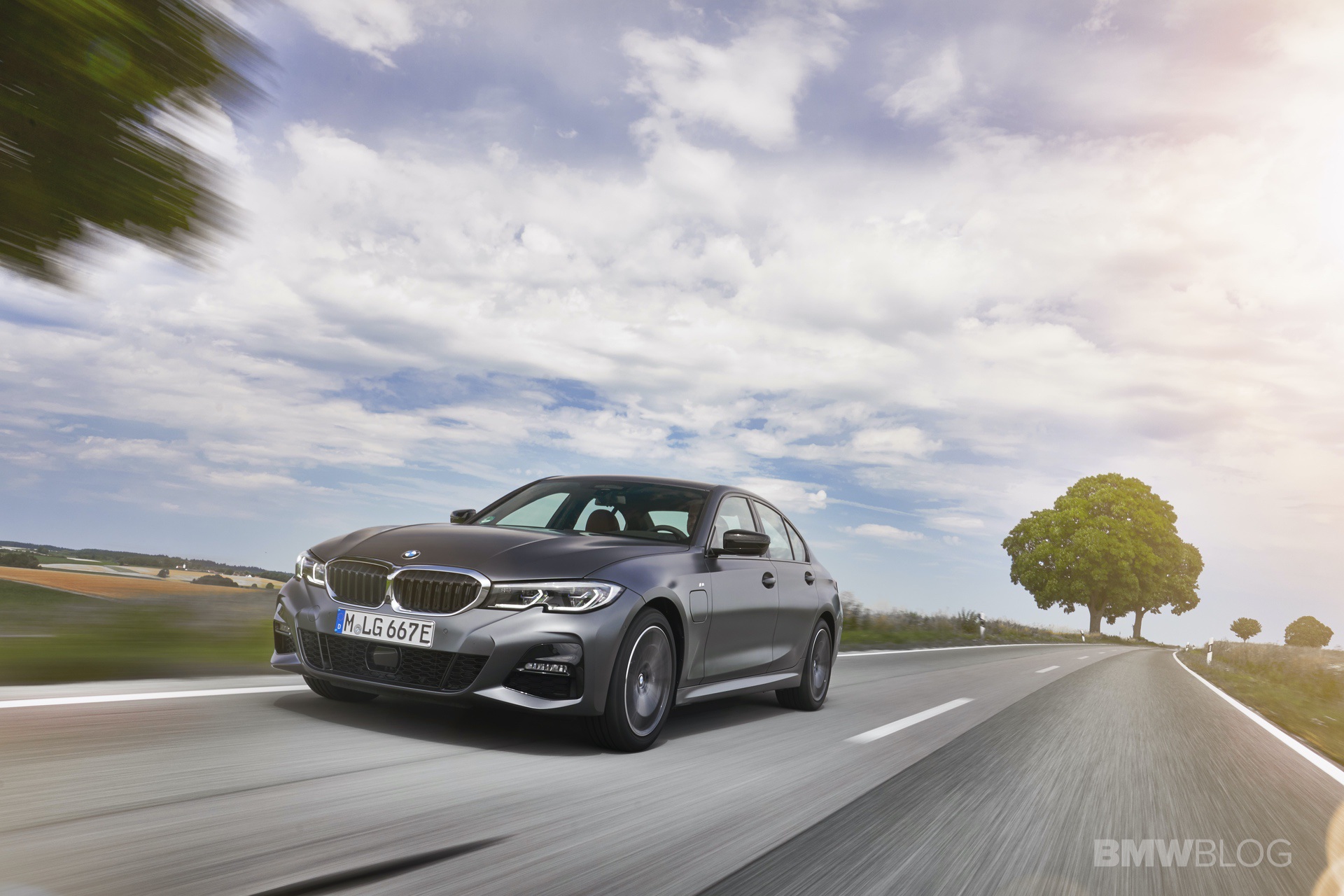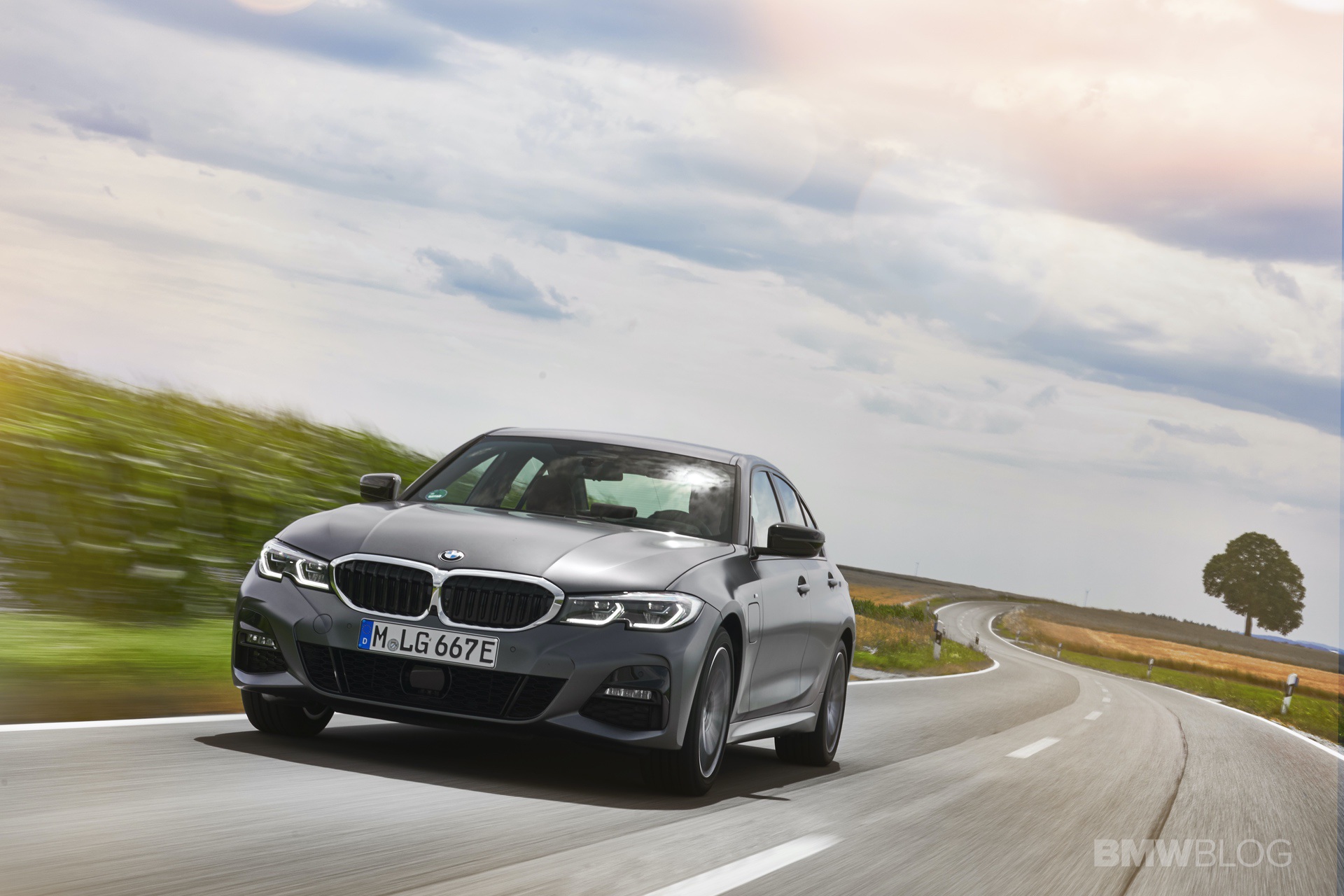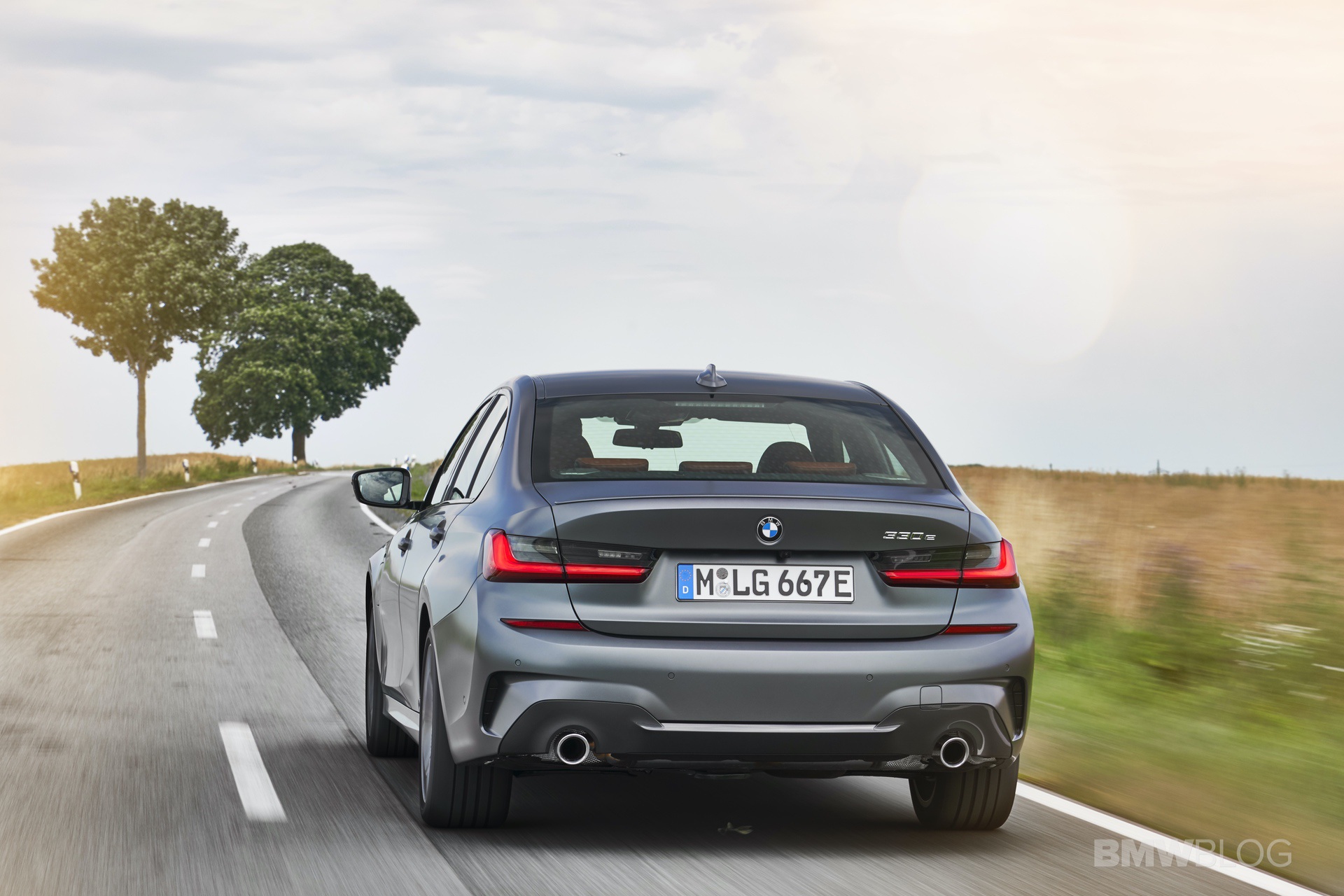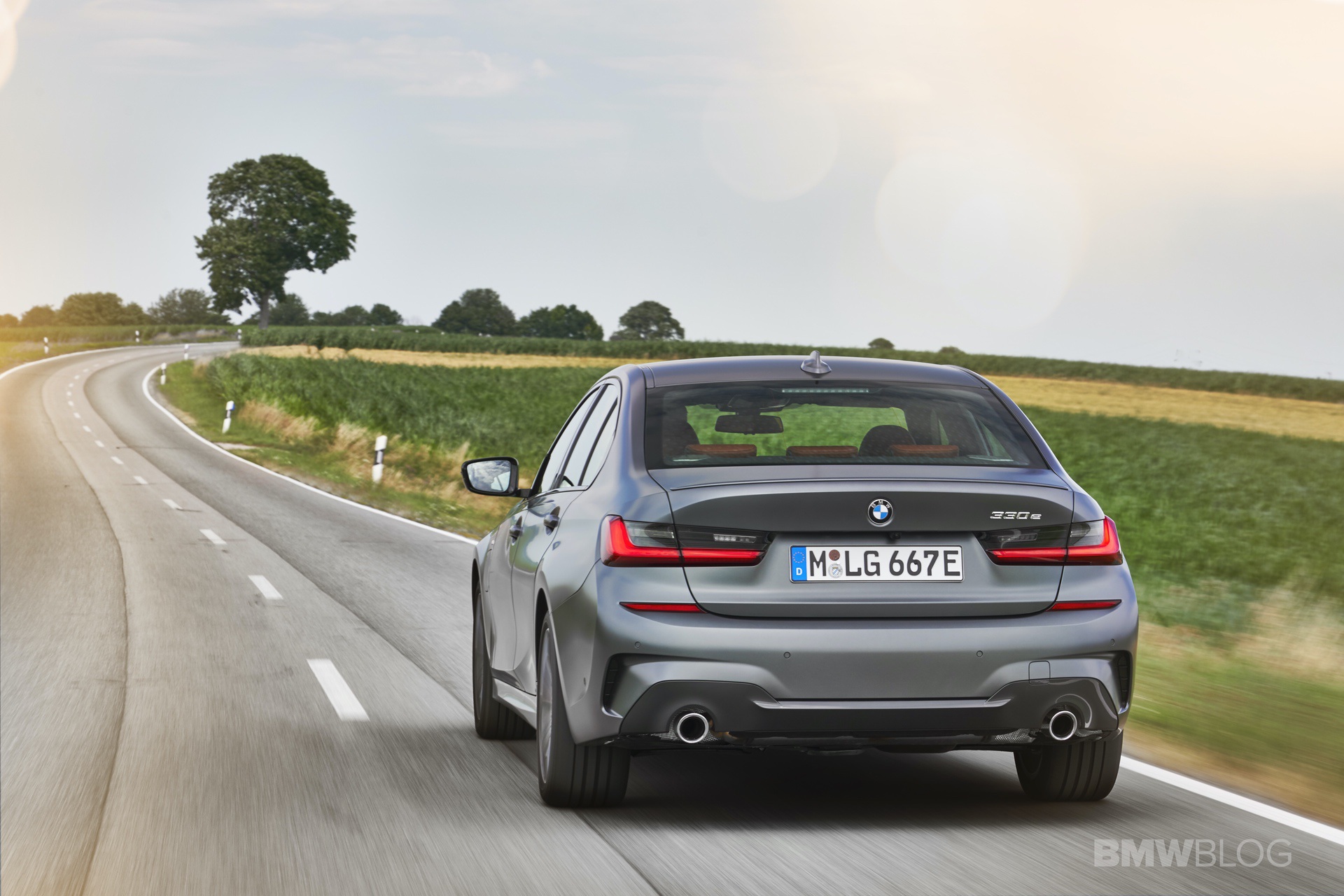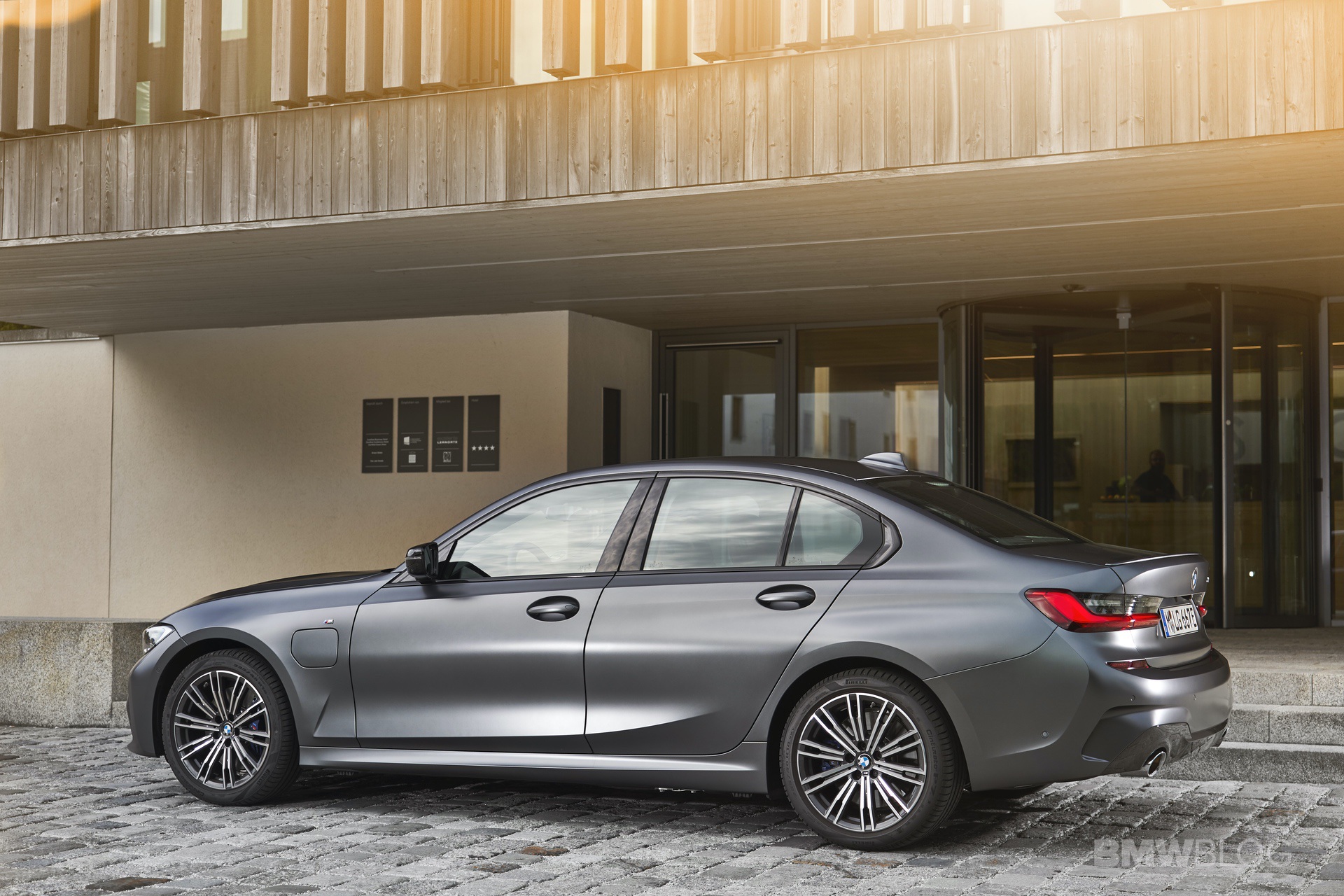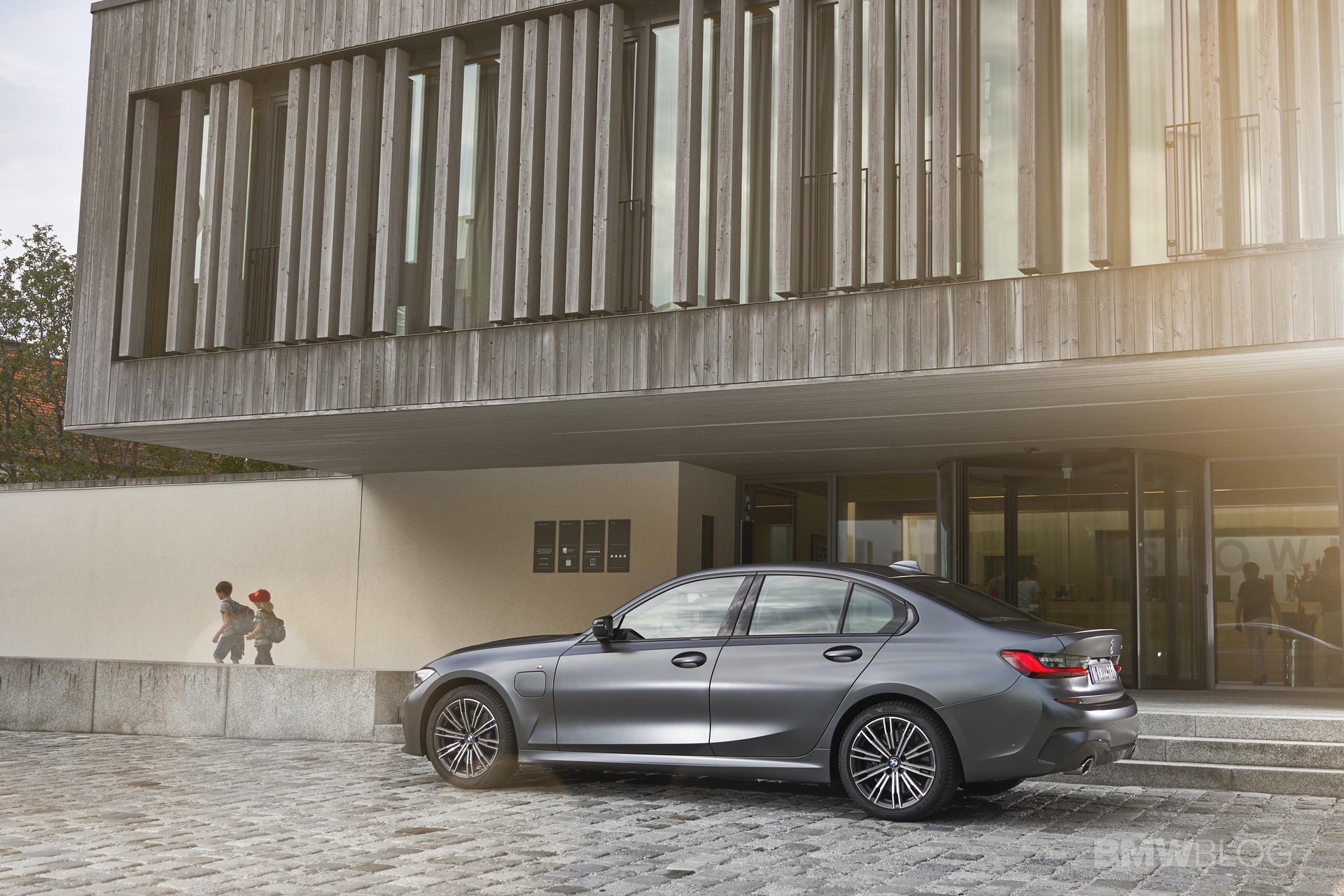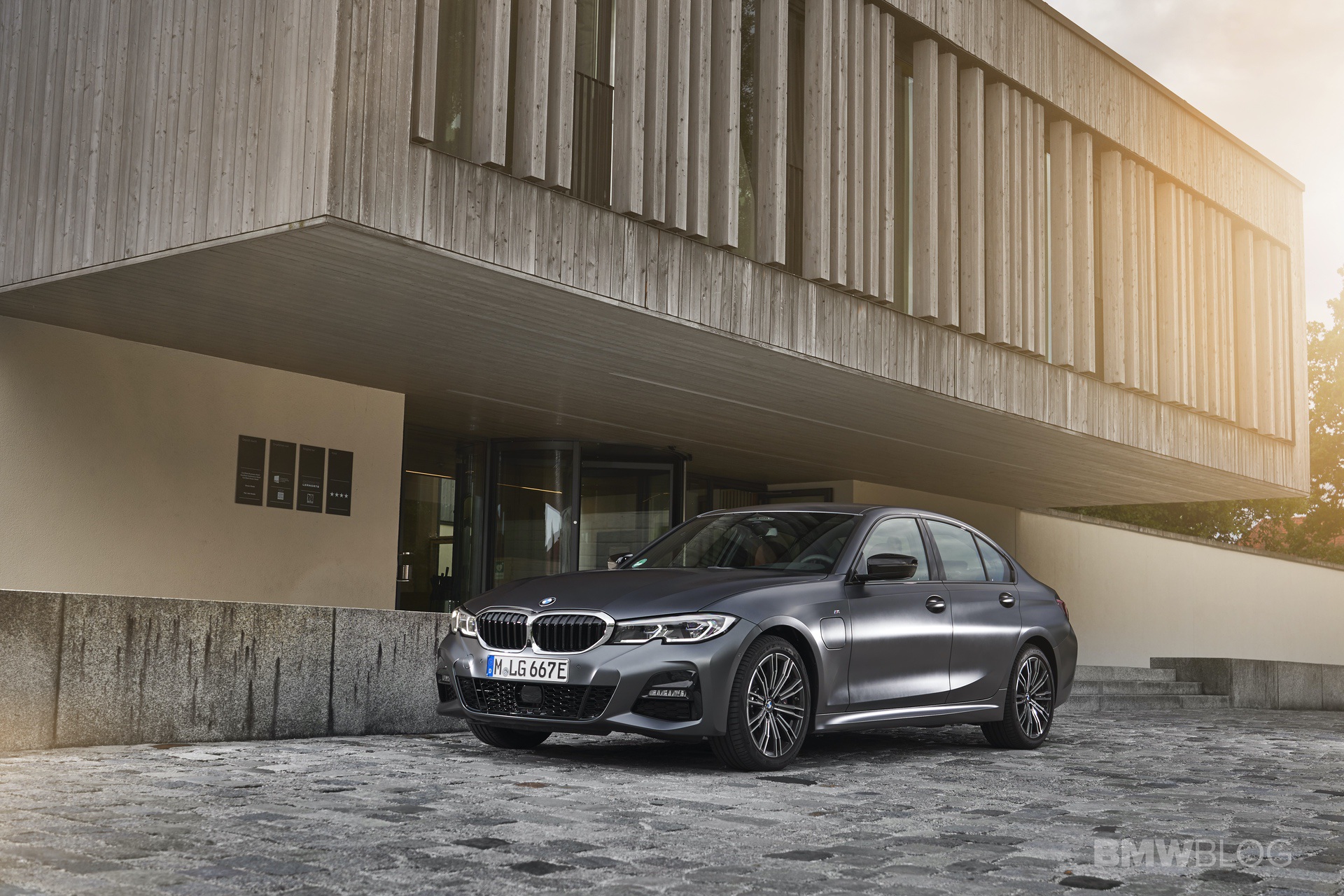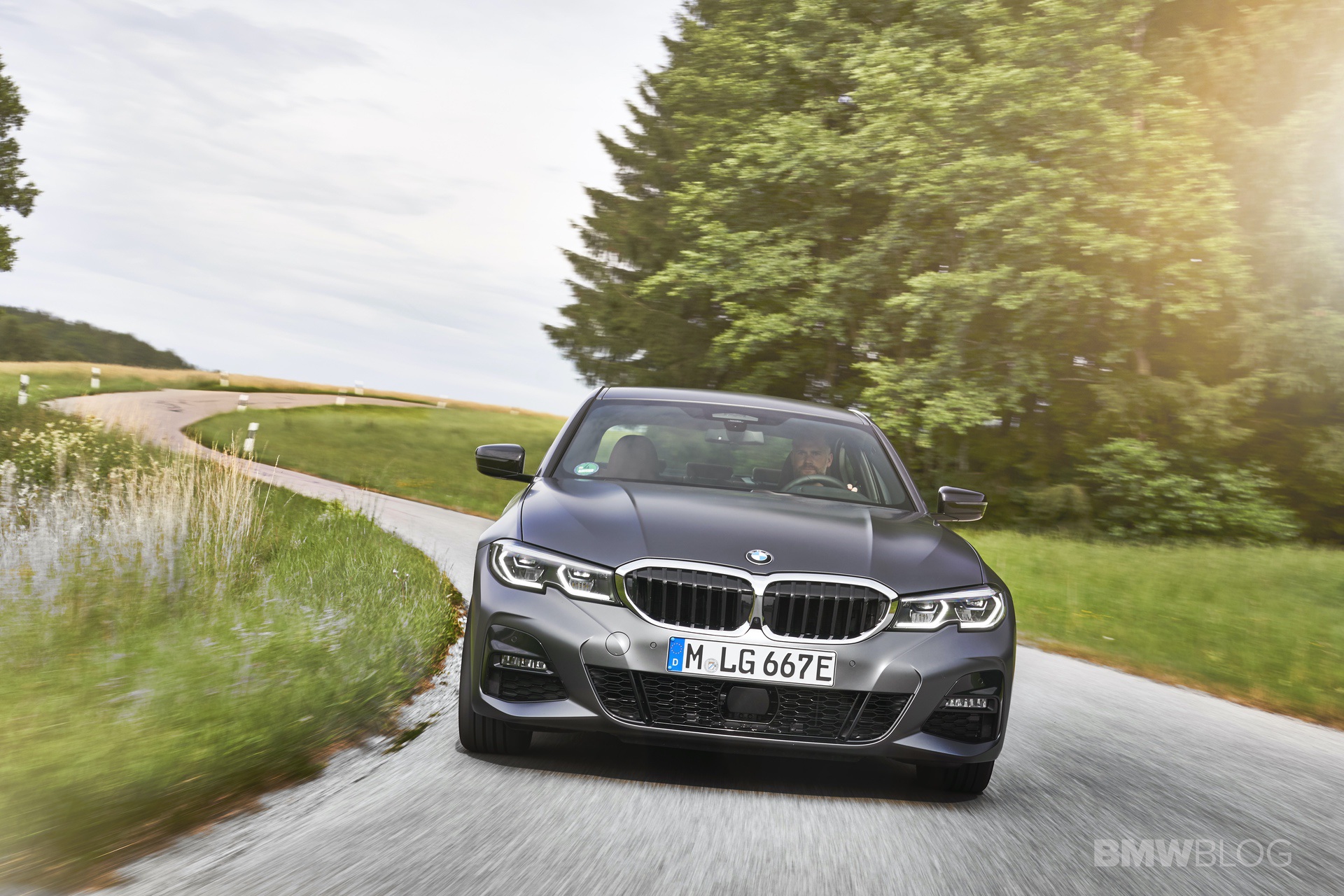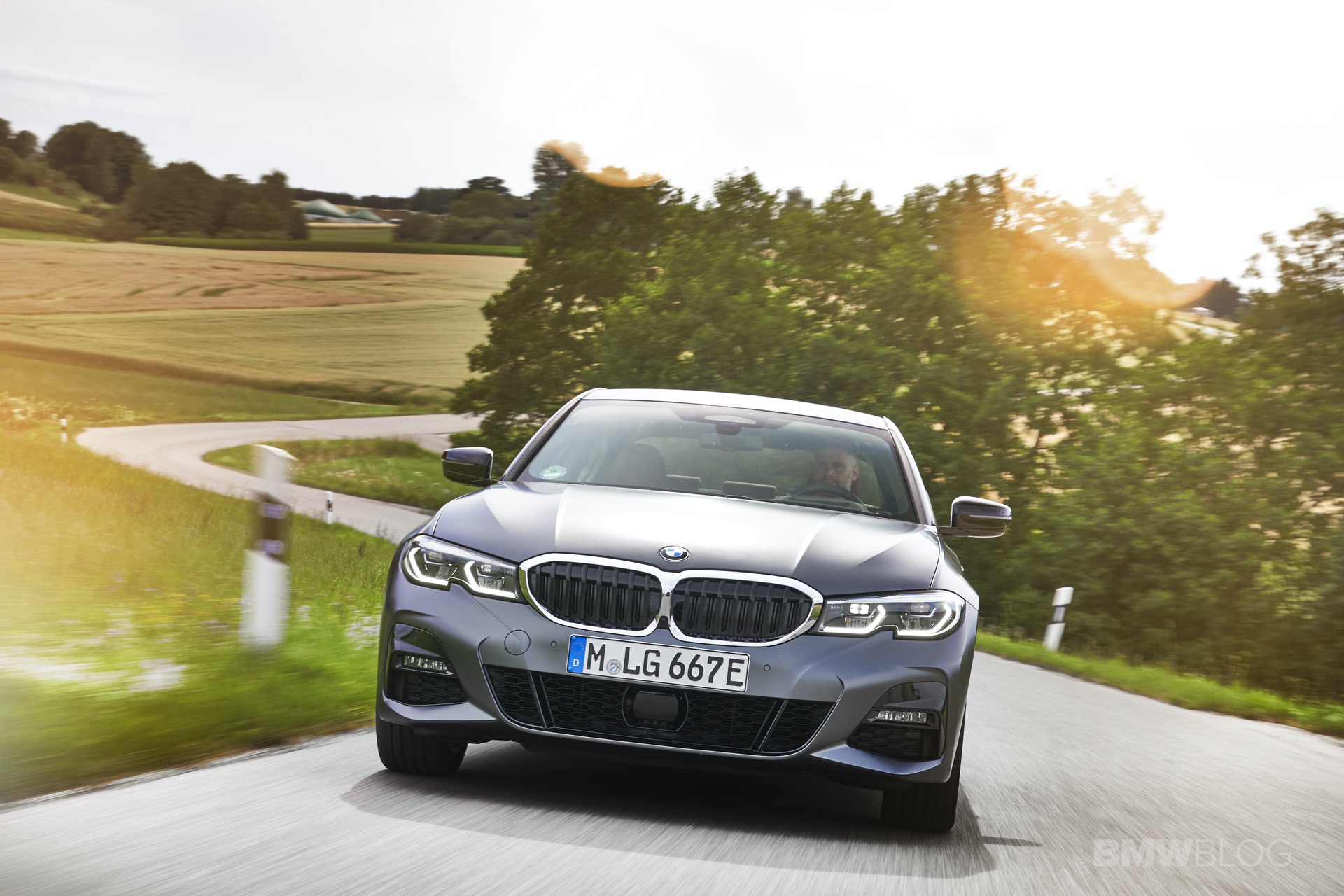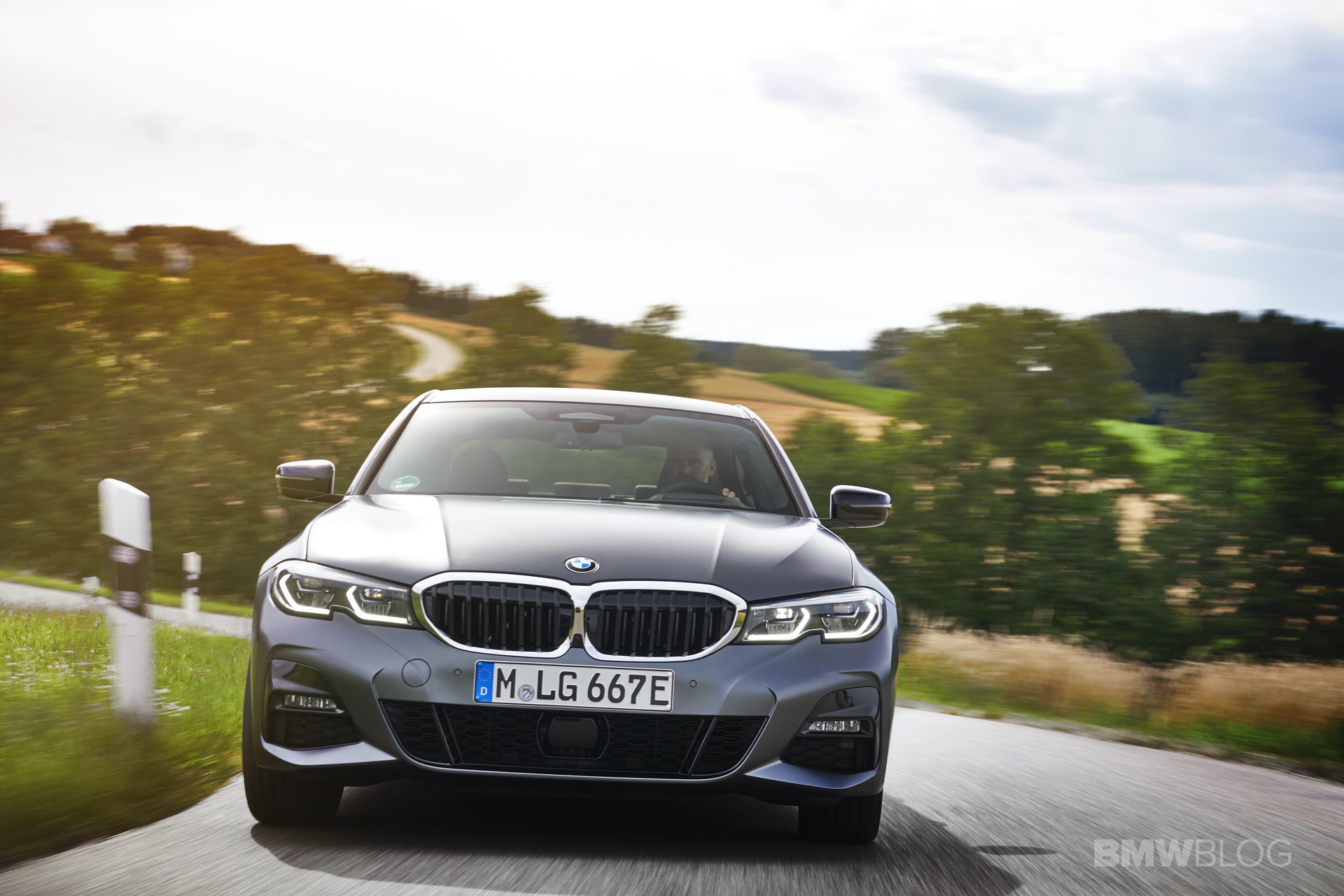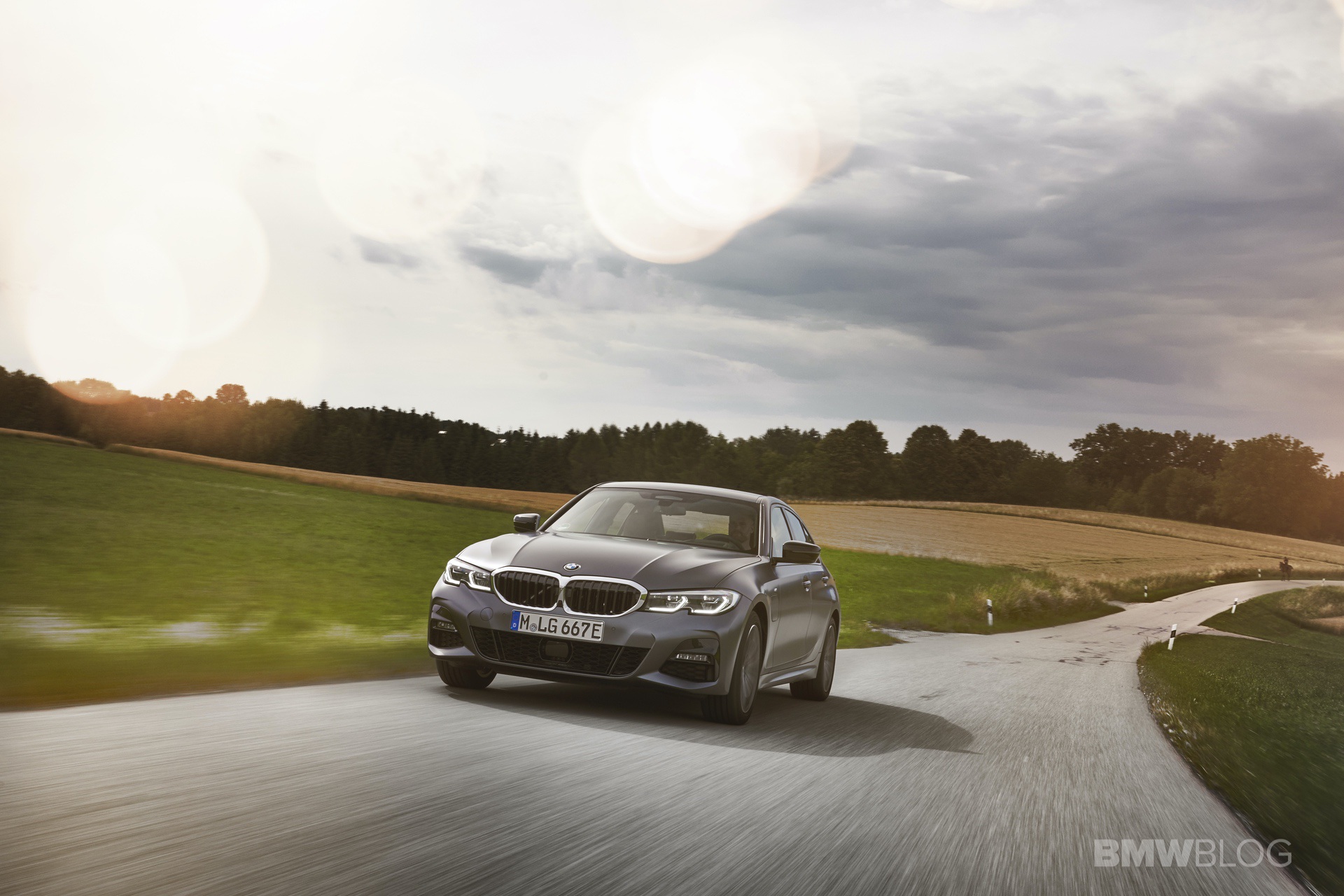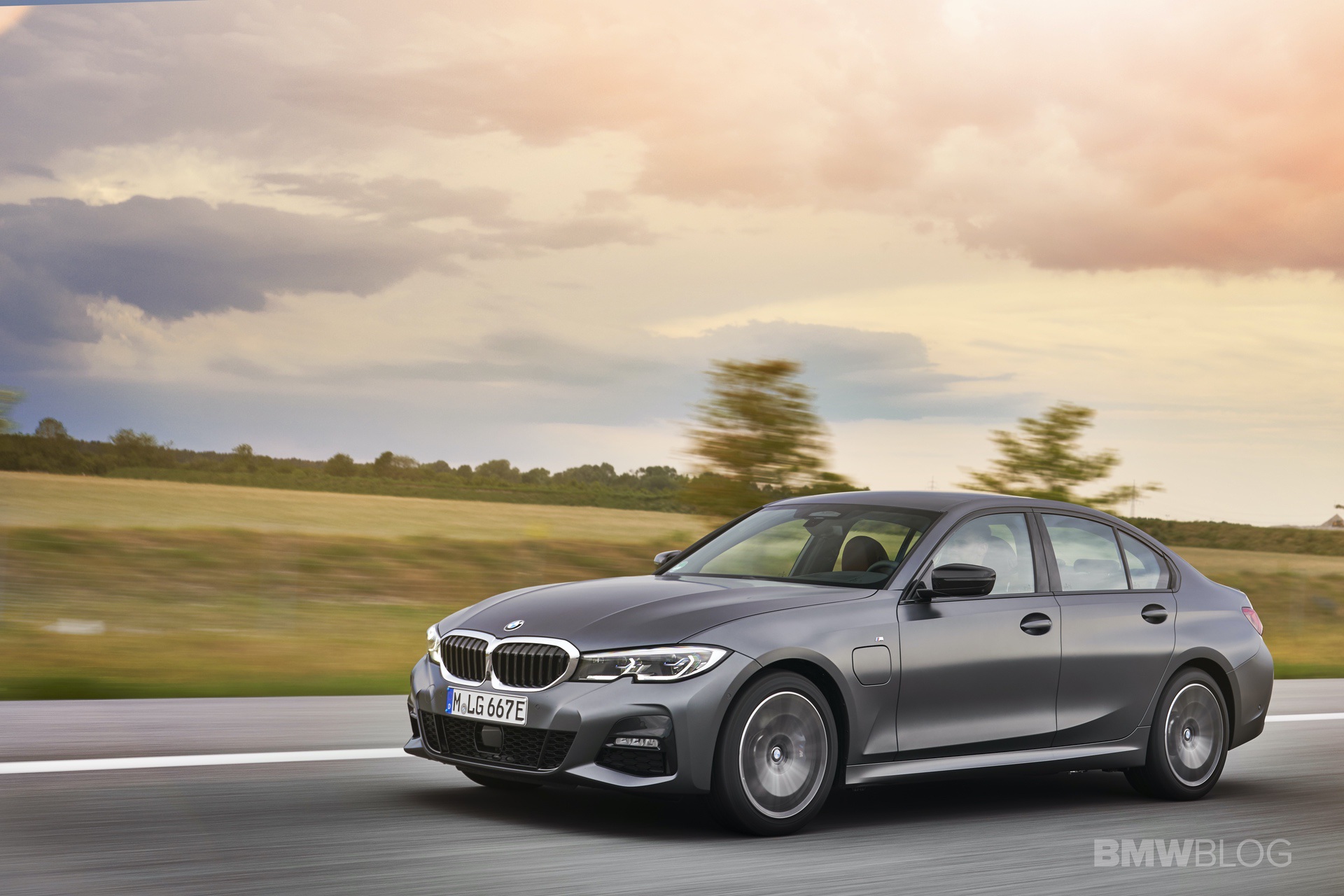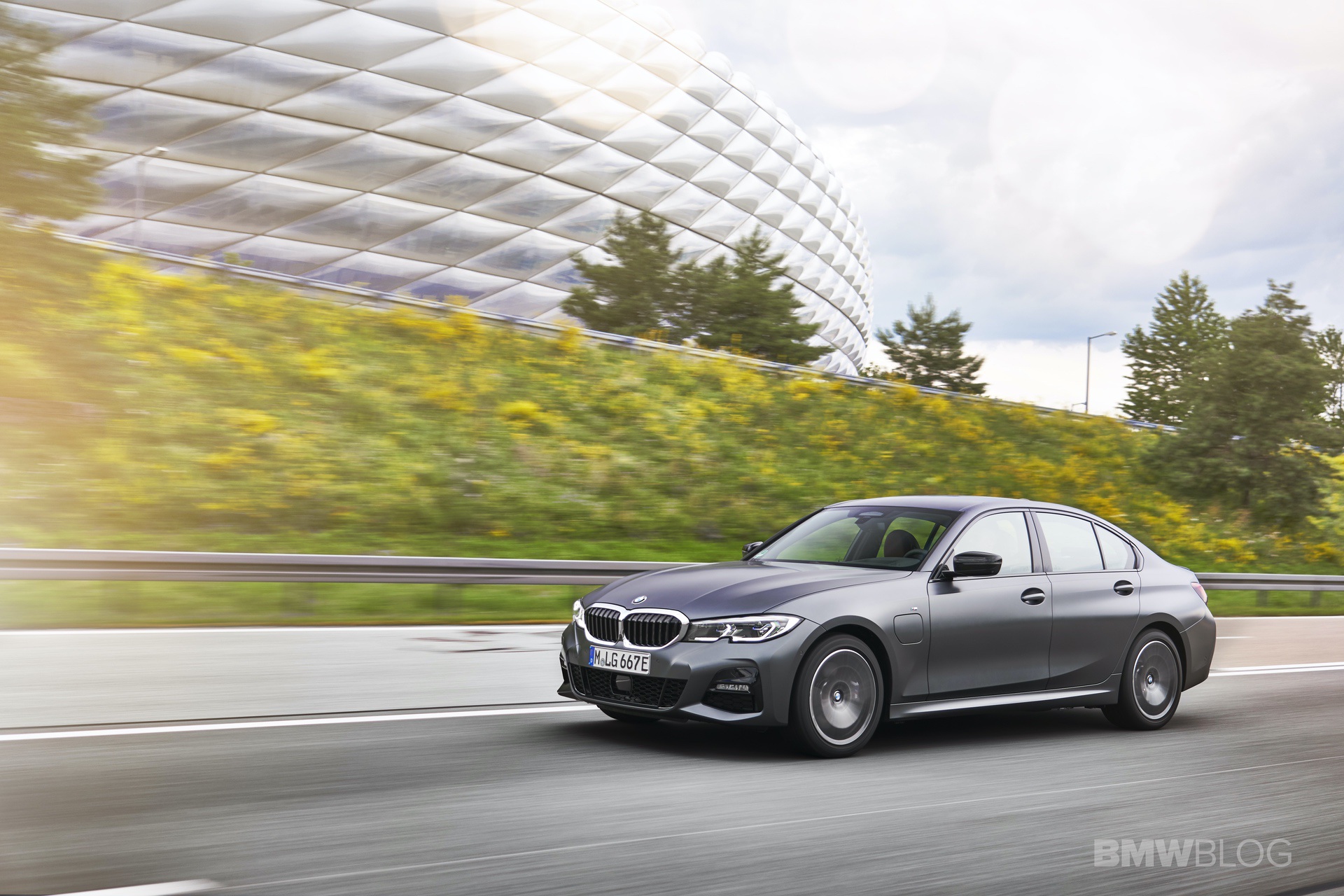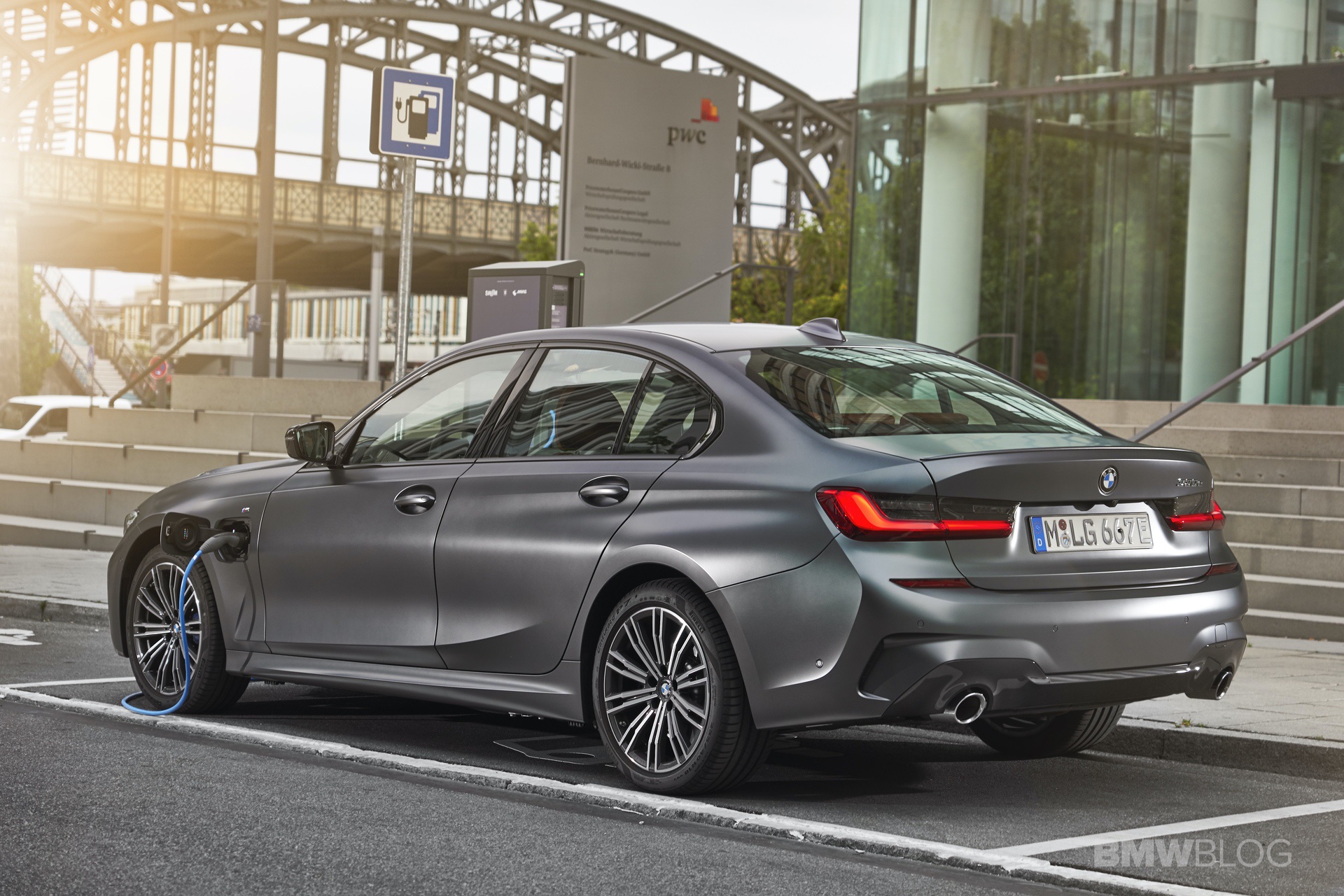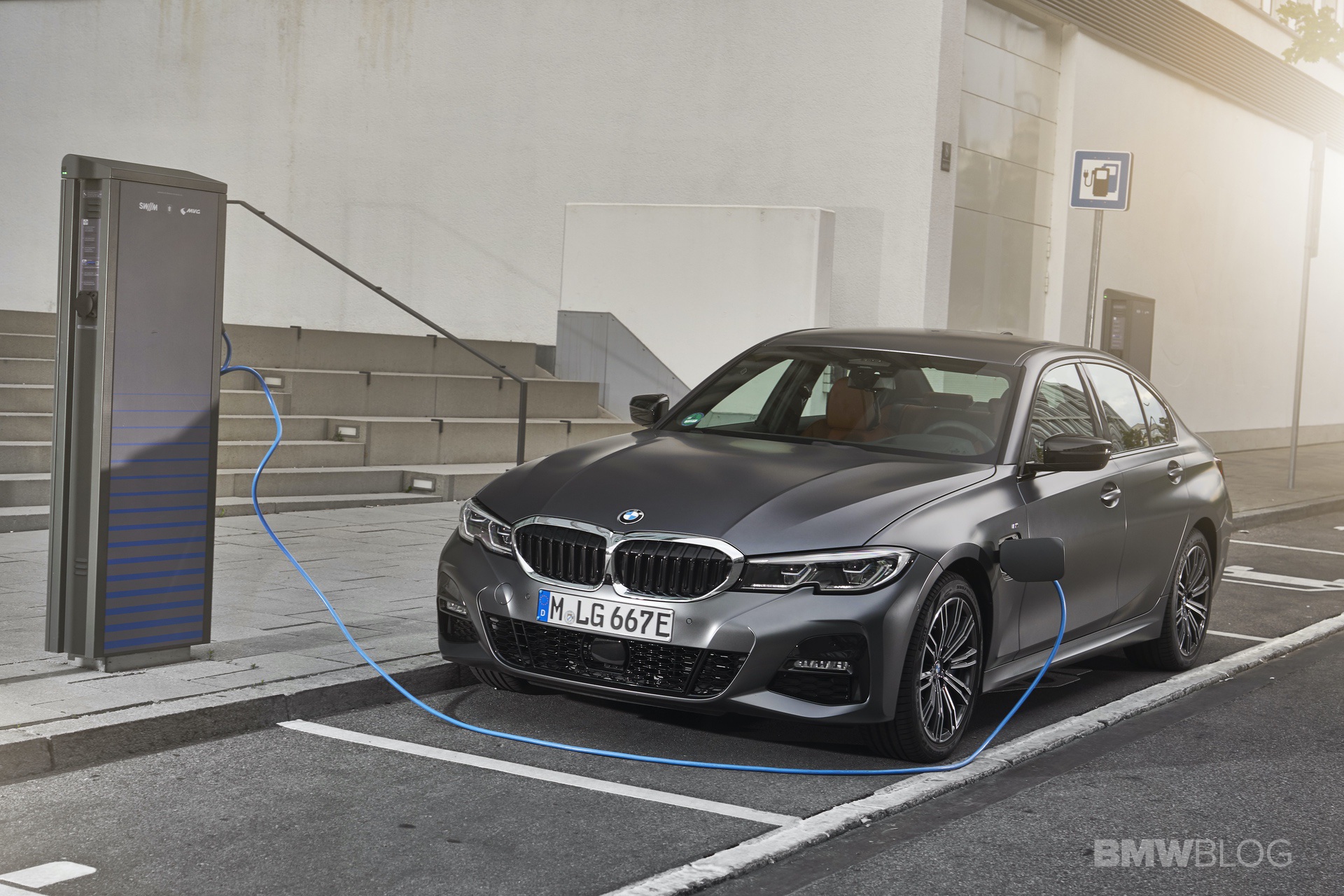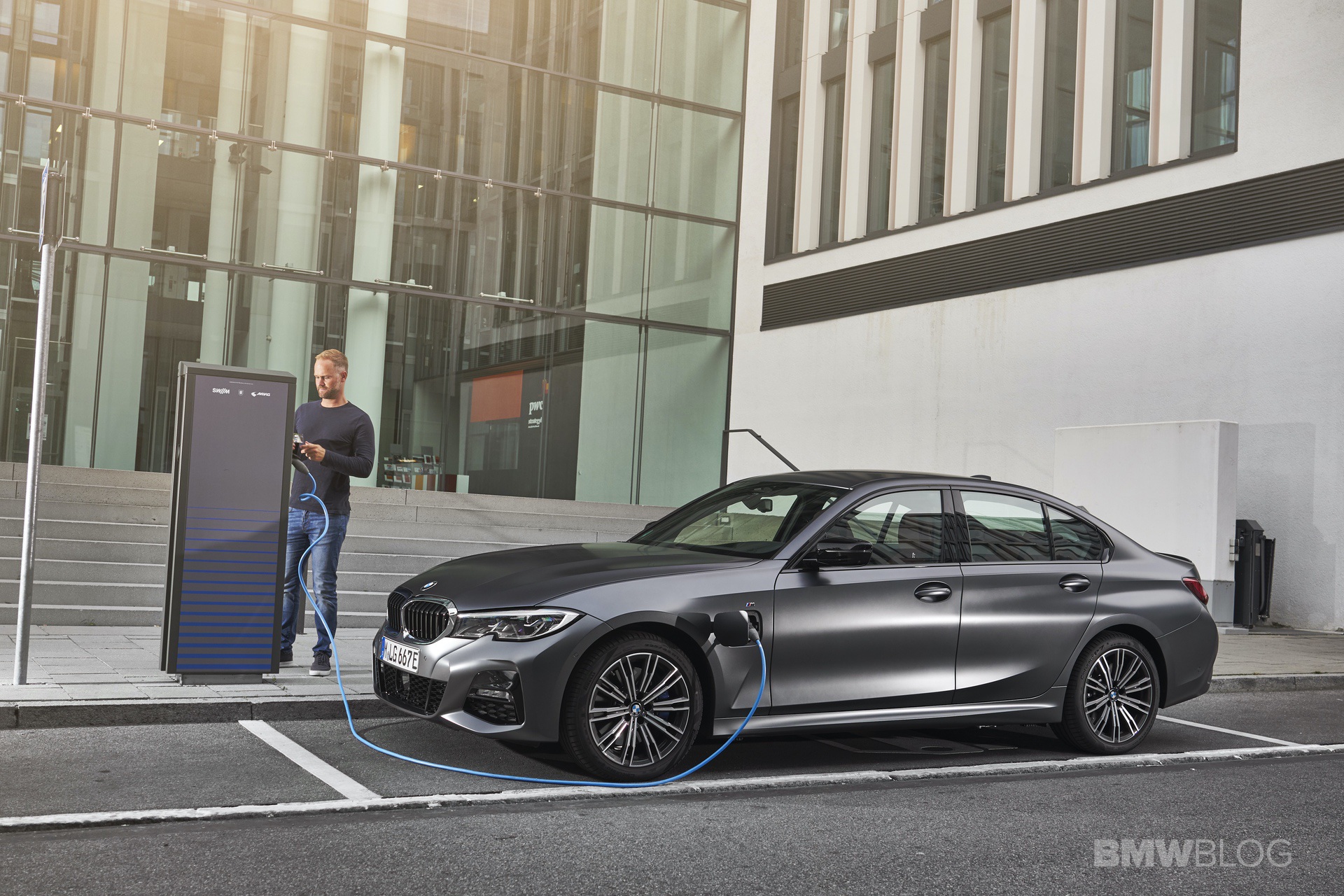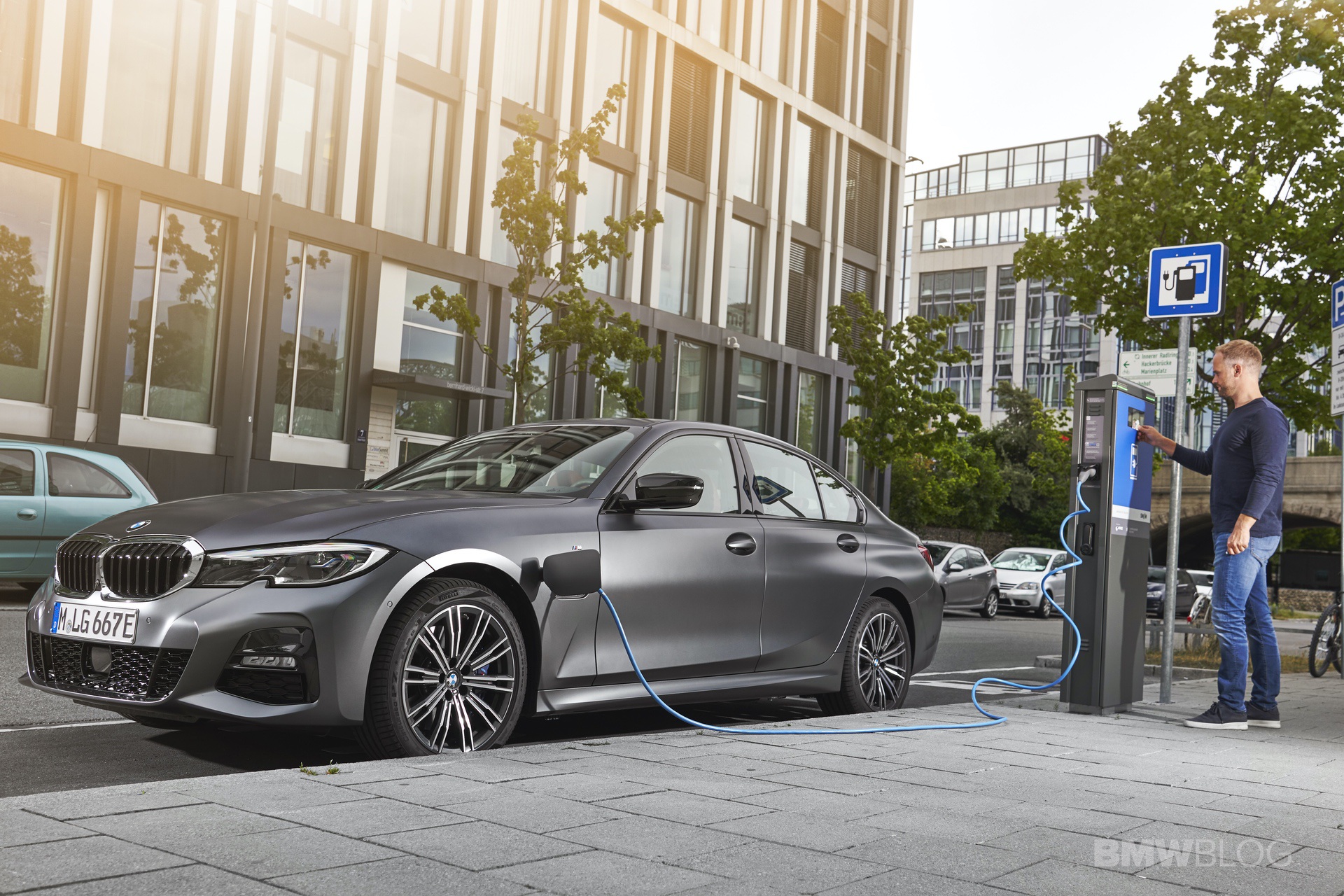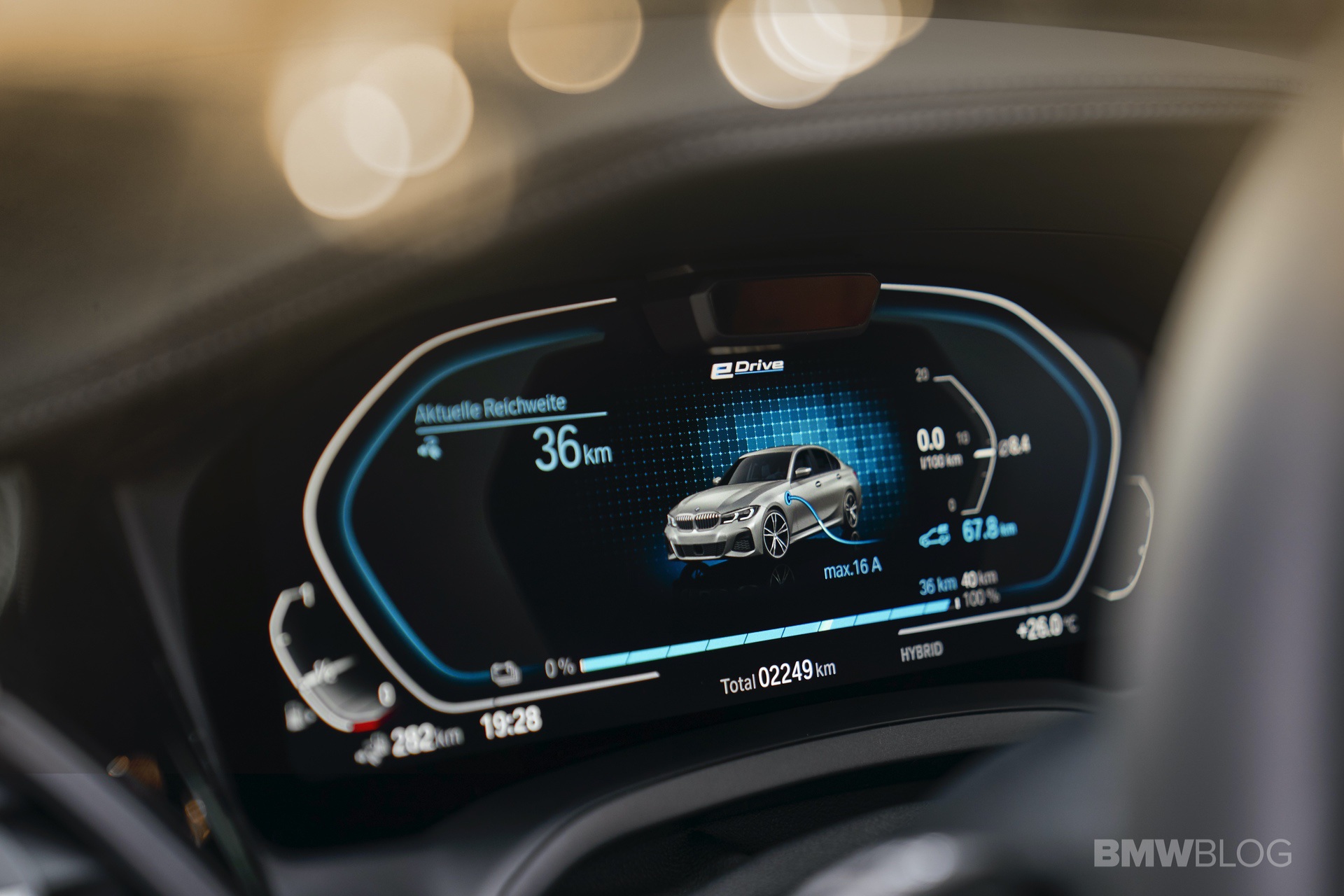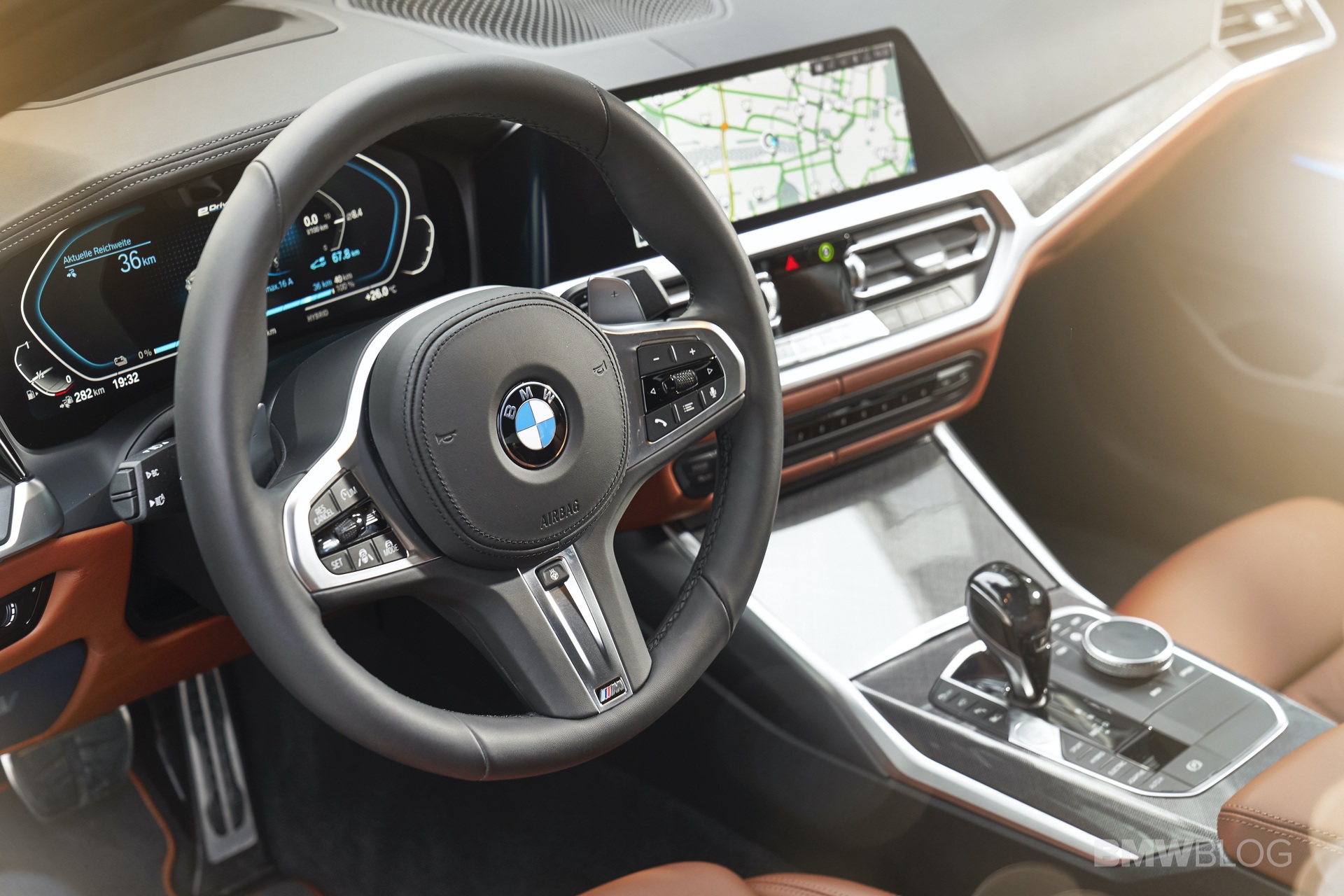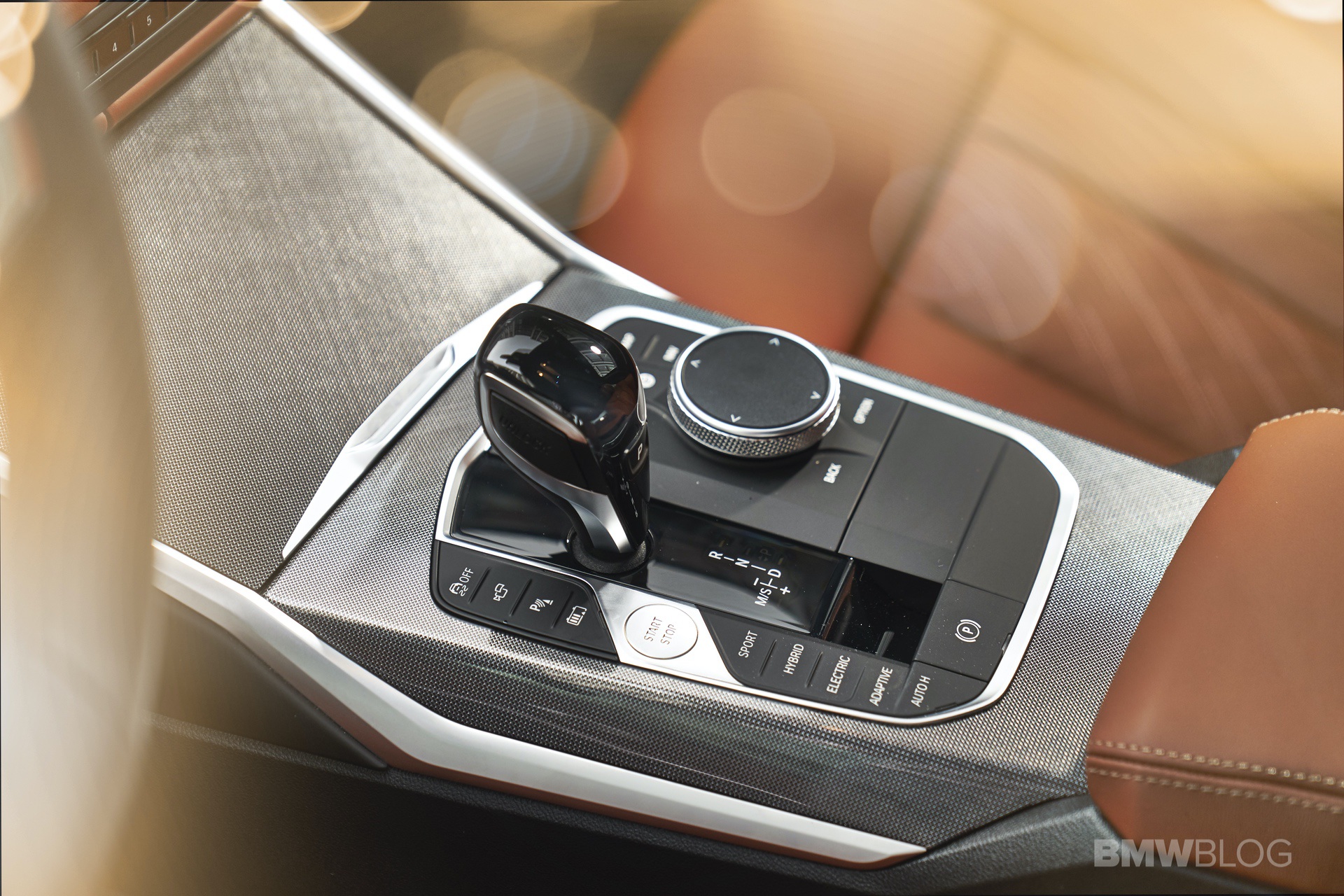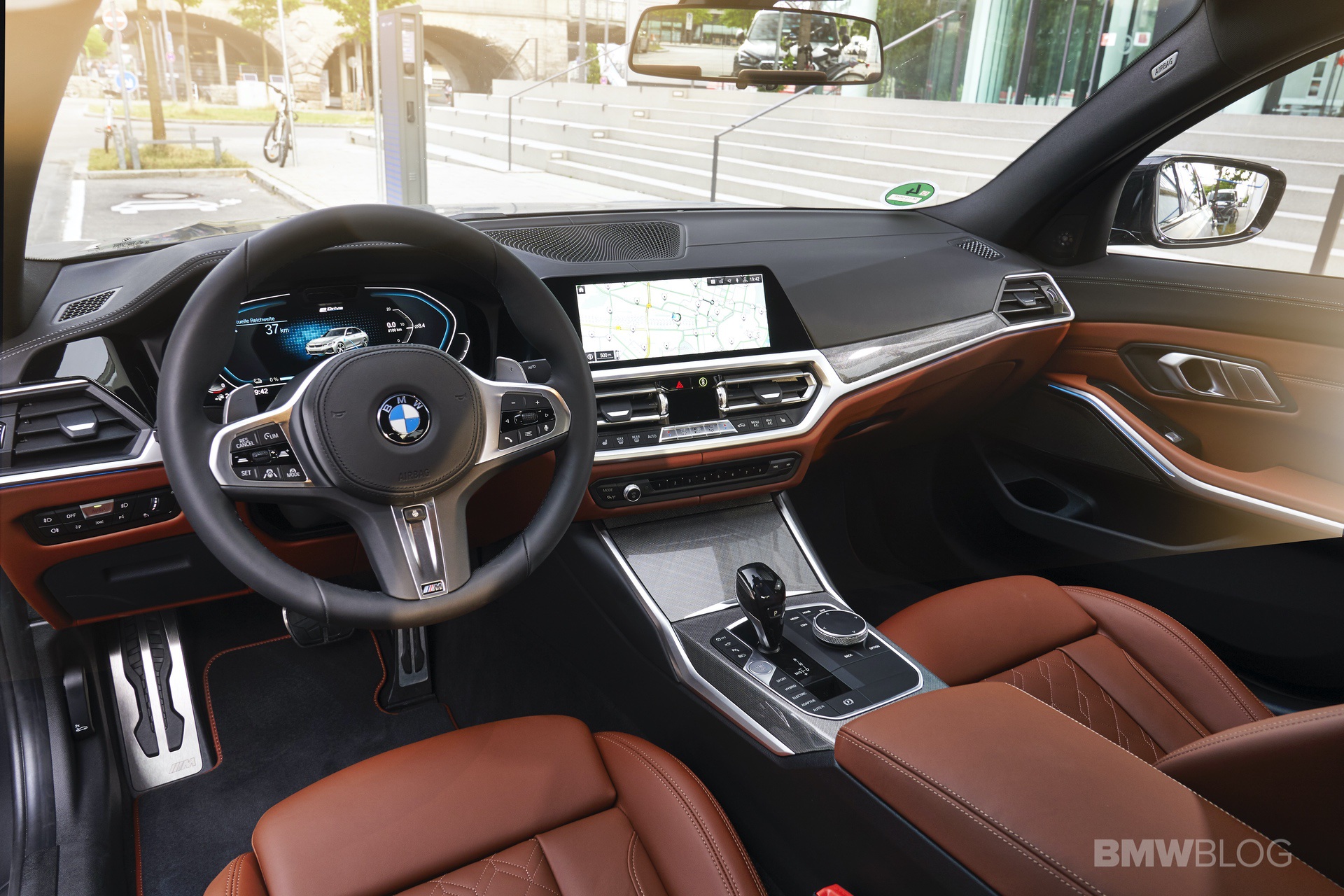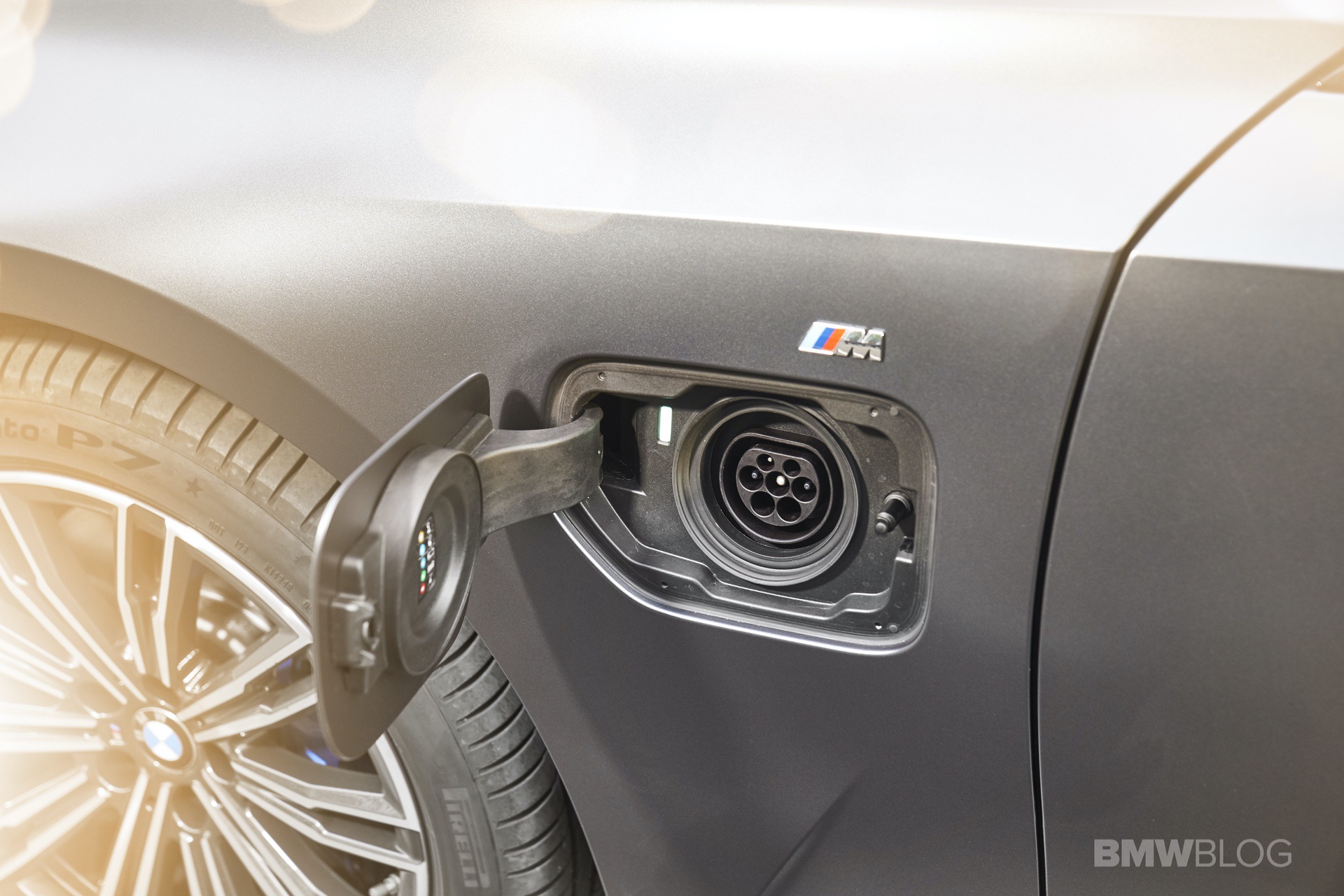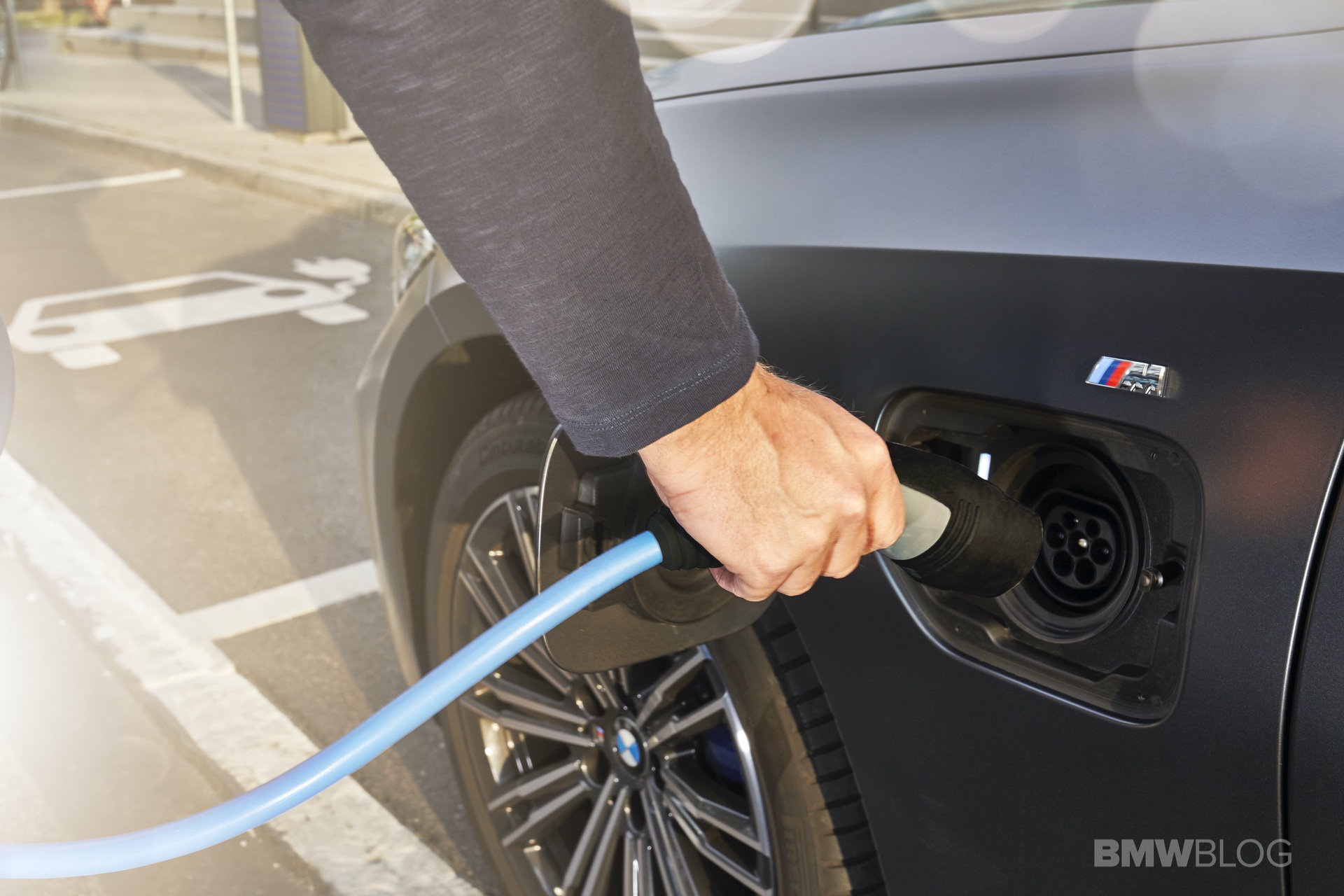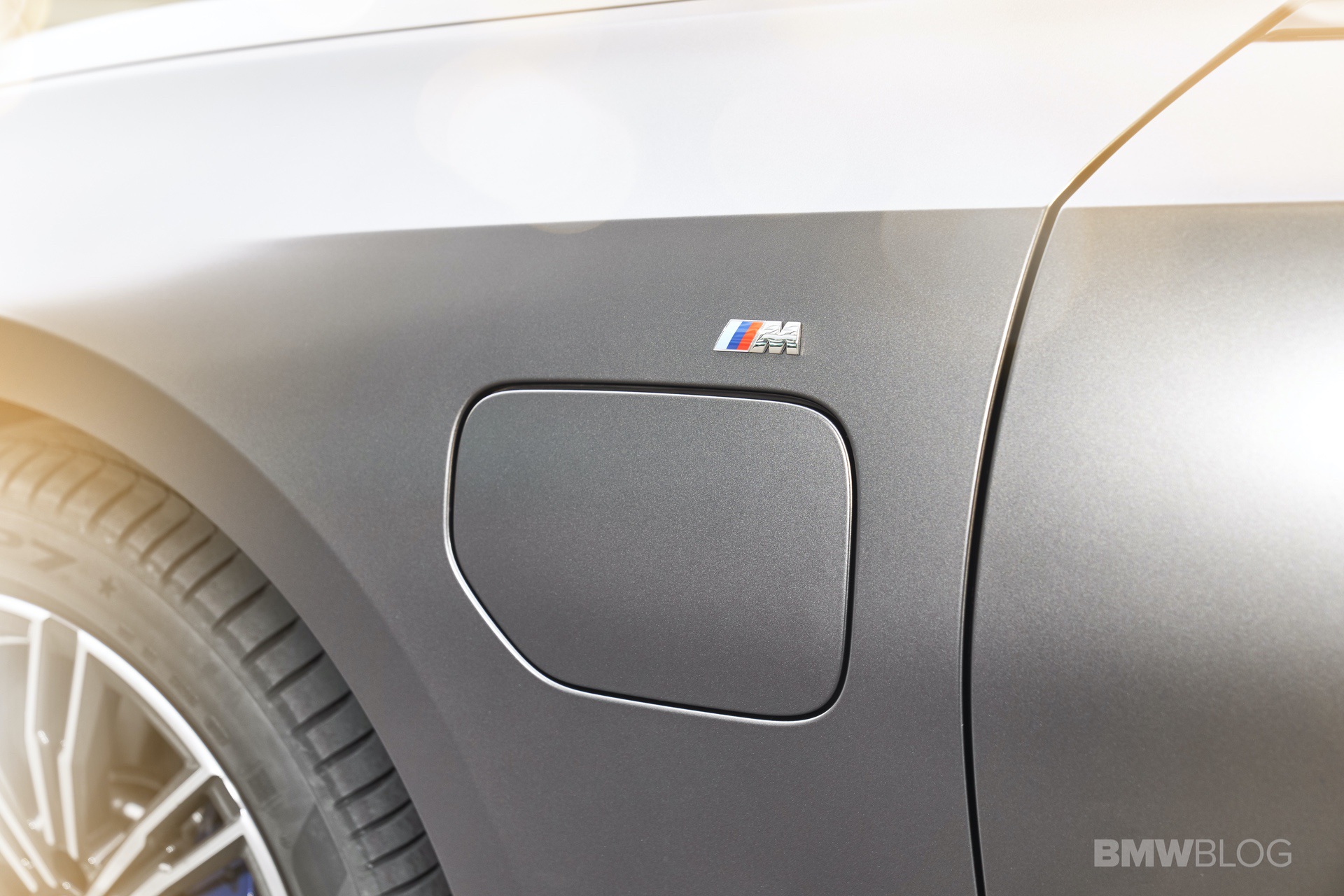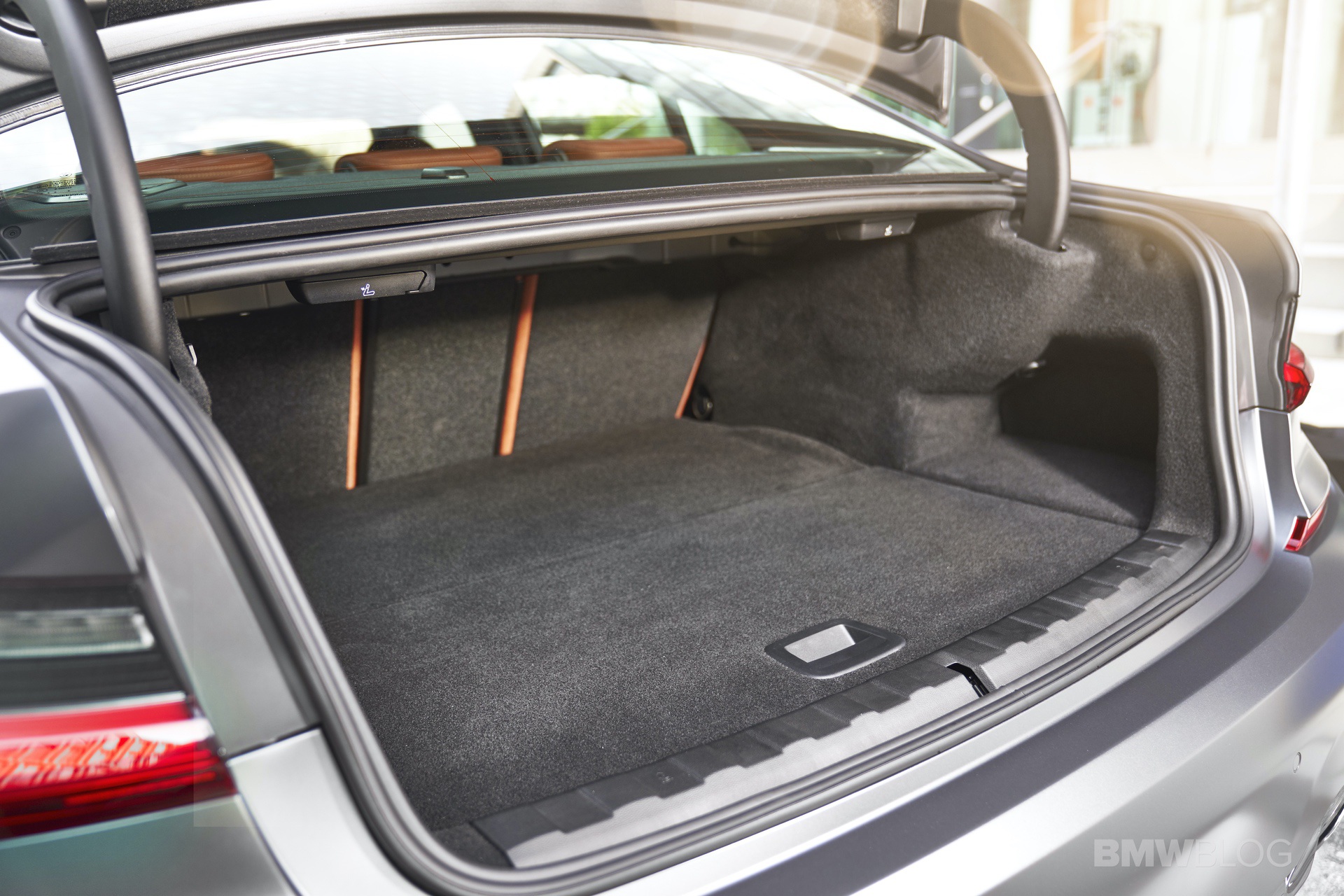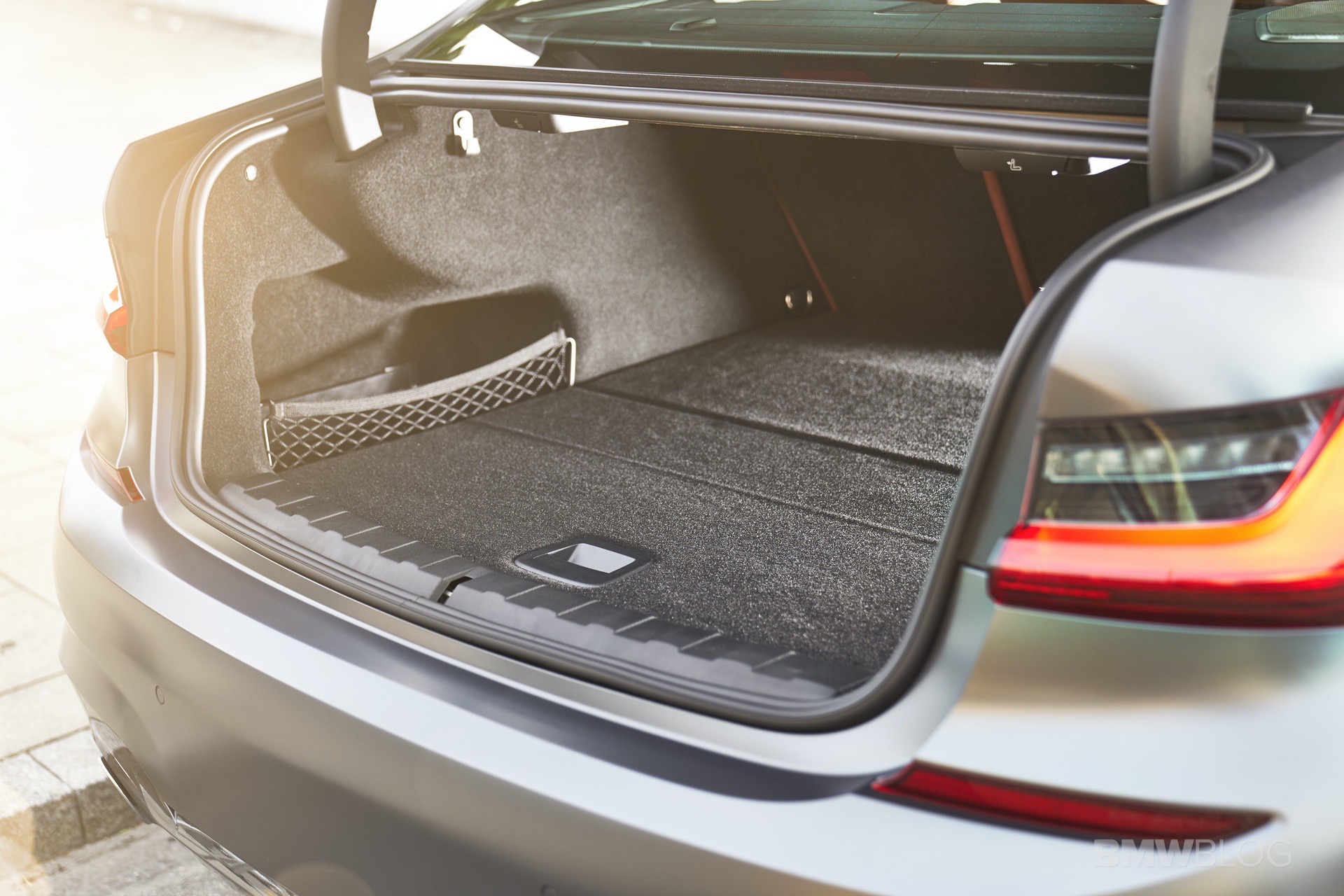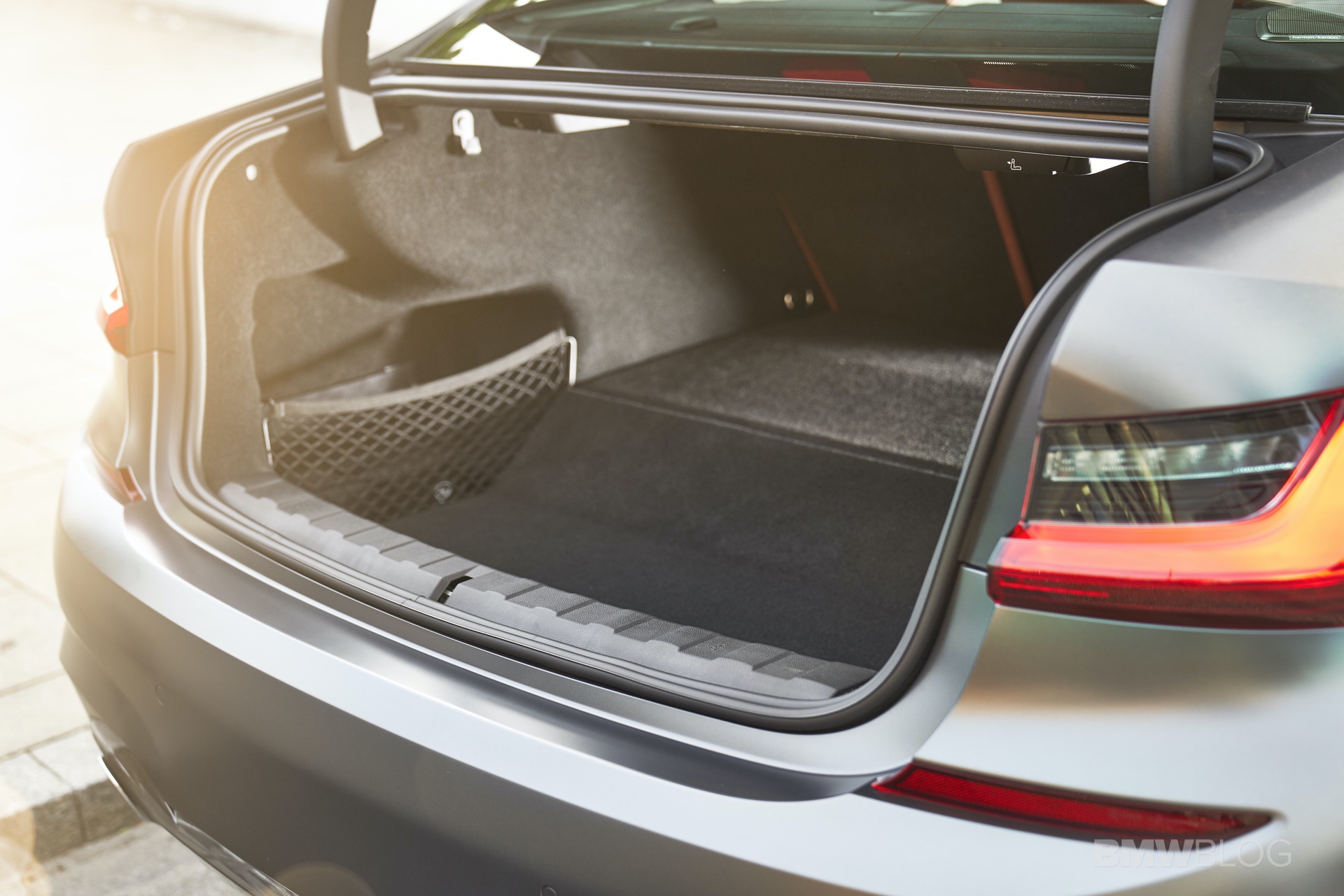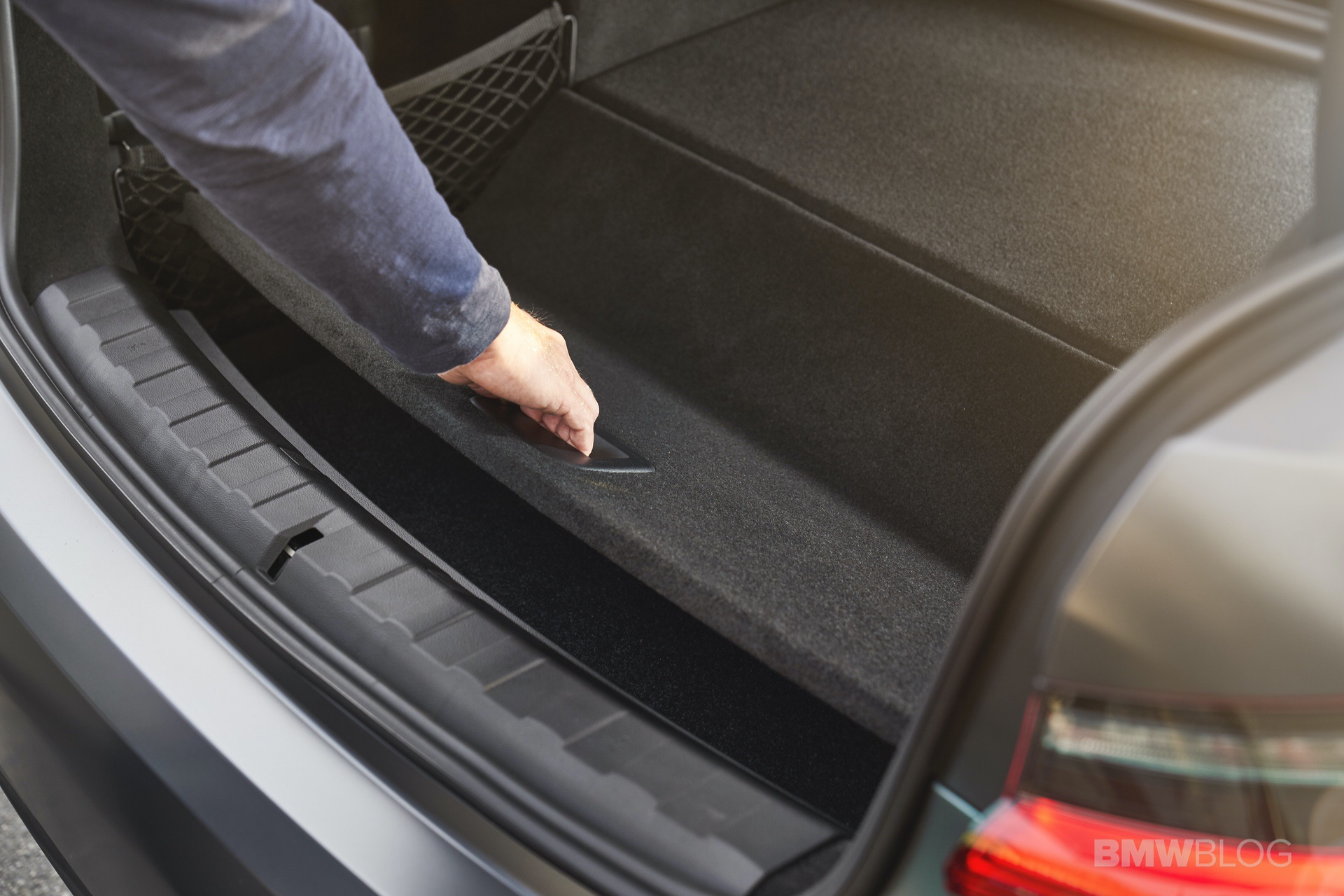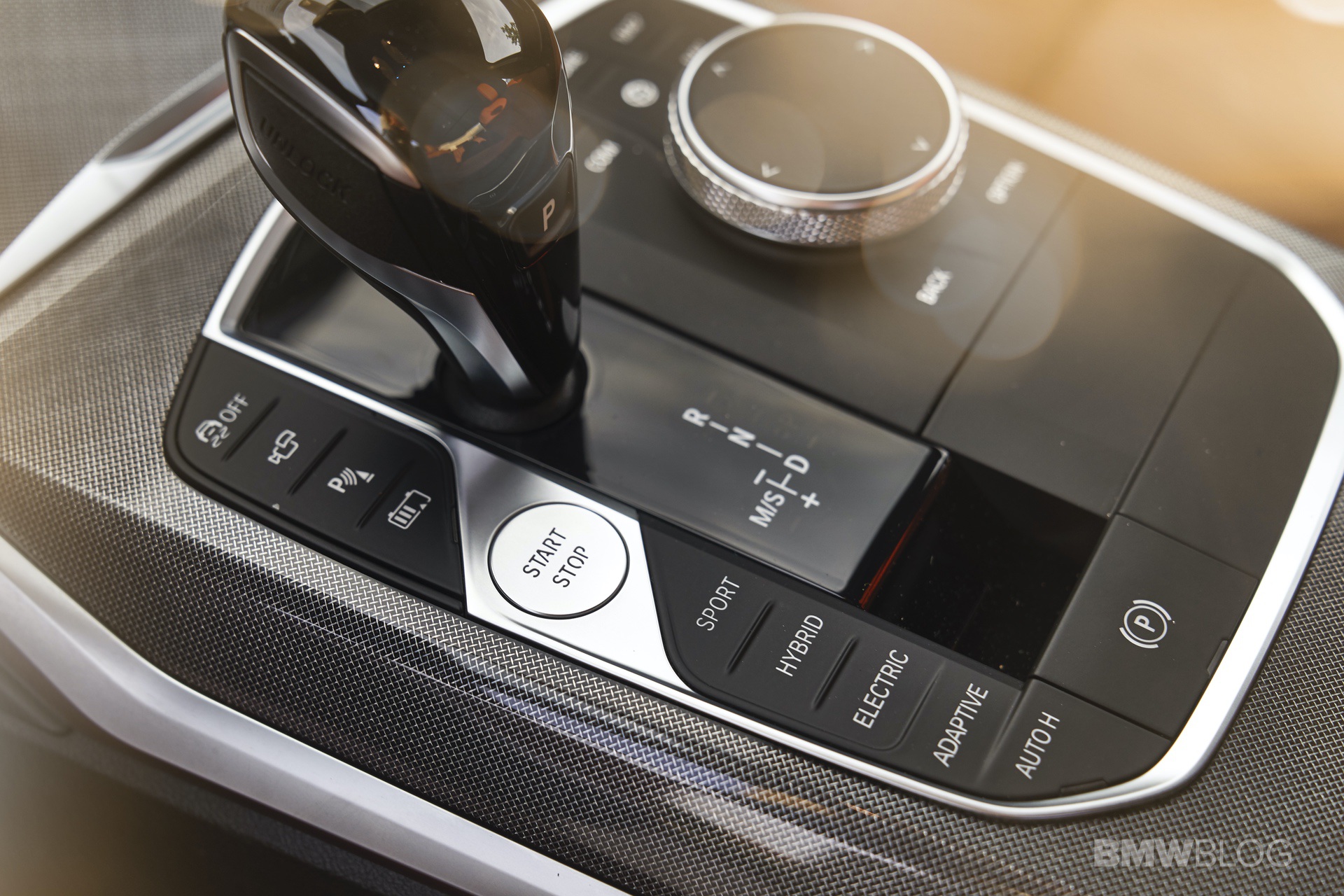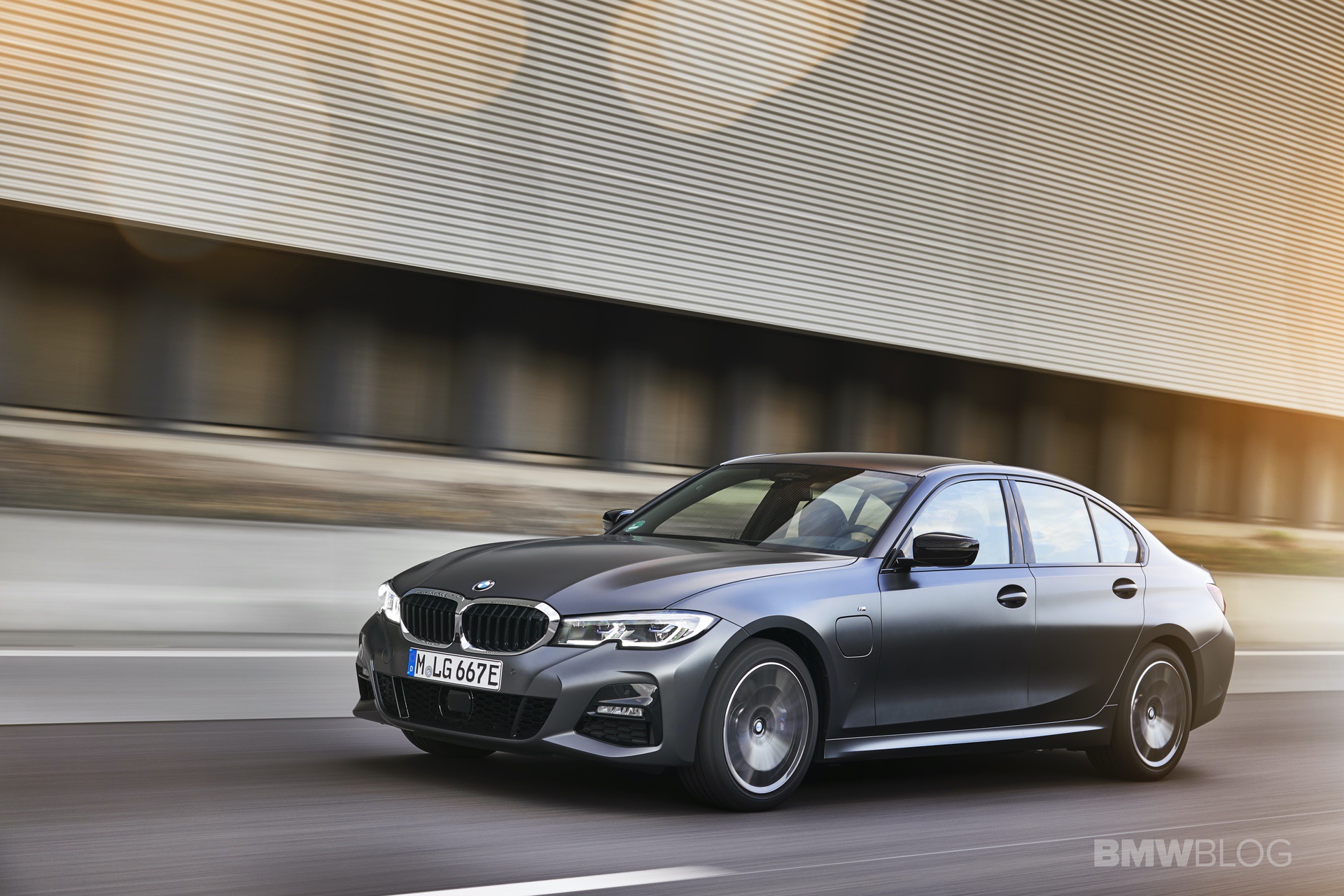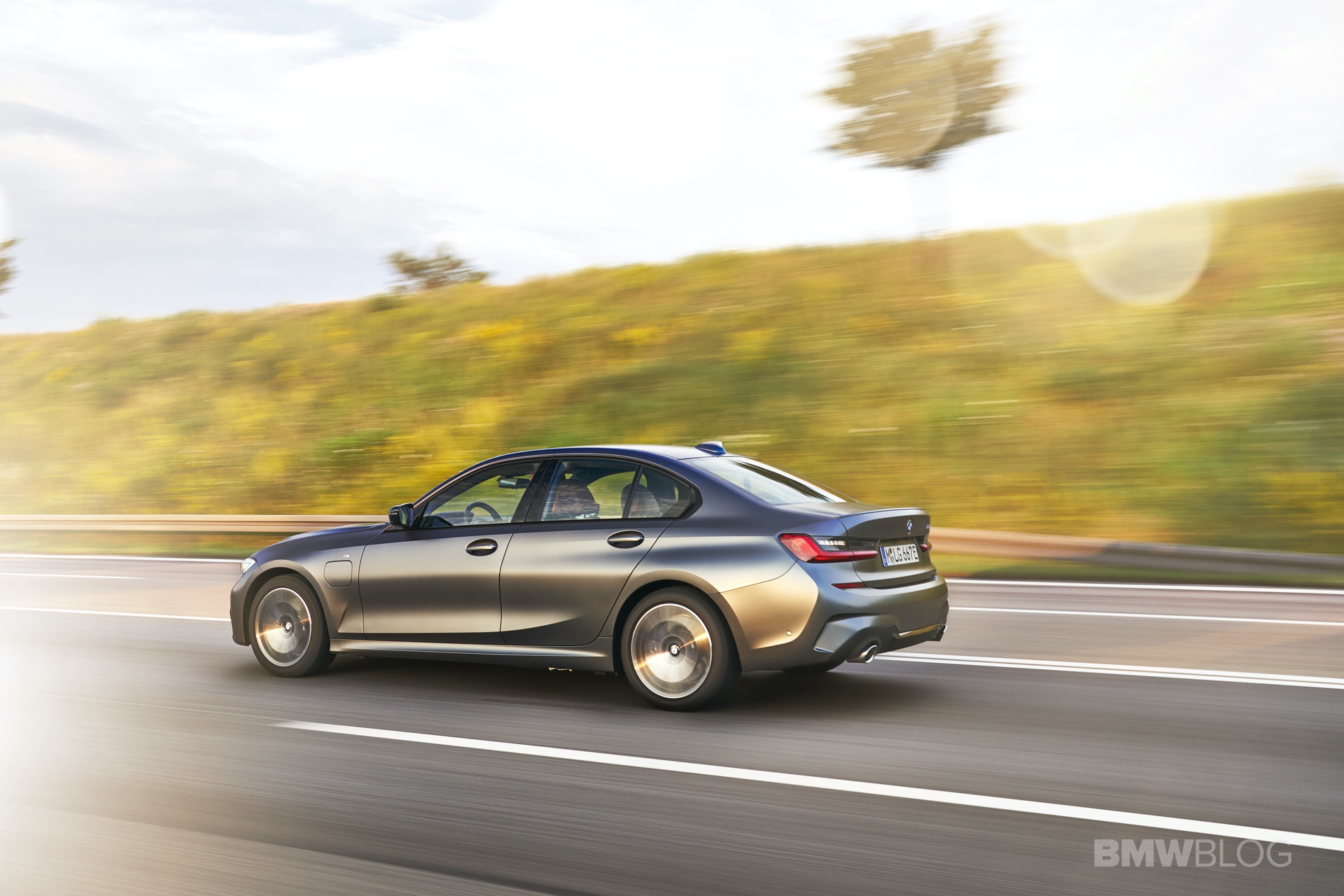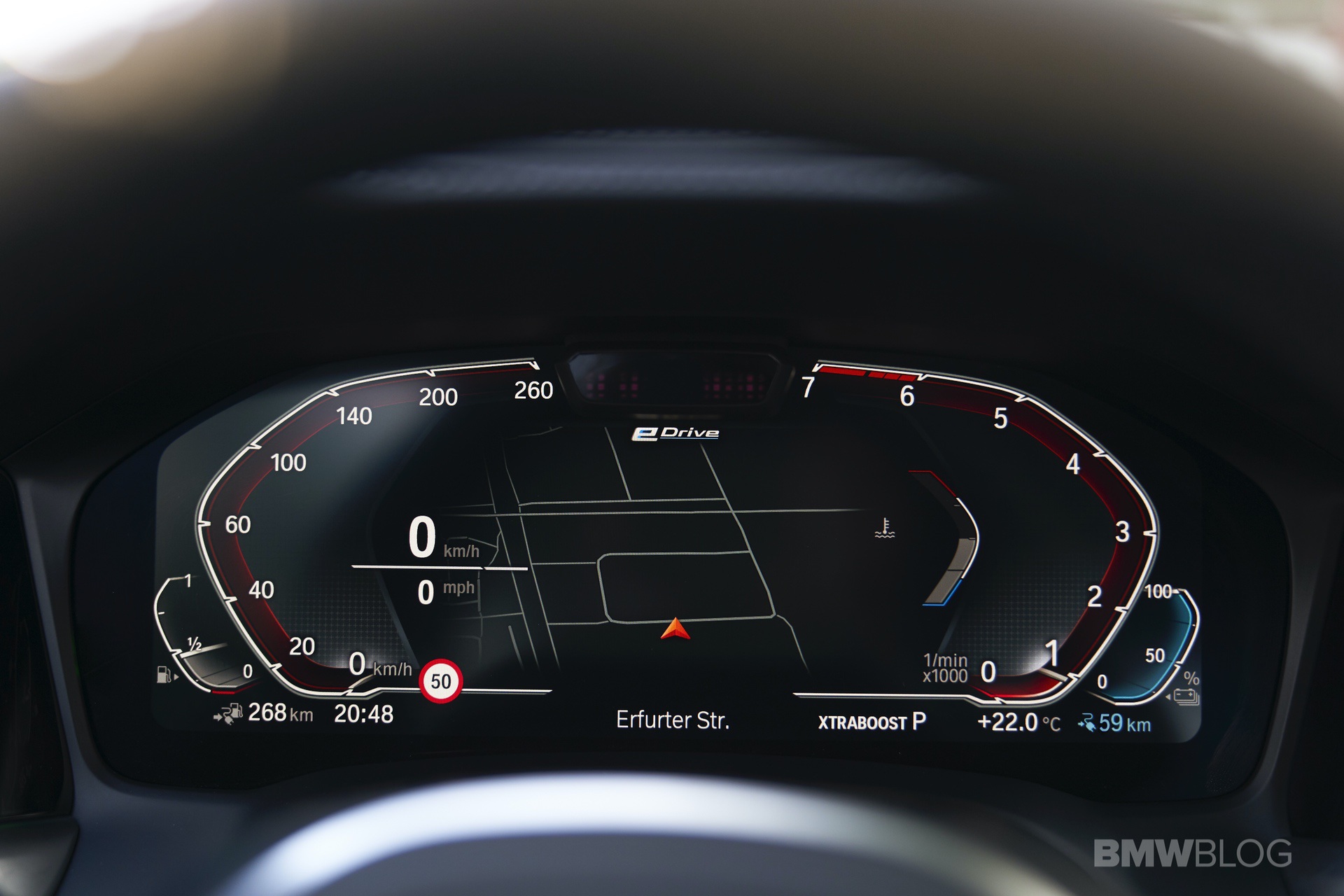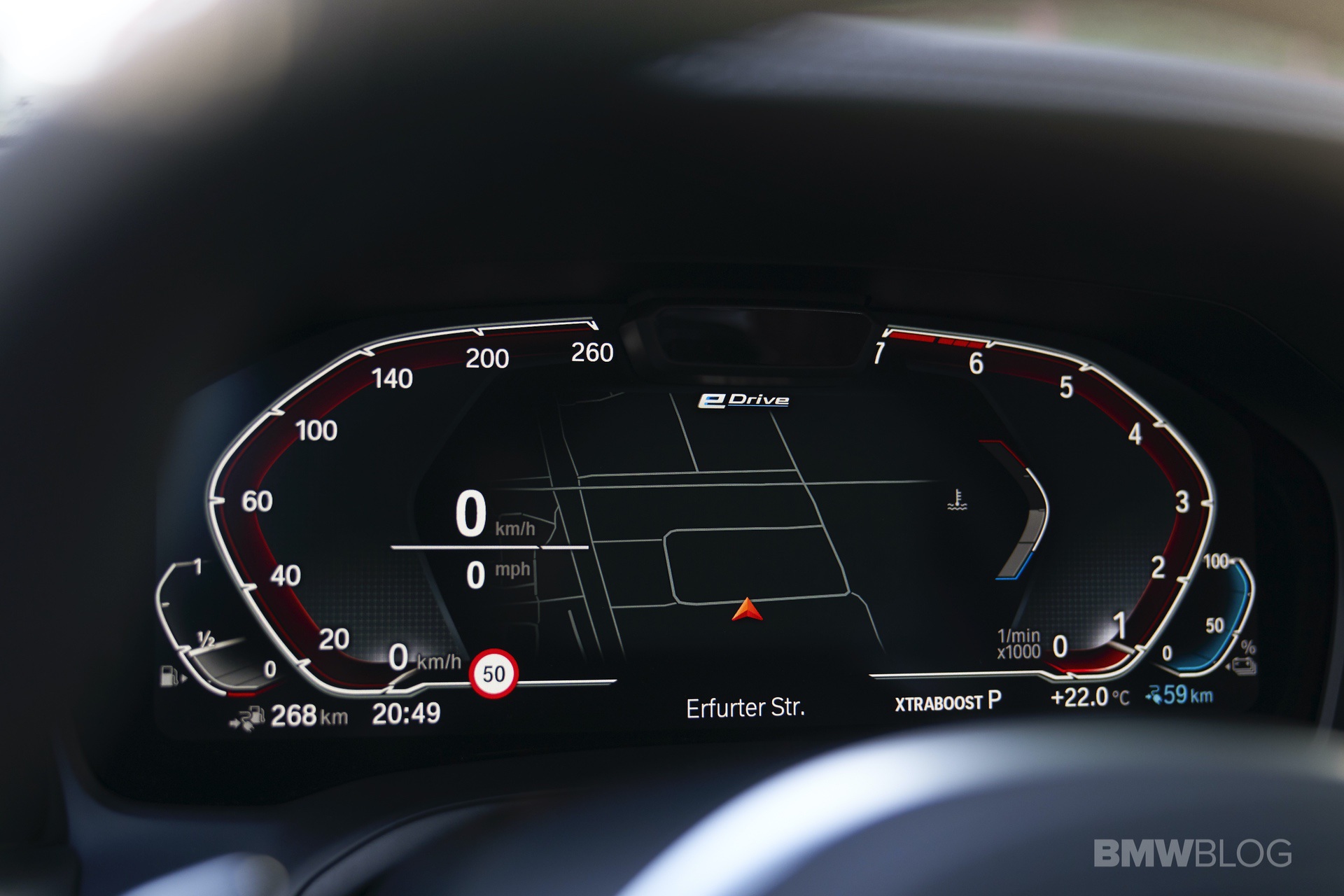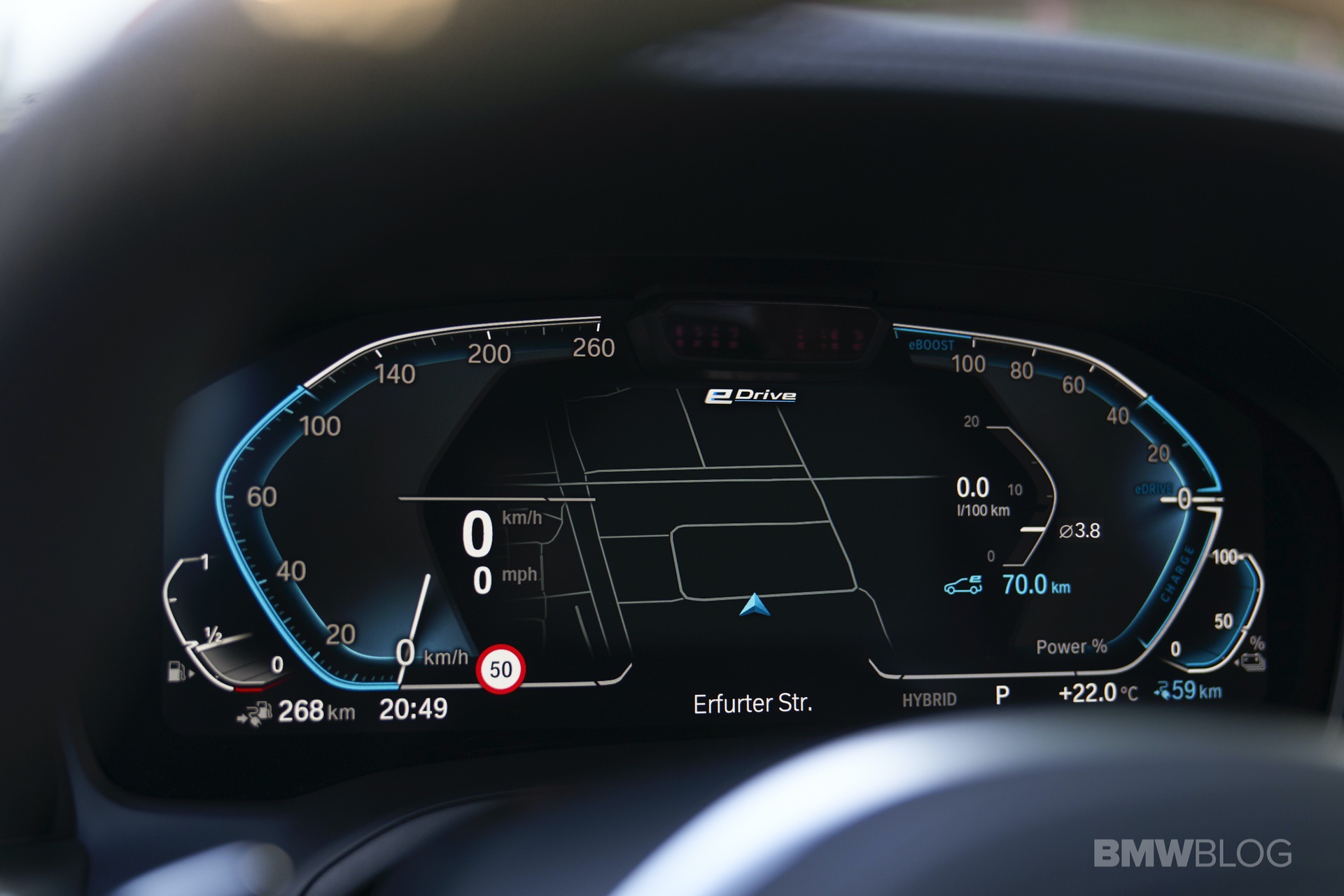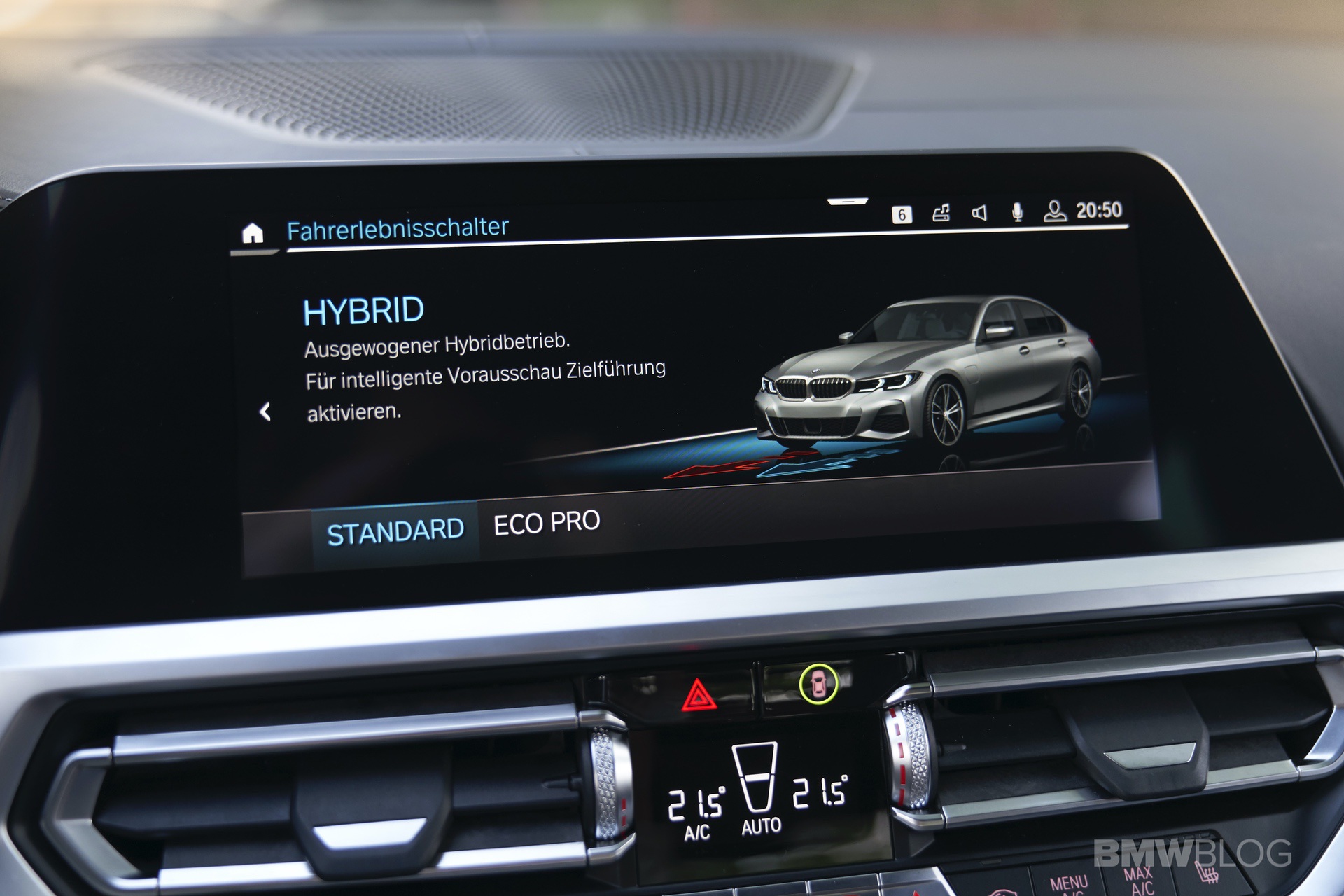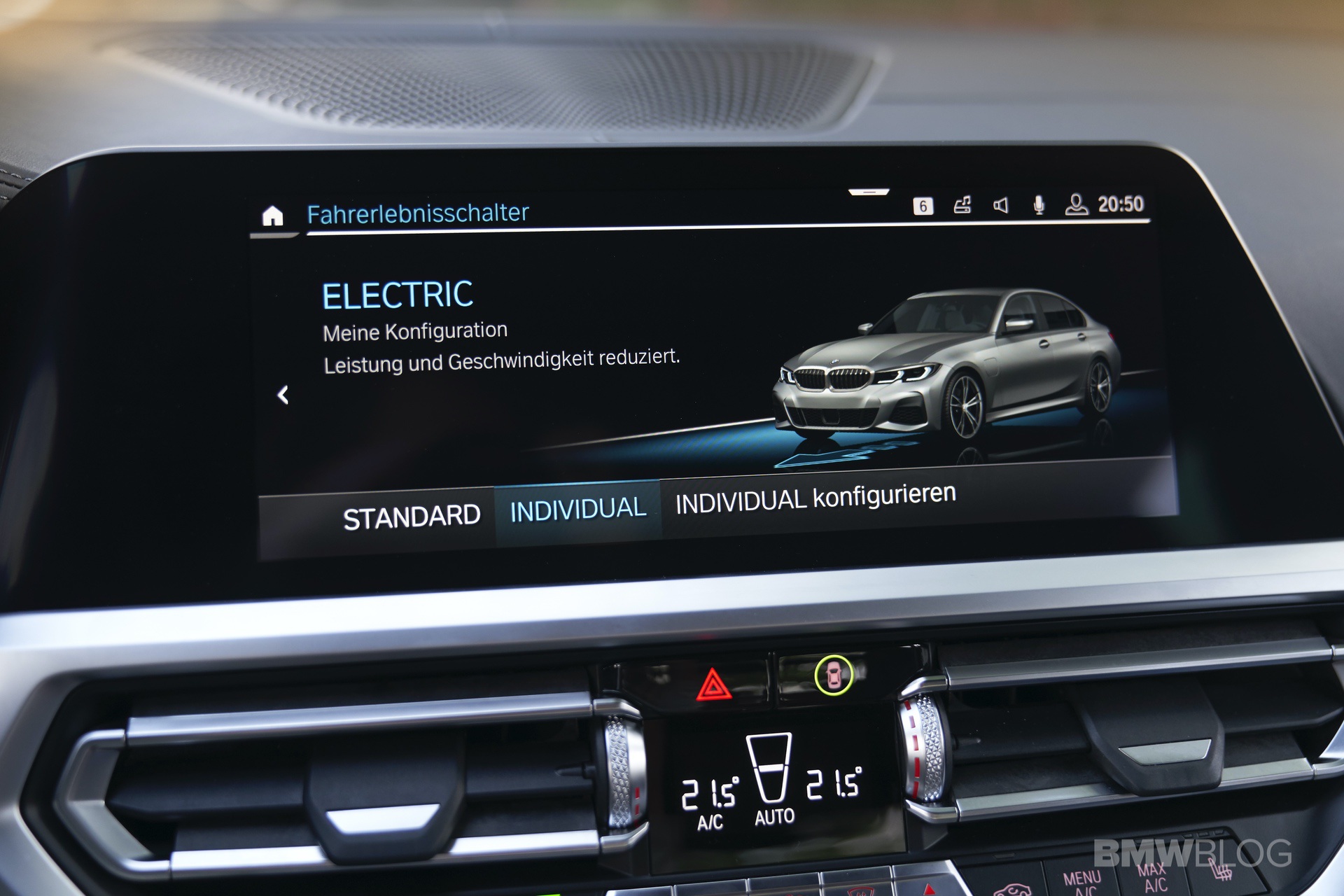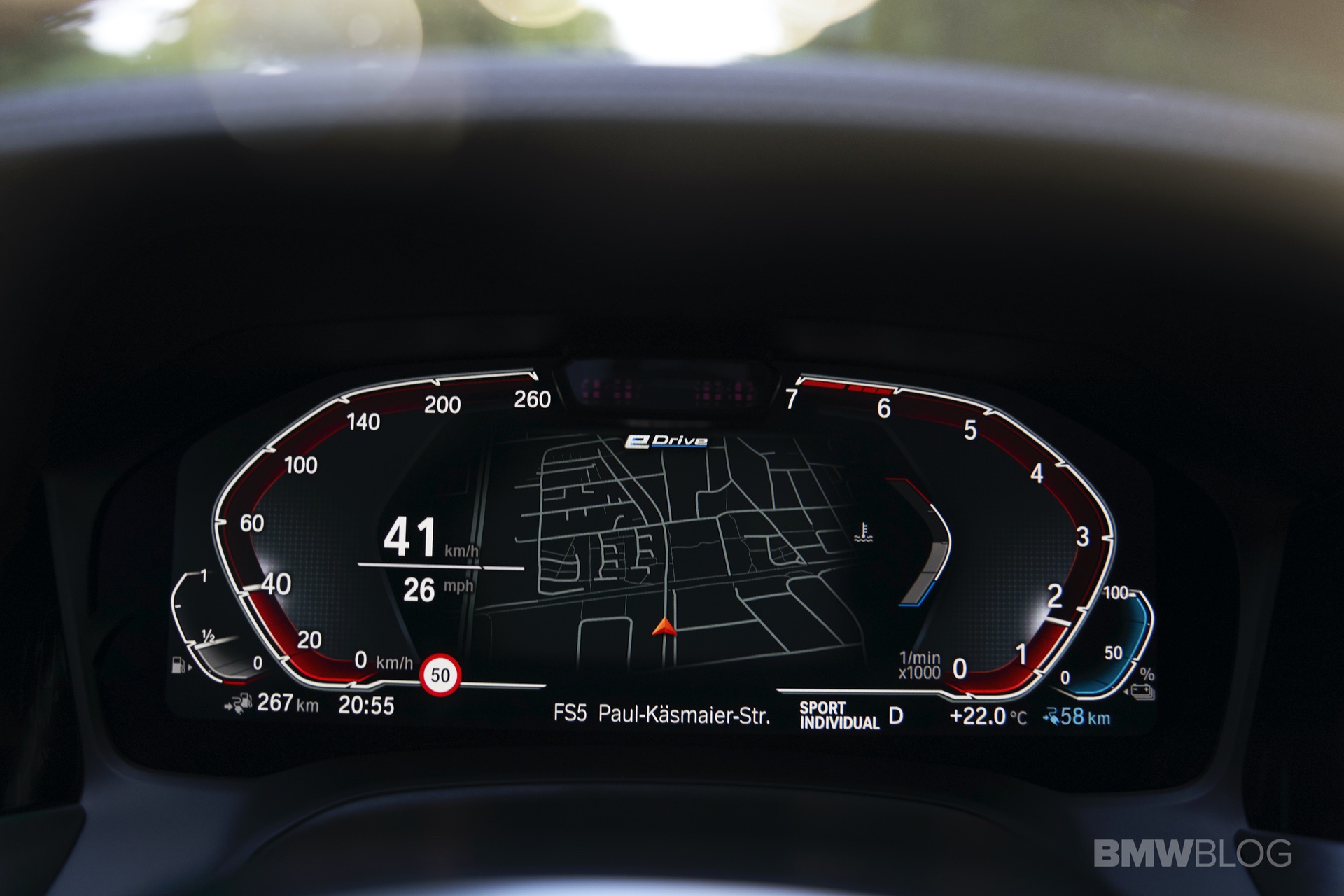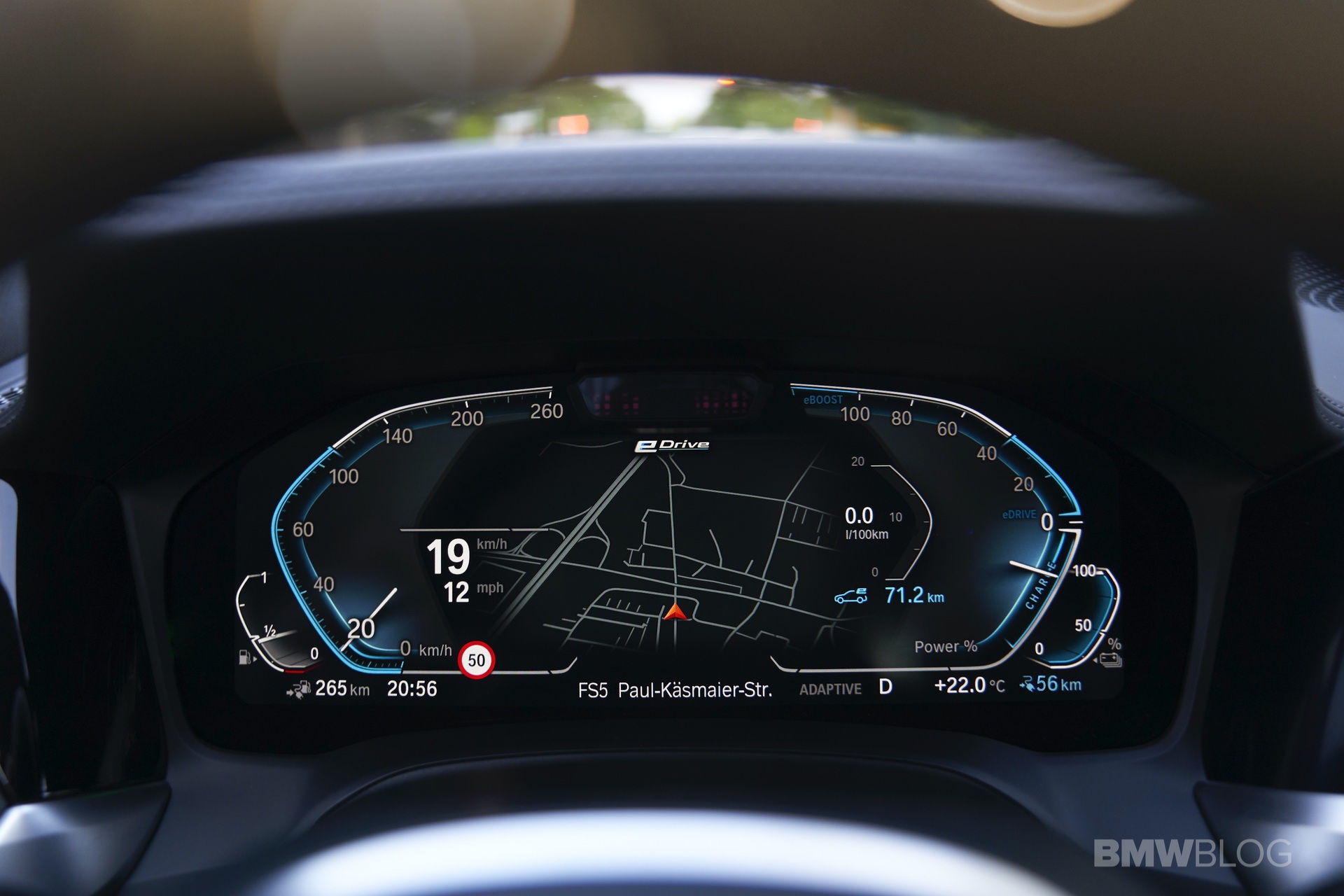Three years ago, the automotive landscape was significantly different. The Big 3 Germans were still assessing their electric future, as well as other automakers who weren’t yet sold on this uncertain future. Tesla was the main player in the electric world, with an all-electric approach, while BMW and others were taking intermediate steps.
From ActiveHybrid To Plug-In Hybrid
One of those steps was the plug-in hybrid technology, often referenced by BMW as a way to get customer used to the electric way. The 330e iPerformance – the PHEV marketing name at the time – was the first “true” plug-in hybrid from Munich.
The Bavarians have played around with an early iteration of hybrids – ActiveHybrid 3 – but this was their first attempt to deliver a sports sedan with a “plug.” Despite its obvious shortcomings – an electric range of around 14 miles – and a less exciting 2.0 liter four-cylinder petrol engine – the 330e iPerformance found a user base. The car offered a decent balance between performance and fuel consumption, and thanks to many incentives, it was often cheaper than a 330i petrol-powered.
Next came the G20 3 Series generation and along with that, the promise of a revised 330e. In 2018, BMW teased us with some early info on the new PHEV, but it wasn’t until recently that we went behind the wheel.
The 2019 BMW 330e has just entered the production line and while most of the world will receive the new PHEV this year, the US market will have to wait until 2020.
Tech Changes
So what’s new with the 330e from a tech perspective?
Just like its predecessor, the revised PHEV drivetrain uses the combination of a four-cylinder gasoline engine and electric motor, but with an XtraBoost providing even more power for a short time. Said powertrain consists of a 2.0 liter turbocharged engine that on its own makes 184 hp. The electric motor that’s integrated into the eight-speed automatic makes an additional 68 hp.
Those two combine for 252 hp and 310 lb-ft of torque, which is only up 5 hp over the previous-gen car, and equal torque. The XtraBoost adds an additional, and temporary, 41 hp. That XtraBoost function can be engaged and used up until the battery reaches its minimum battery charge status. It also functions as the car’s “kick down” while in the gear selectors “M/S” mode.
BMW engineers said that the XtraBoost is available in all driving modes, but it’s only visually displayed in Sport Plus. The XtraBoost holds power for 10 seconds at a time, then it goes into a neutral state for 15 seconds before the extra power is made available again.
The Design Of The 3 Series PHEV
At a first glance, you would have to look twice to distinguish the BMW 330e from the ordinary 3 Series. The only clues are the additional flap on the front left fender and the 330e lettering on the boot. Previously used elements such as the “e” lettering on the C-pillar, partially blue kidneys or a blue border of the BMW logo in the middle of the wheels are obviously a thing of the past.
Inside it’s a similar story, with the only difference being a blue bar on the dials and a new button on the console – the Battery Control function.
Compared to the 330i petrol model, the 330e is about 270 kilograms heavier, yet it still offers 375 liters of trunk space. That’s about 100 liters less than the 330i due to the repositioning of the fuel tank.
Electric Range And Fuel Efficiency
According to official records, the new 330e gets a combined 1.7 liters per 100km (roughly 138 mph US). It now has further electric range as well as a higher electric top speed. Rather than the measly 14 miles of maximum electric range of the old car, this new one has up to 60km (37 miles) on the WLTP cycle, or more than double. It also has an electric top speed of 140 km/h (86 mph), rather than the old car’s 120 km/h (74 mph).
The US EPA figures won’t be out until later this year.
The battery capacity is rated at 12kWh with 10.4 usable. The previous 330e had a 7.6 kWh battery pack.
It takes 3.5 hours to fully charge the battery when using a regular home plug and 2.5 hours when plugged to a Level 2 station. The battery will only be charged to 80 percent.
The CO2 emissions of 39g/km put the 330e into a class of its own.
Driving Experience
Test driving a plug-in hybrid is a different beast compared to, let’s say, a high-performance BMW. You need to take into account the customer type, his or her driving characteristics, and also, their goals. I imagine a PHEV customer someone who loves a sporty ride outside the city or on their way to work, but a calmer and “green” experience while within city limits.
As with the 745e hybrid, the new 330e uses BMW’s Anticipatory Hybrid Drive set-up, which makes use of satellite-navigation data to intelligently use the battery power over the course of your pre-programmed trip. So the way it works is by switching automatically to an all-electric drive in urban areas or when stuck in traffic.
How does it accomplish that? Though a combination of different inputs, from reading traffic and road signs, to using the navigation data and of course, speed readings, among many other things.
Driving on electric power is exactly what you’d expect from a car of this type. Therefore, the acceleration is instant and smooth, thanks to a special throttle mapping, and the car can easily put you back against the seat. The 330e is near silent from the inside and I’m assuming from the outside as well, hence why a low-speed sound generation will be standard in the US. As mandated by the law.
If you do find yourself in the need of additional power, you can activate the gasoline engine by flooring the gas pedal. The transition to the ICE mode is also quite smooth and not annoying, as one would expect.
Just a quick note on the driving modes specific to the 330e. They include Sport, Hybrid and Electric, in addition to a Battery Control function which can be used to top up the battery to a defined level of charge.
BMW told me that the default driving mode is Hybrid, so that was one that I focused on quite a bit. And this is where I found the true spirit of the 3 Series hybrid – the perfect blend of the petrol engine’s power and the smoothness of the electric mode. There is nearly no jerkiness when switching from one mode to another, so I often found myself wondering about the driving mode.
The ZF 8-speed automatic seems to be even smoother than in other models, with the same precise and quick shifts.
My tester featured the M Sport adaptive suspension which proved to be quite useful under heavy cornering. The car feels planted like all the G20 3 Series models, while offering smooth contact with the pavement.
From the moment I kicked in the Sport Plus mode, the 330e turned into a more dynamic 3 Series, but of course, at the cost of fuel consumption. As you can see in the image above, the Sport and Sport Plus modes, along with the more aggressive driving style, will bring the fuel consumption above the 10 liter/100 km mark. The average speed was around 70 km/h.
In the Hybrid mode and with an average speed of 66.6 km/h, I managed to bring down the fuel consumption to 3.8 liter per 100 km. Still about two liter higher than the marketed figure.
Bottom line is that you will need to be using the electric power a lot and at reasonable top speeds to get close to the official consumption figures.
At the end of the 80 km journey, I squeezed out 40 km (25 miles) range out of the electric battery, while having a fairly heavy foot. So I expect the EV range to be slightly better if you drive in the city or at ideal average speeds.
In the future, the BMW plug-in hybrids will come with an eZone Drive mode. This particular driving mode will be useful in cities that establish “green zones” solely for emission-free driving. The geofencing technology will be able to recognize them automatically. When the vehicle enters one of these zones, it will automatically switch to pure electric driving mode.
In conclusion, the BMW 330e is exactly what you’d expect – a great alternative to a standard diesel or petrol car without sacrificing the BMW spirit. It packs plenty of smart and cool tech, it’s fast enough for most people, and fairly practical.
I can see the car being attractive to drivers with short journeys, especially if you can charge it at work or home every day.
I would call this the smart car and one that can ease you in to the unavoidable all-electric world.
REVIEW: 2019 BMW 330e Plug-In Hybrid
Exterior Appeal
Interior Quality
Steering Feedback
Performance
Handling
BMWness/Ultimate Driving Machine
Price Point
The 2019 BMW 330e has just entered the production line and while most of the world will receive the new PHEV this year, the US market will have to wait until 2020.


